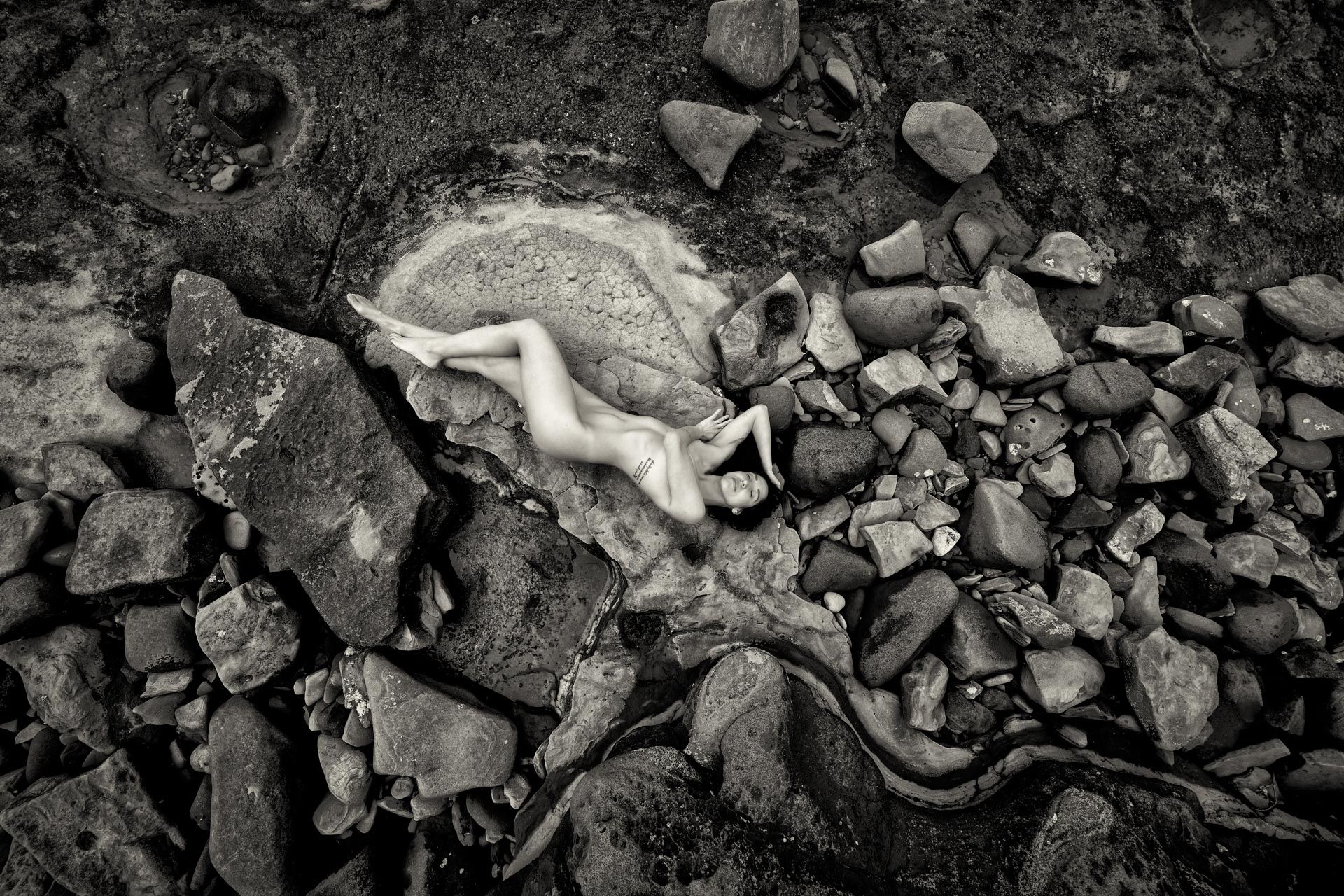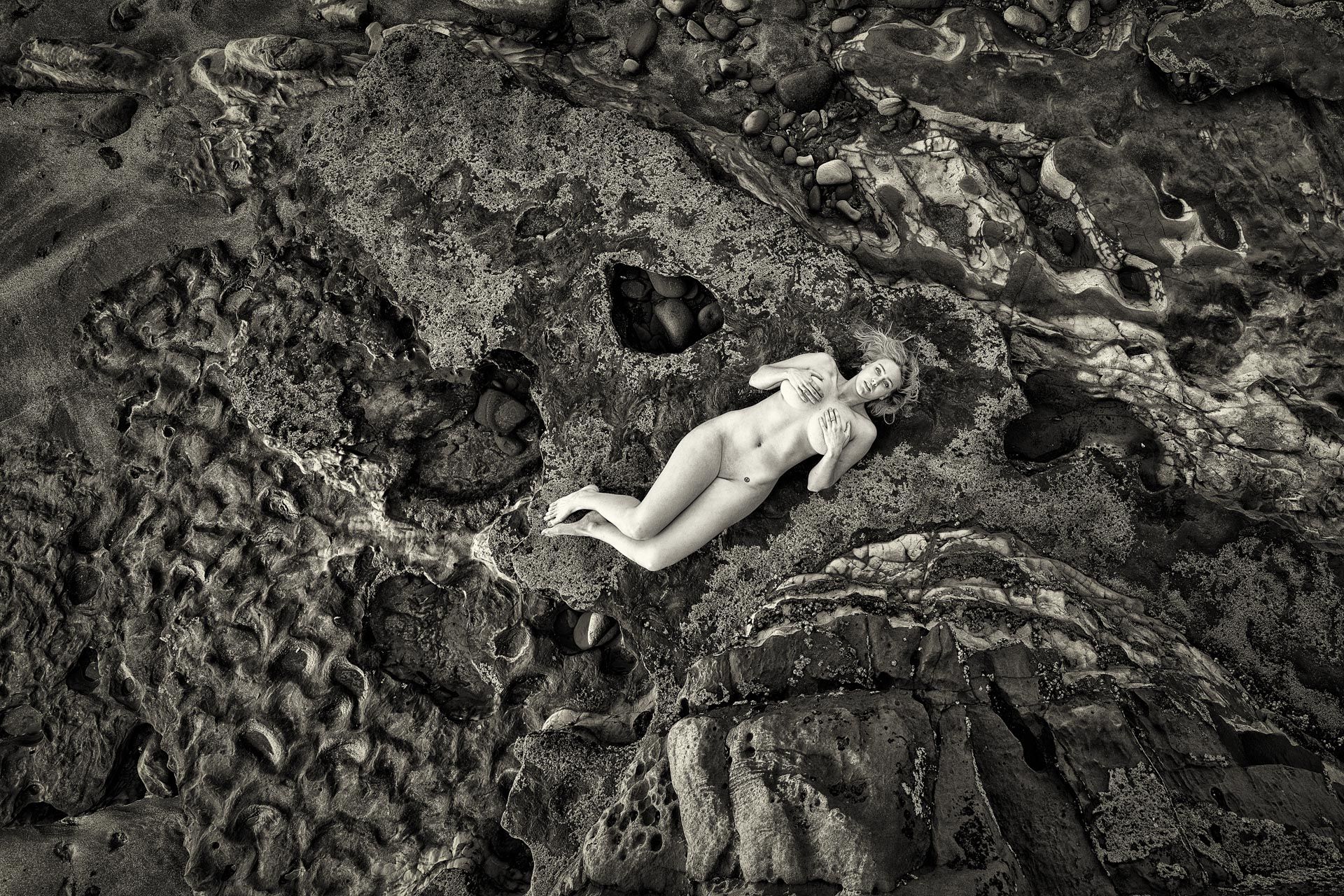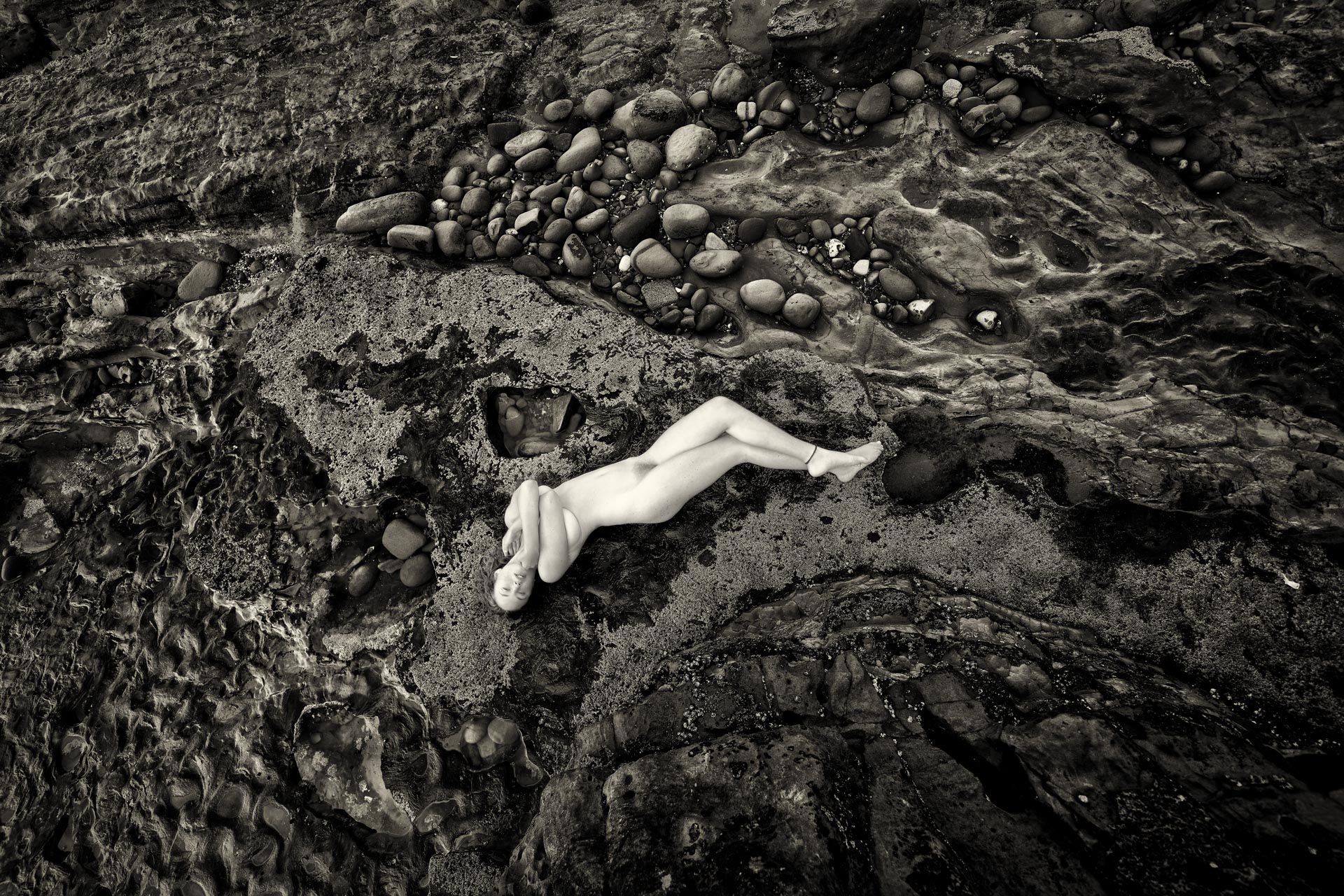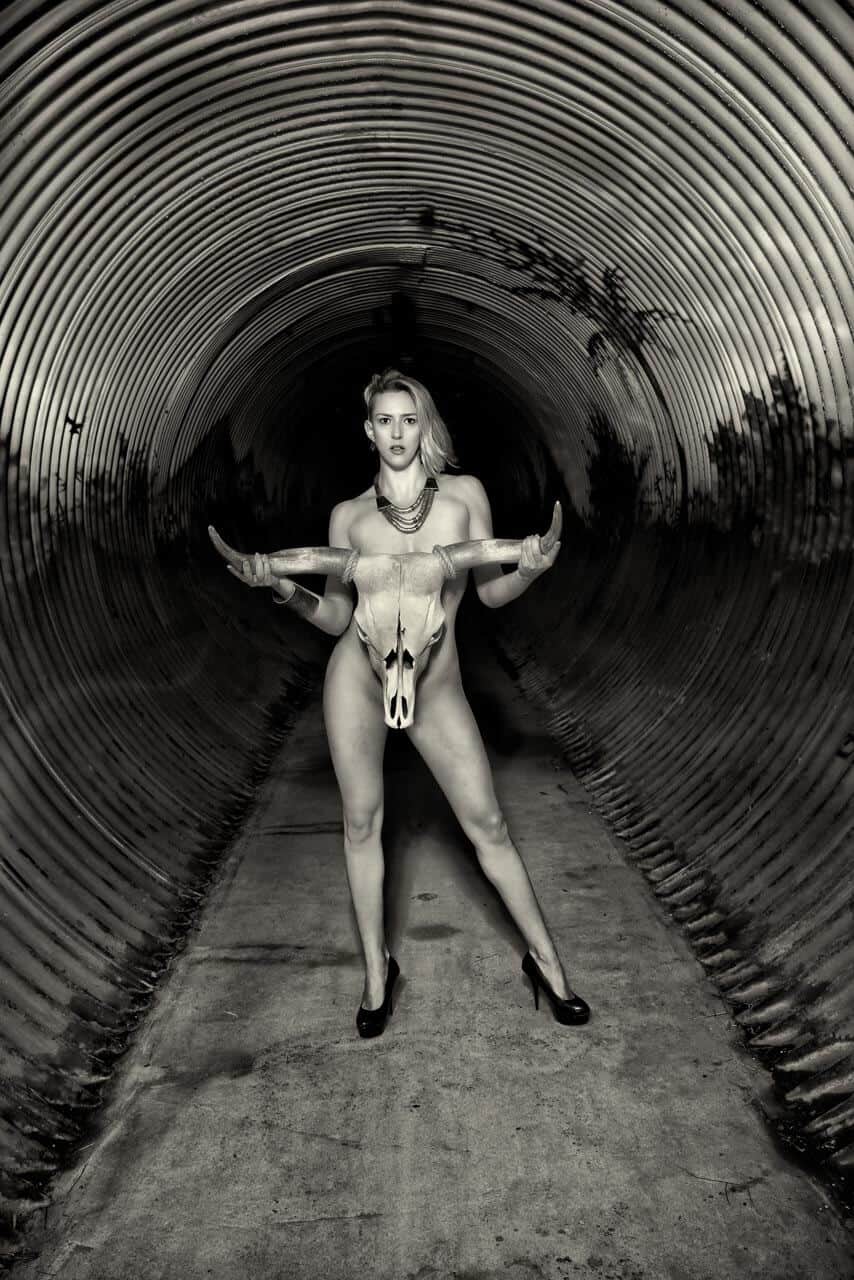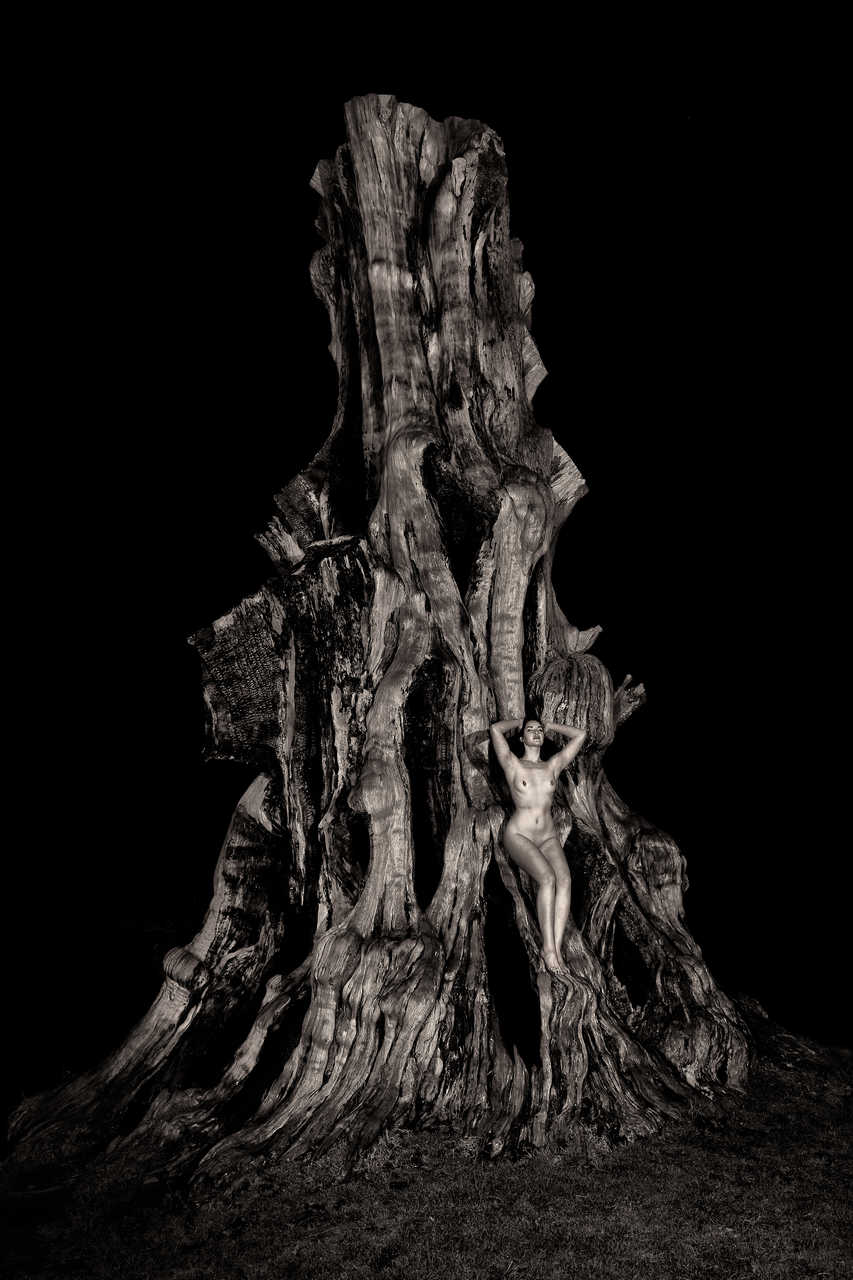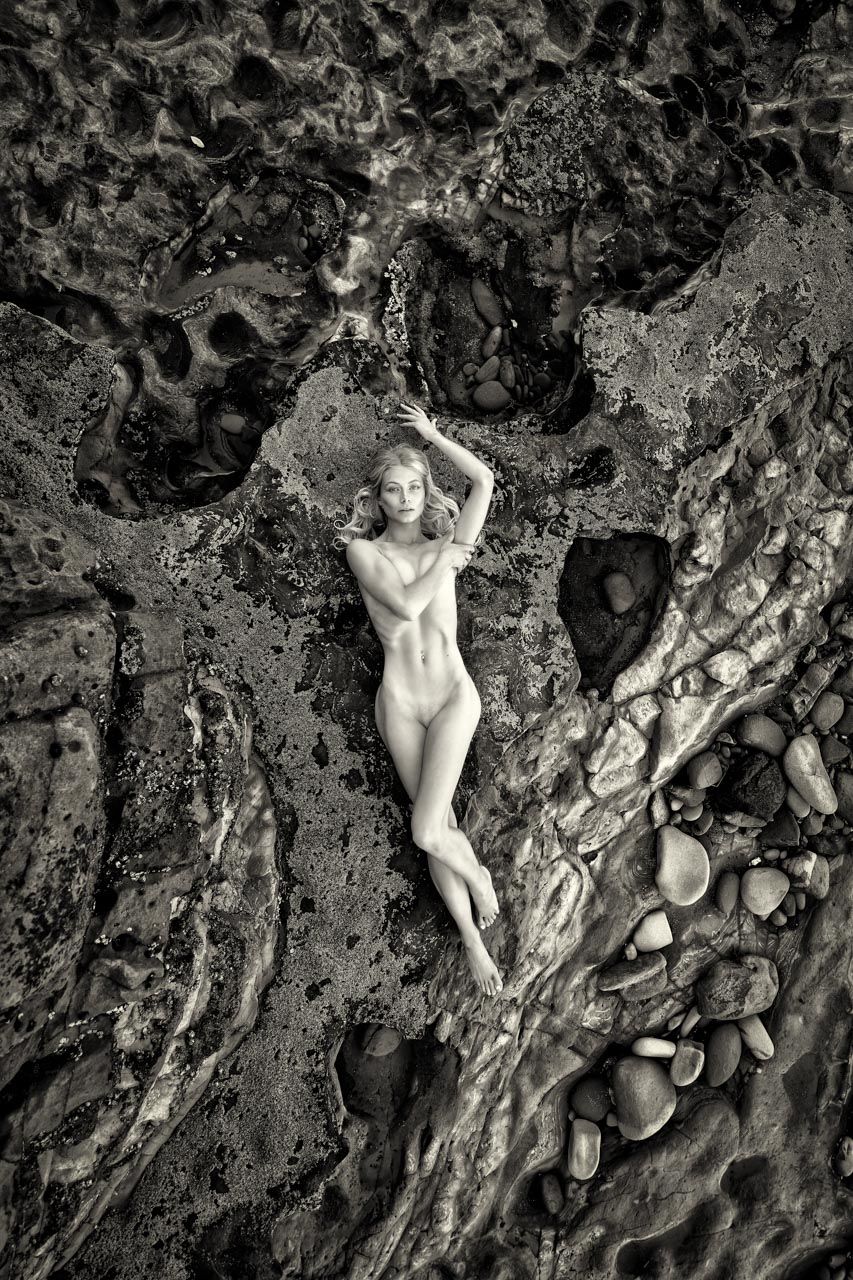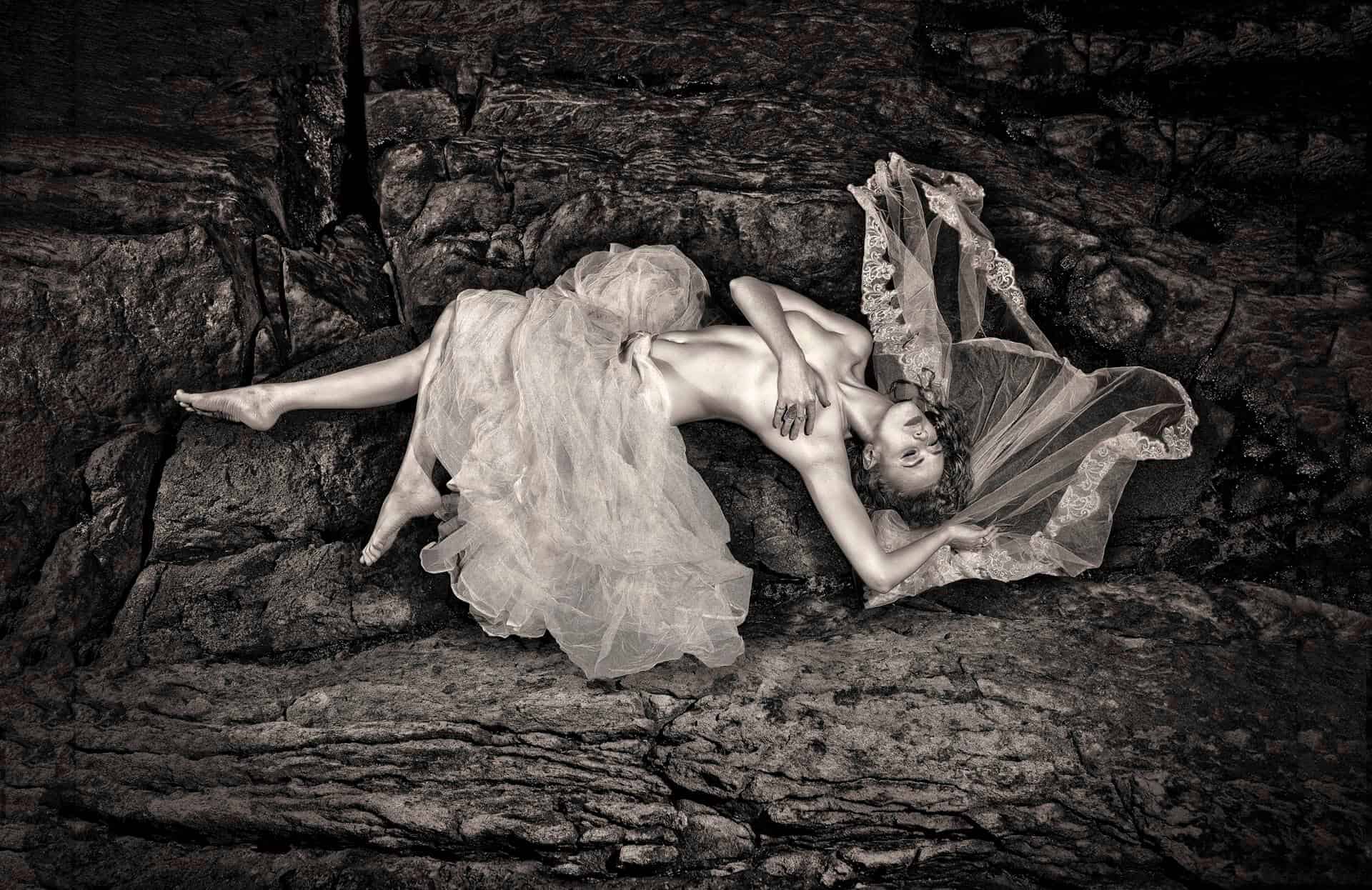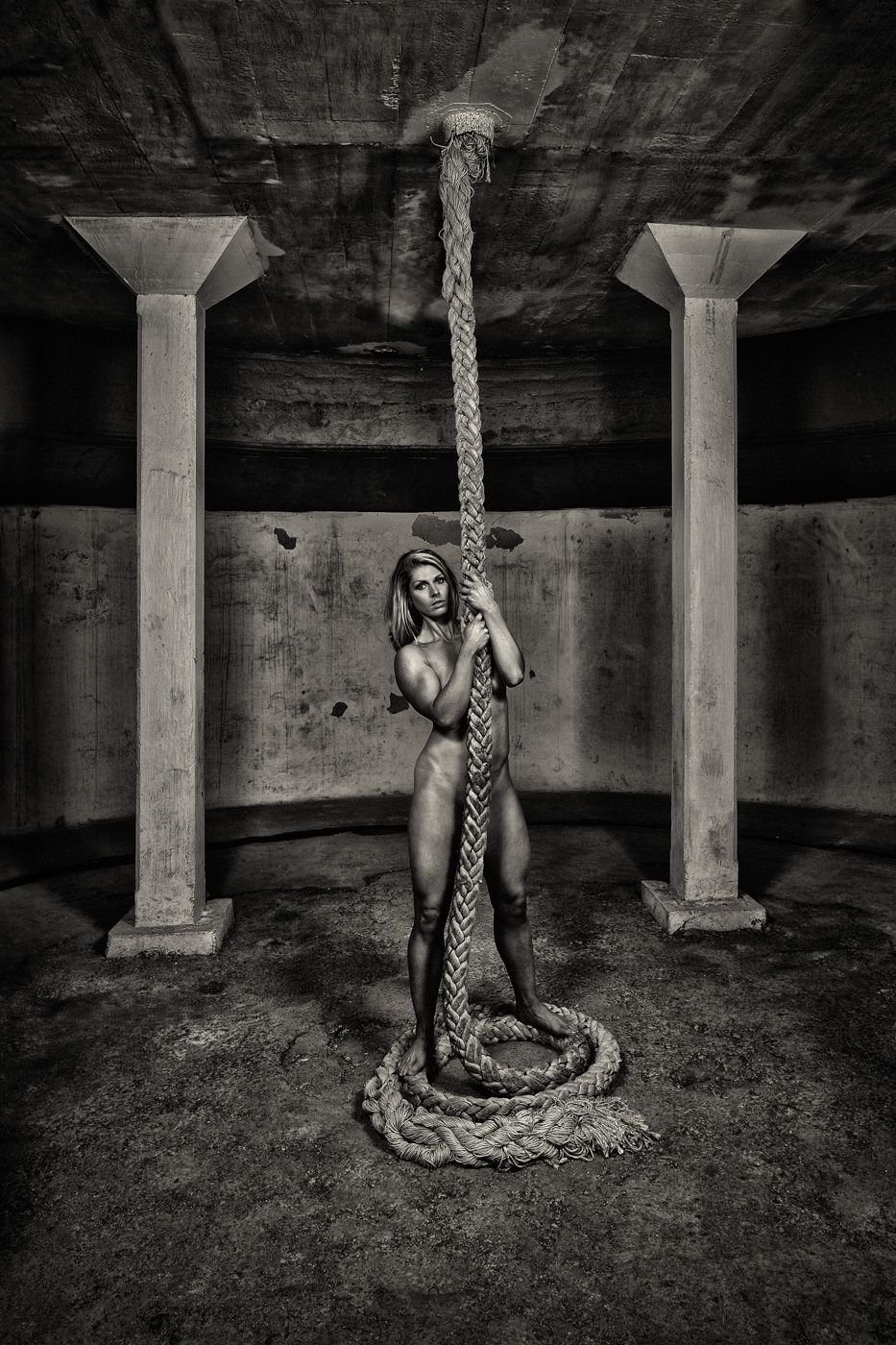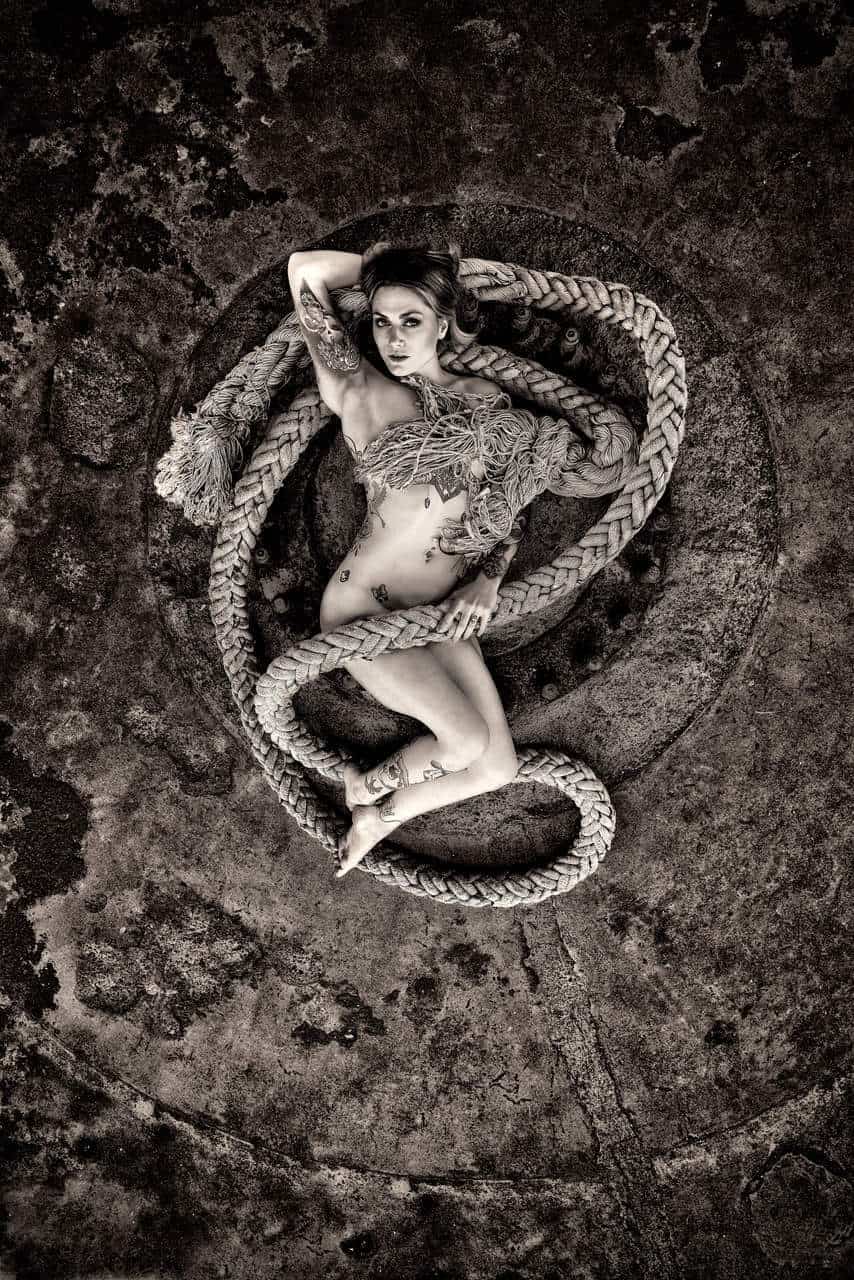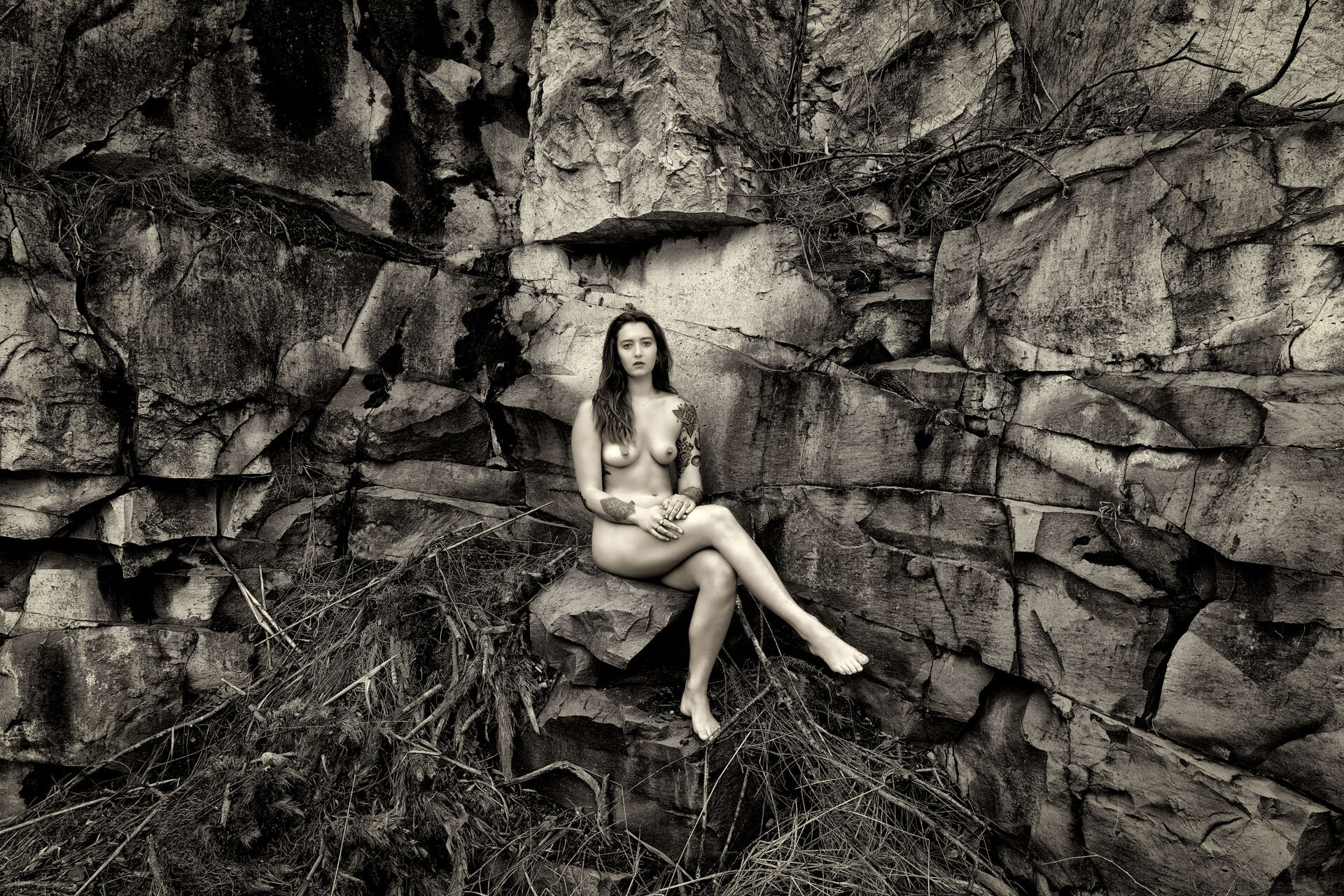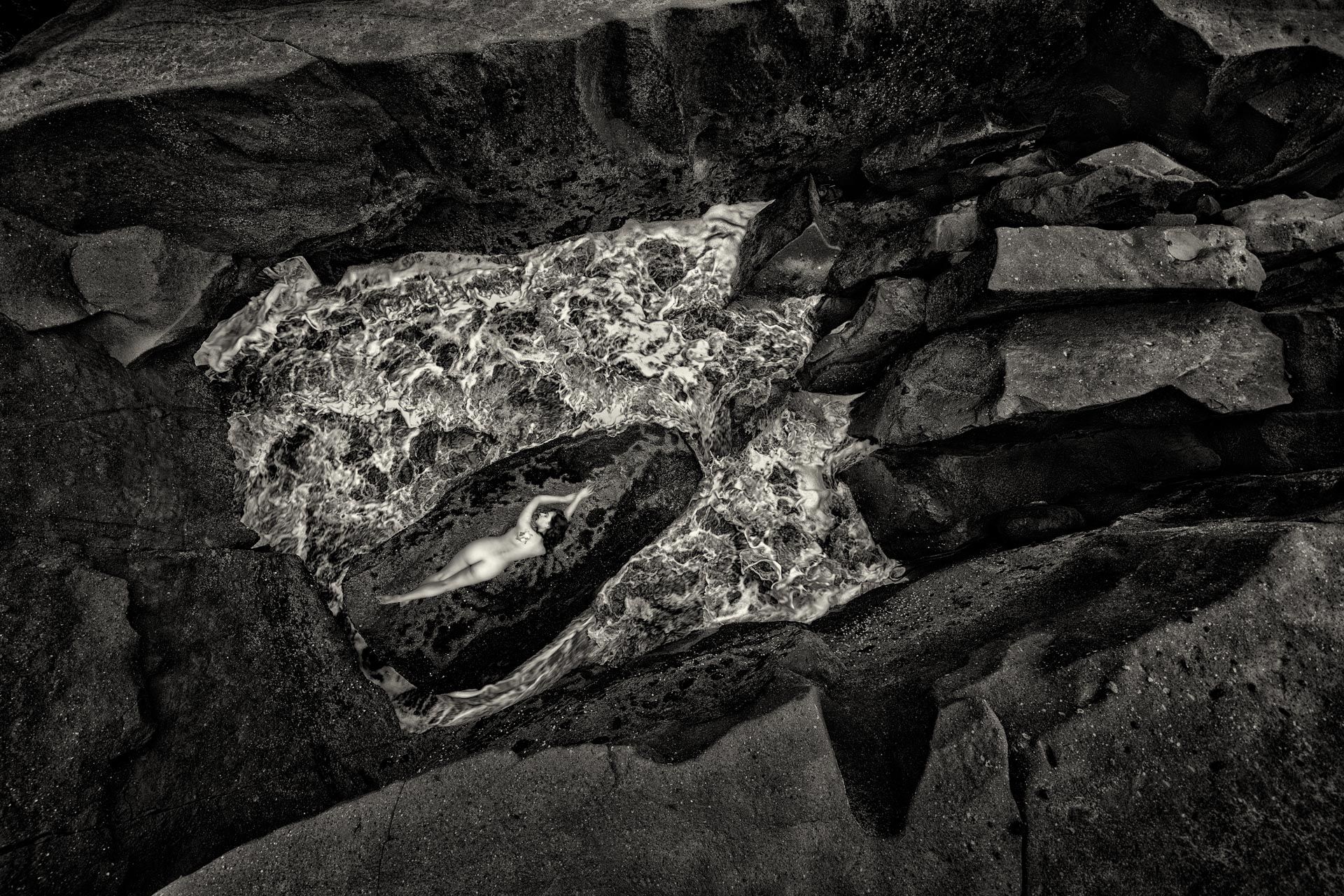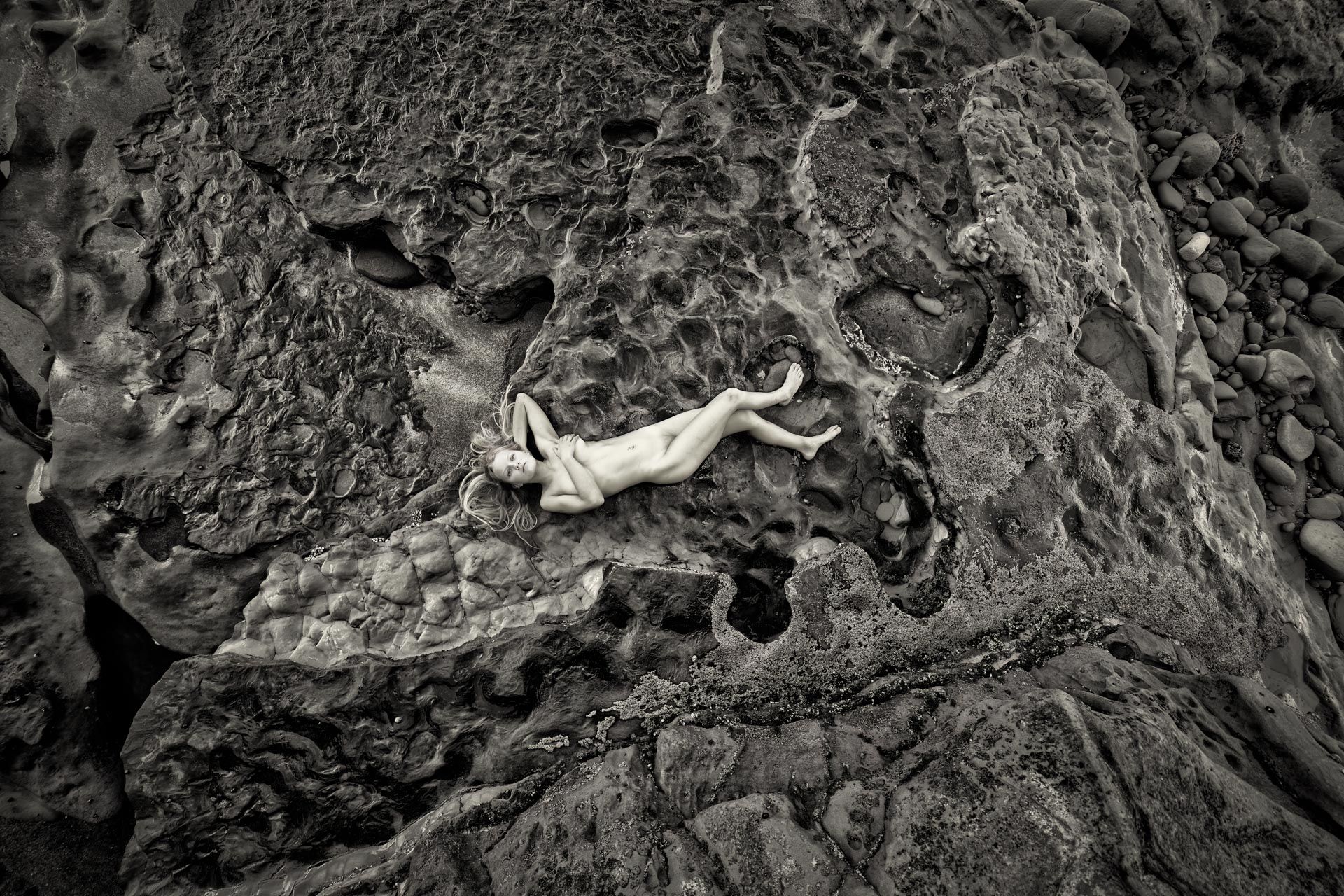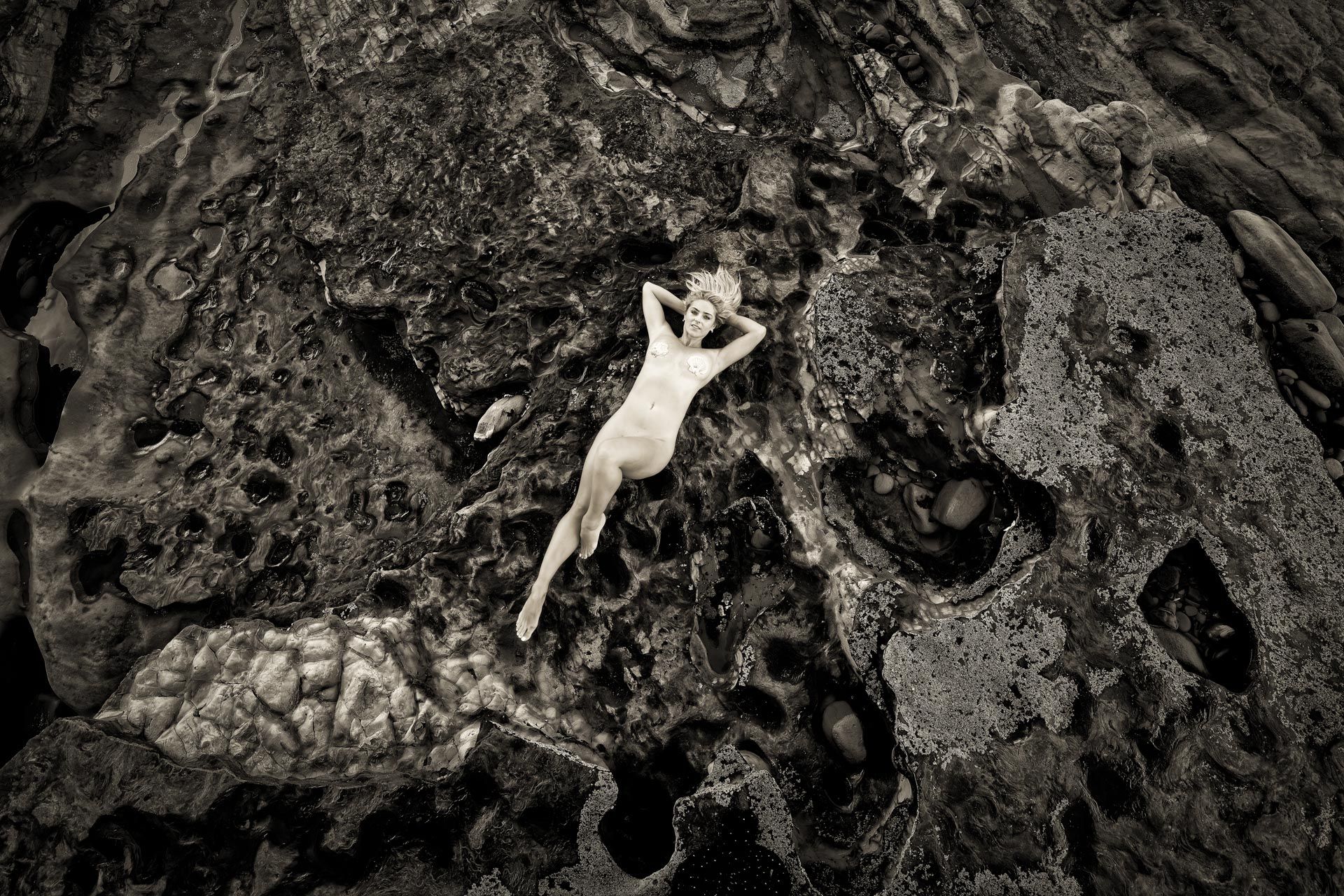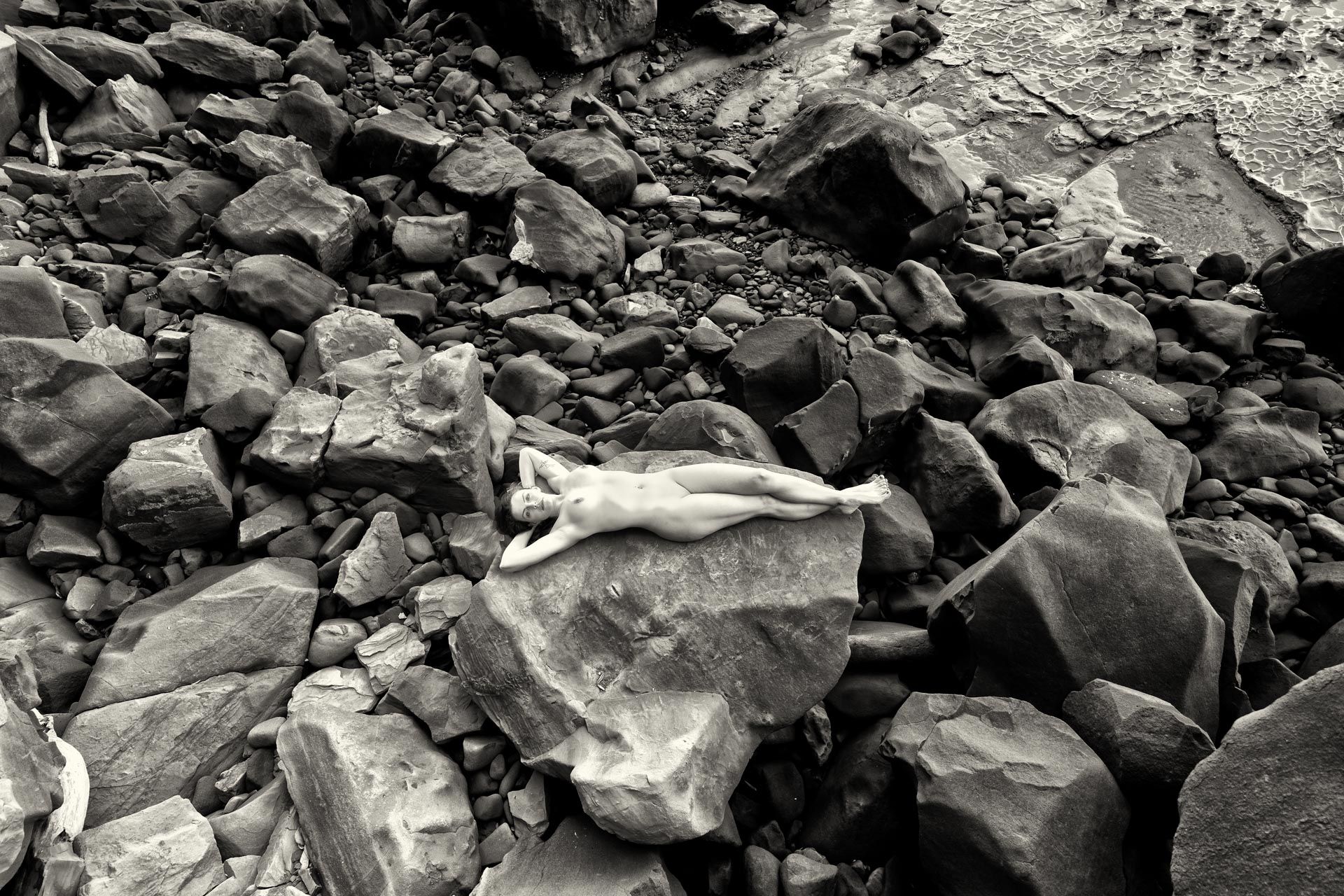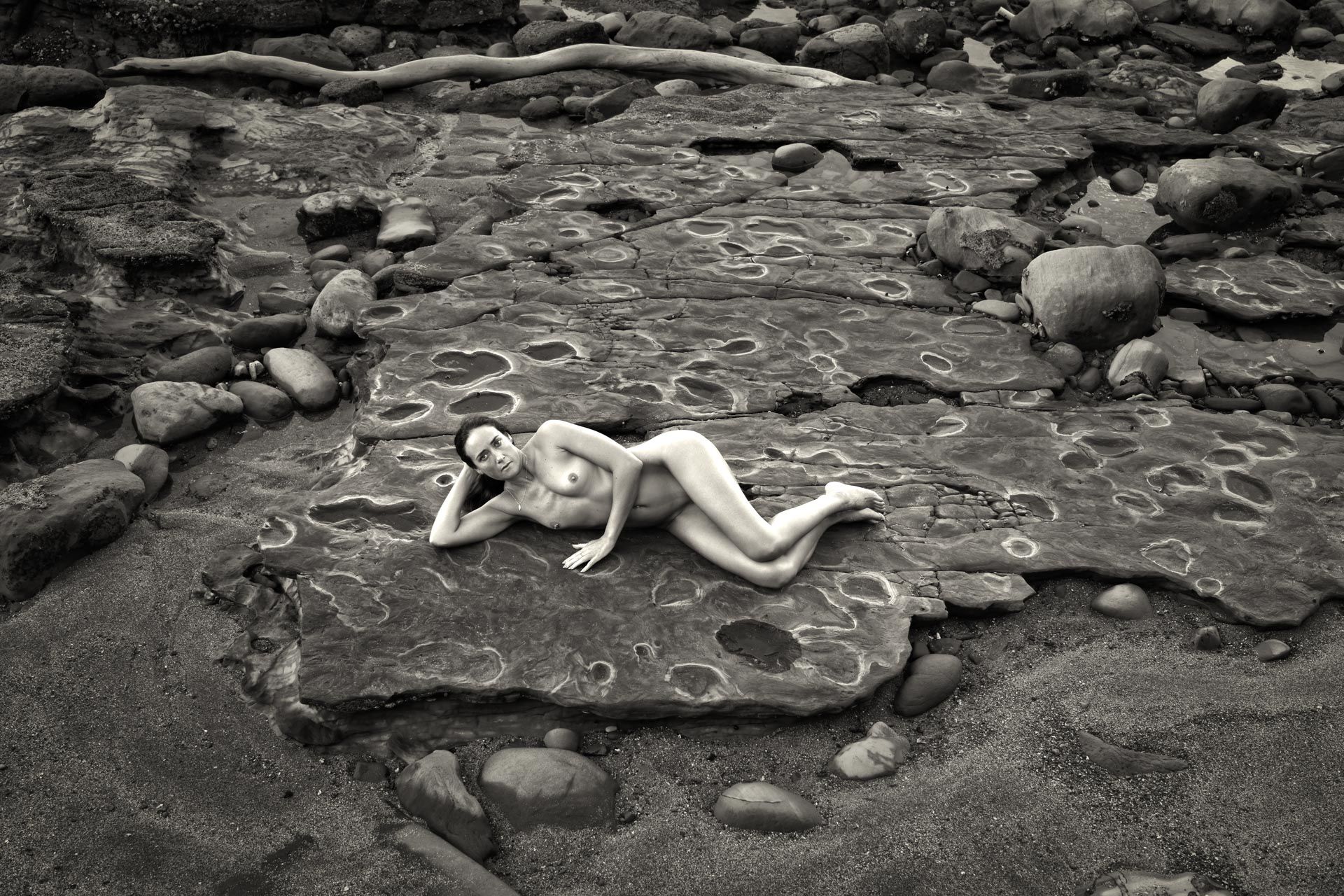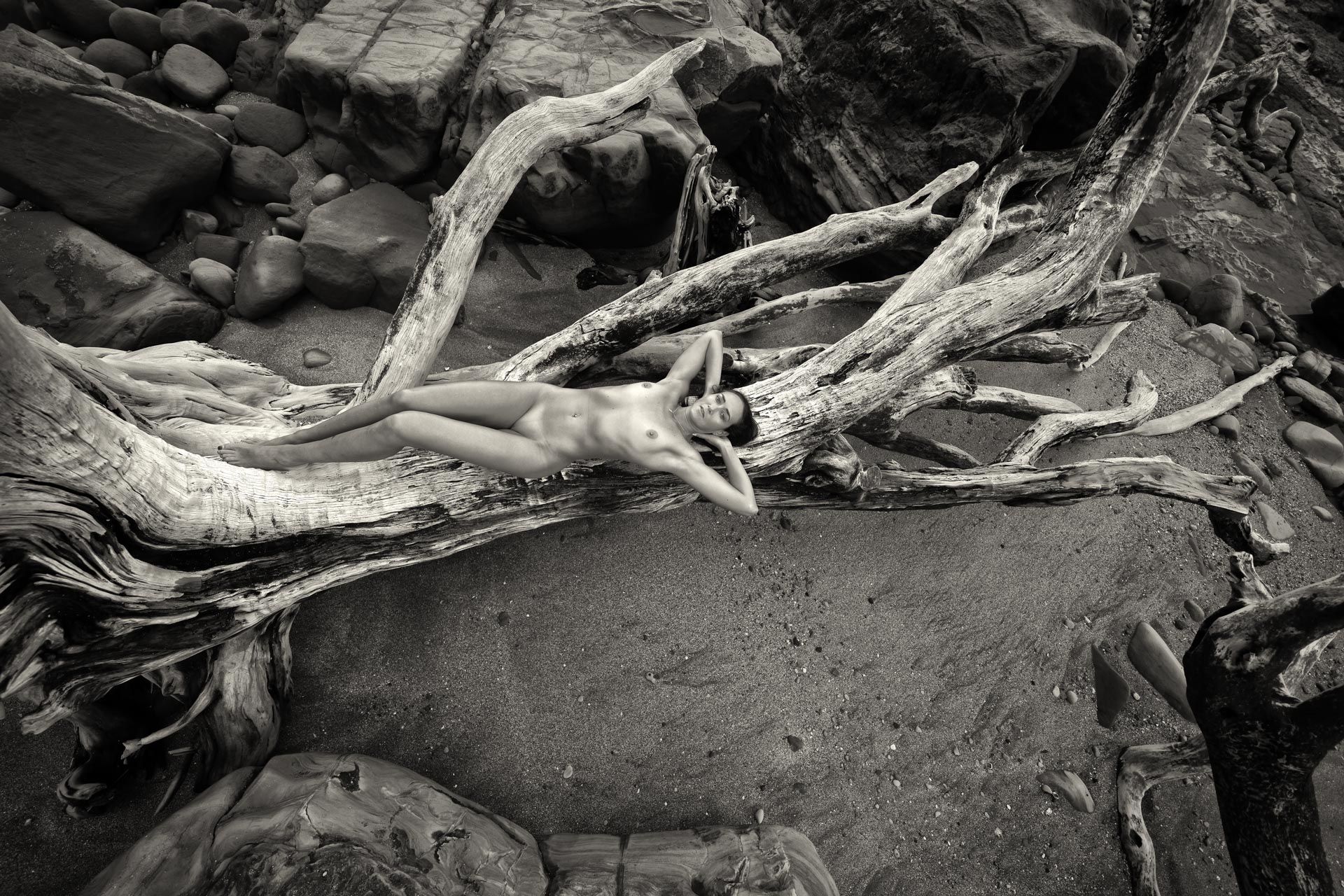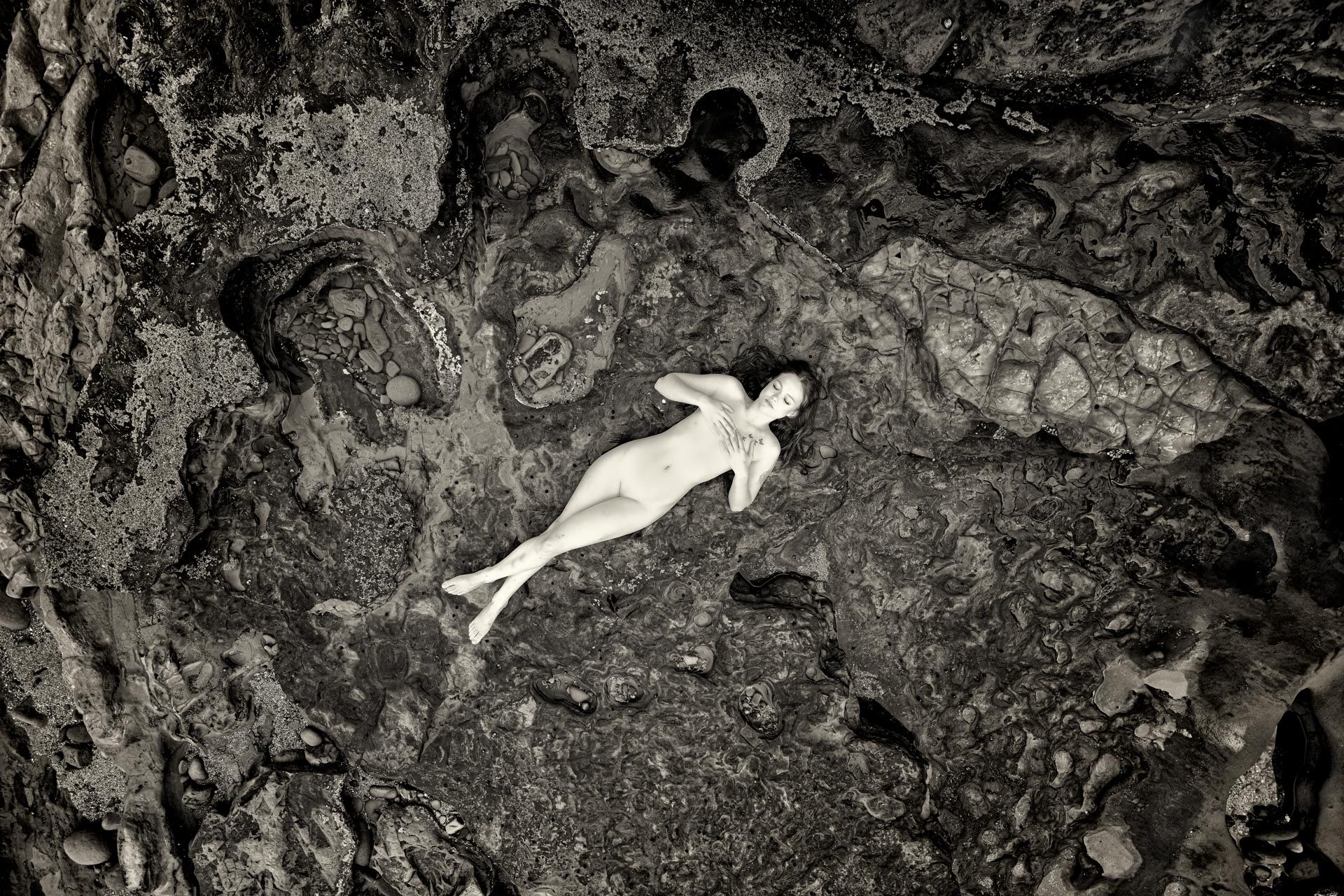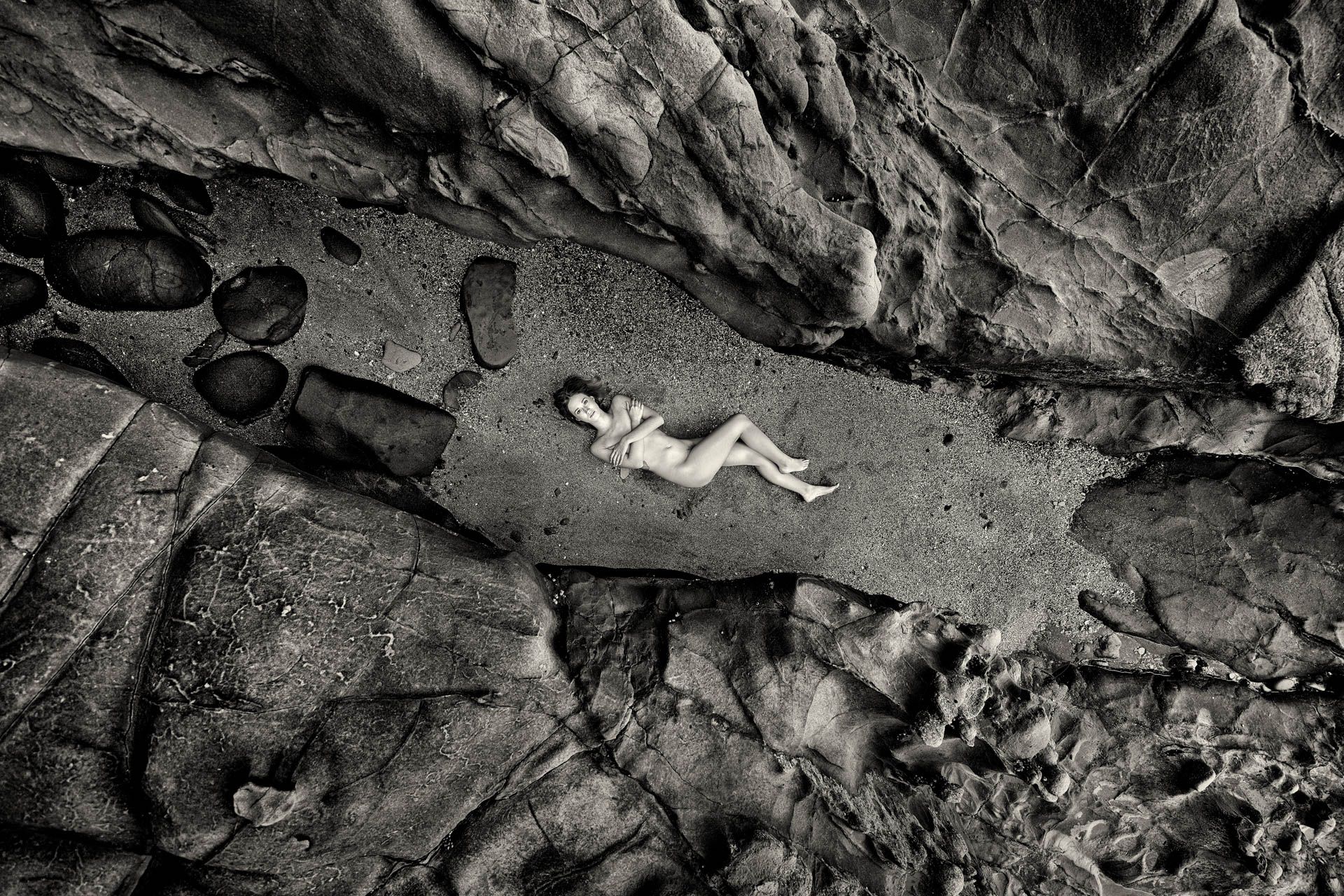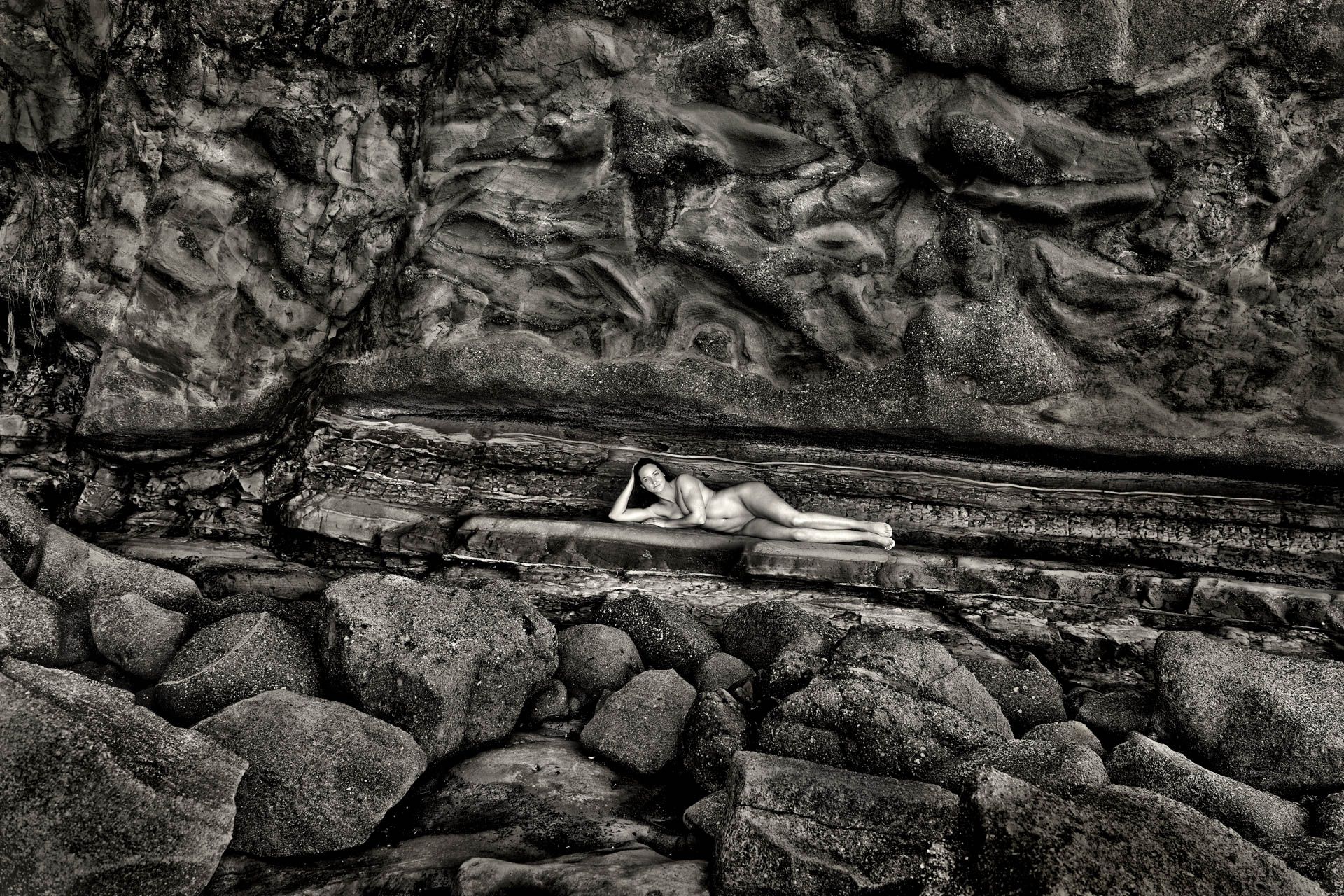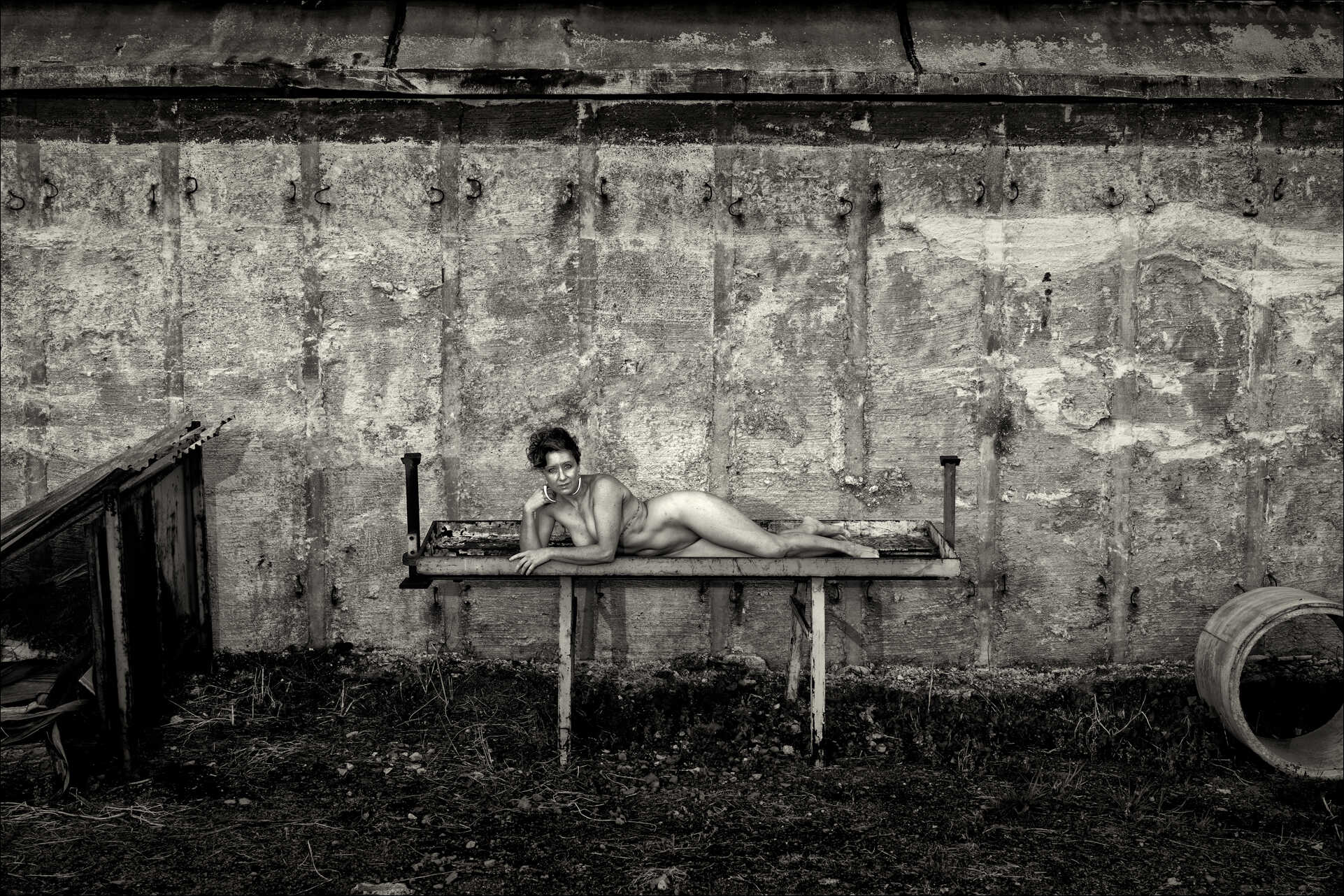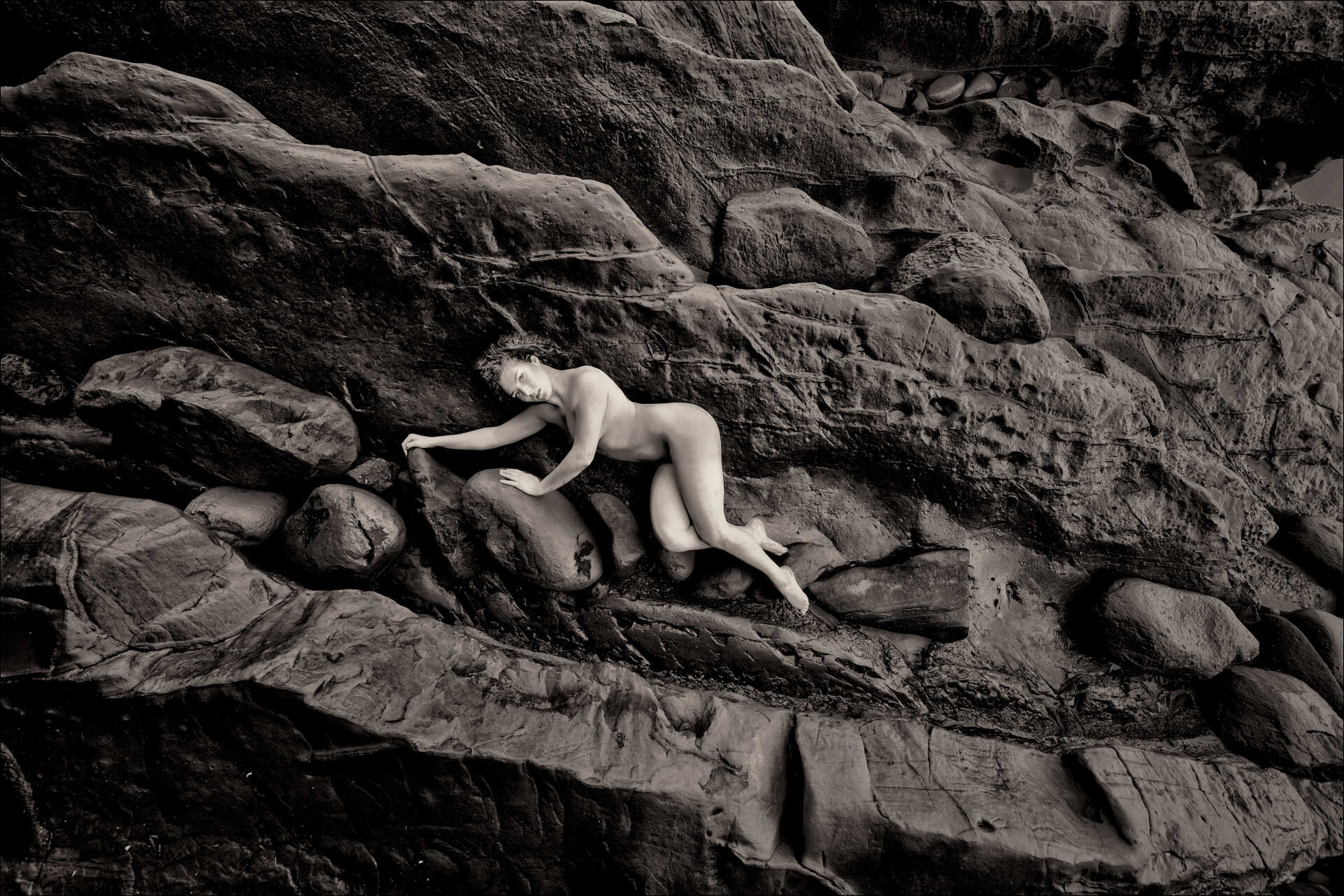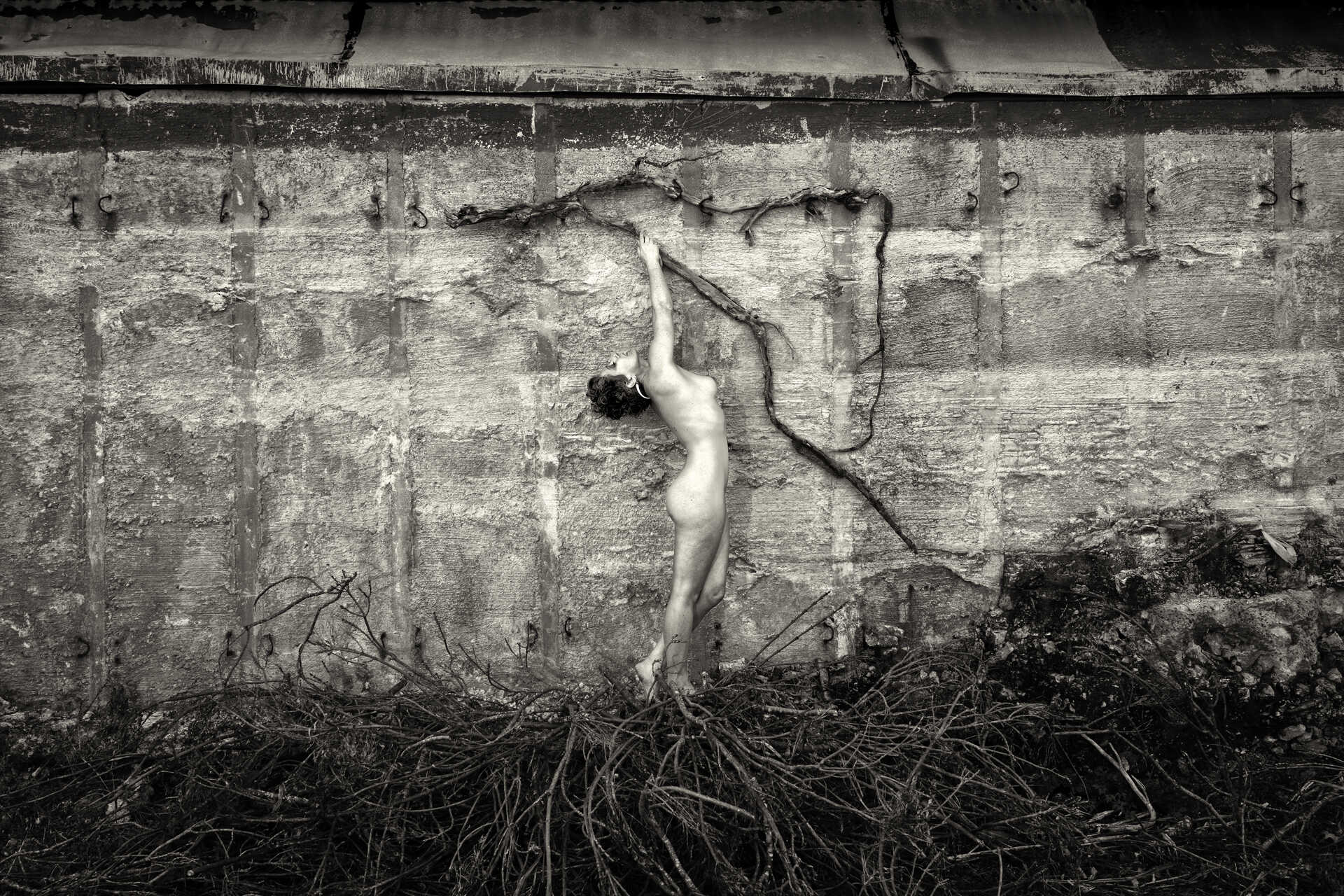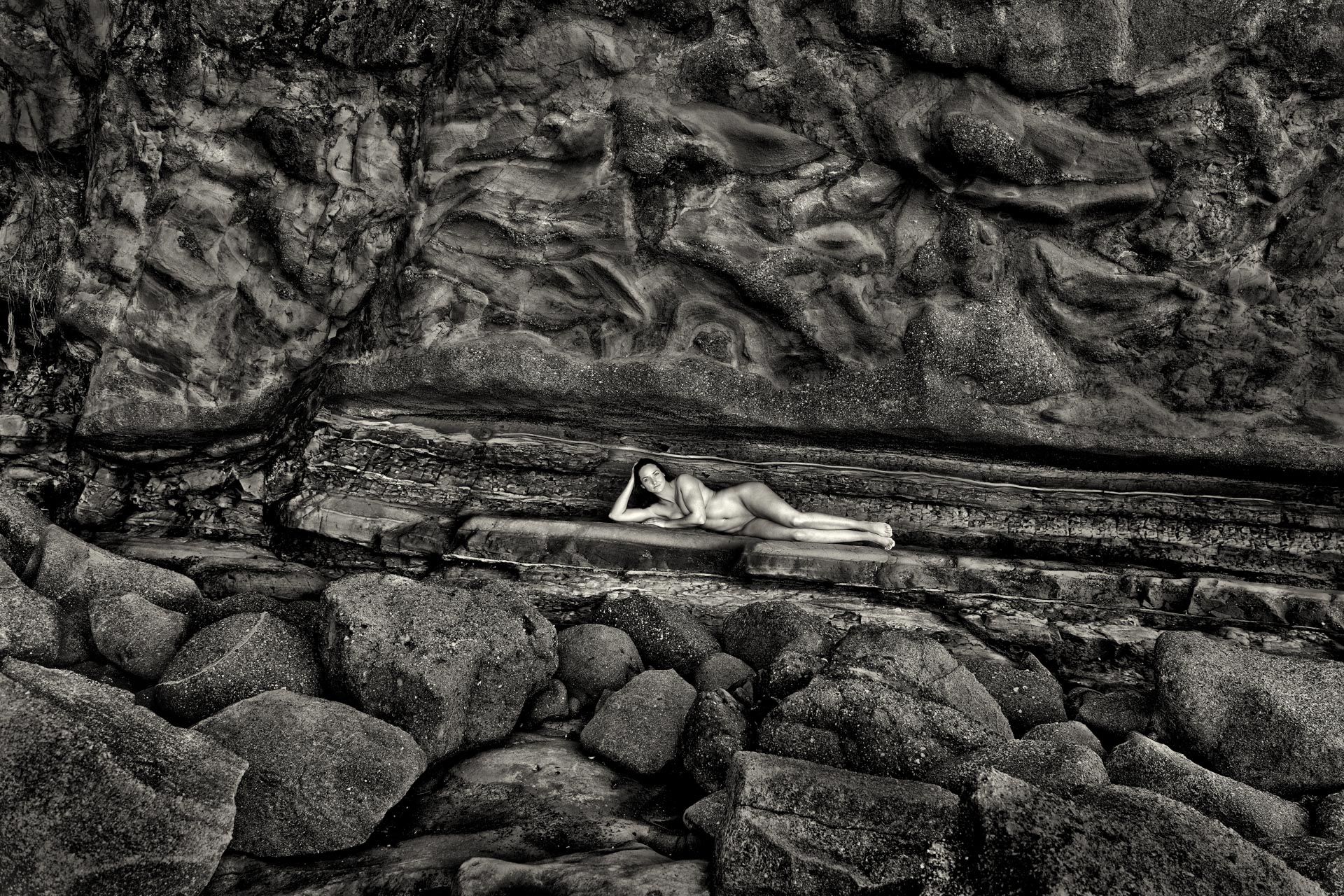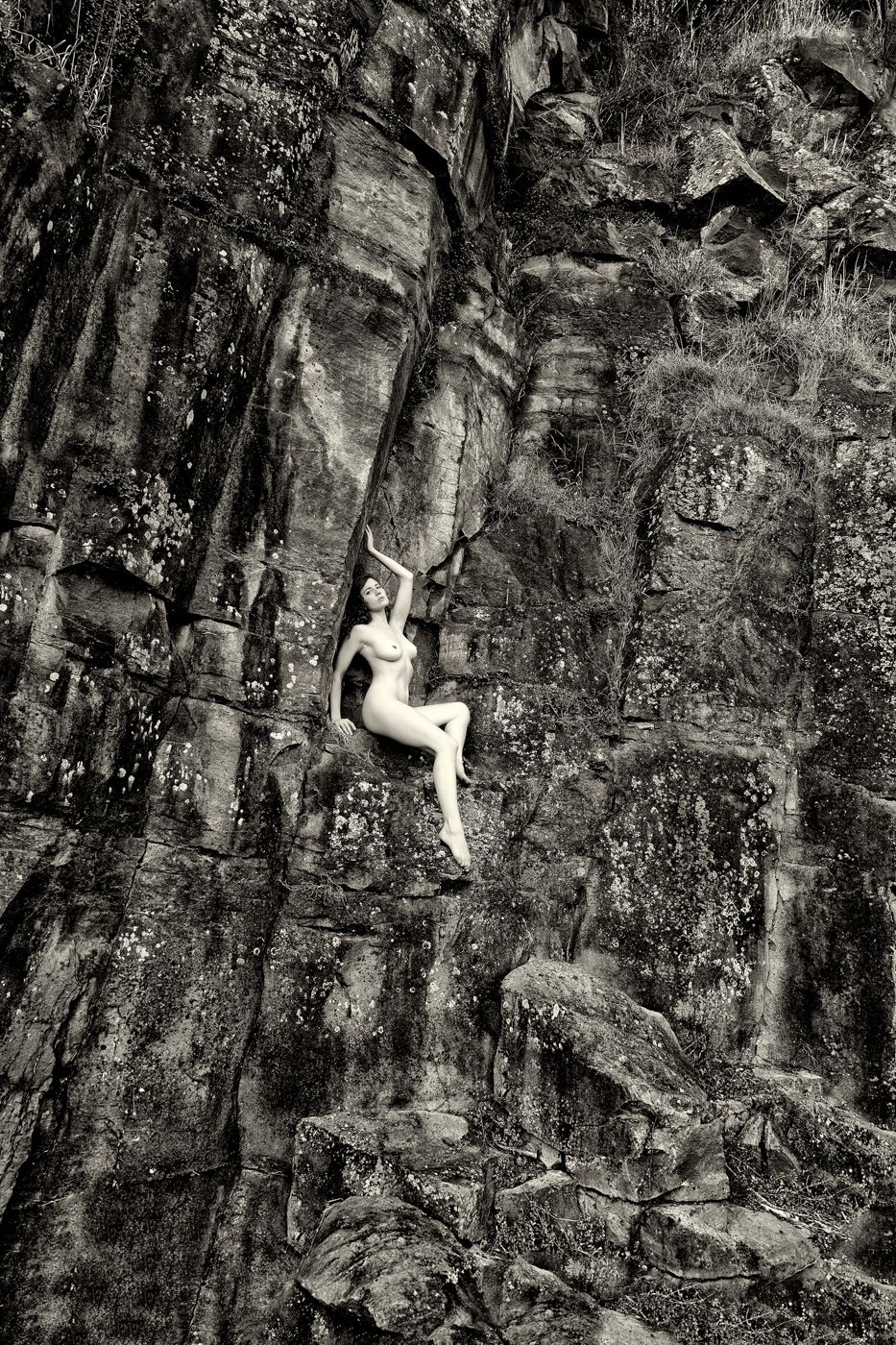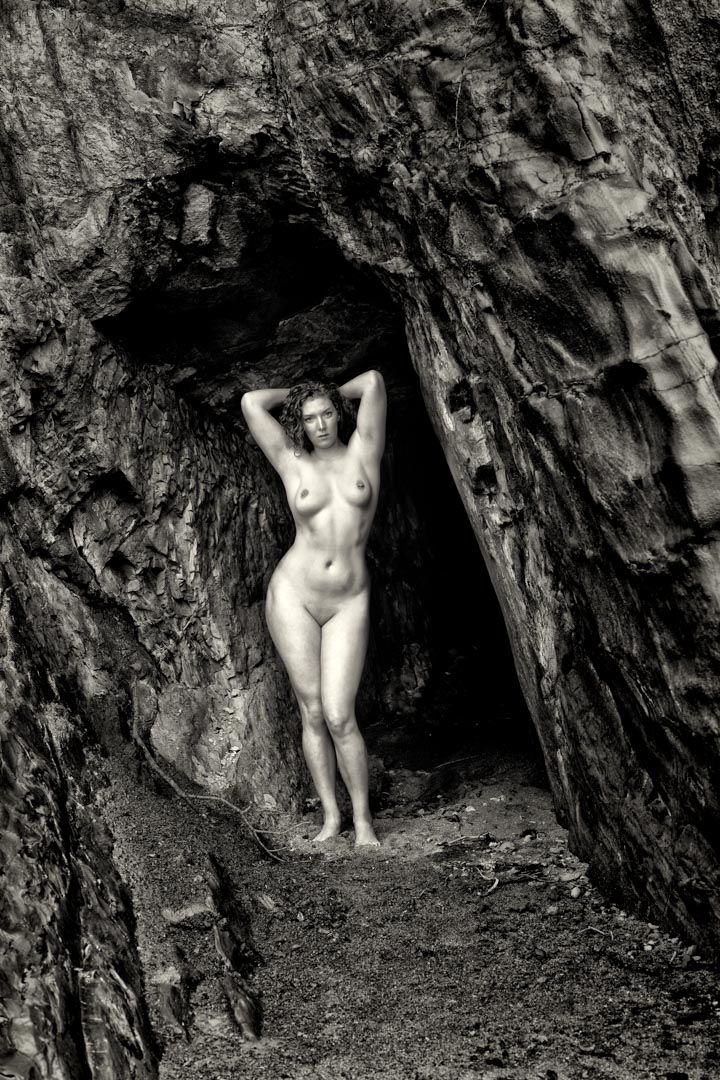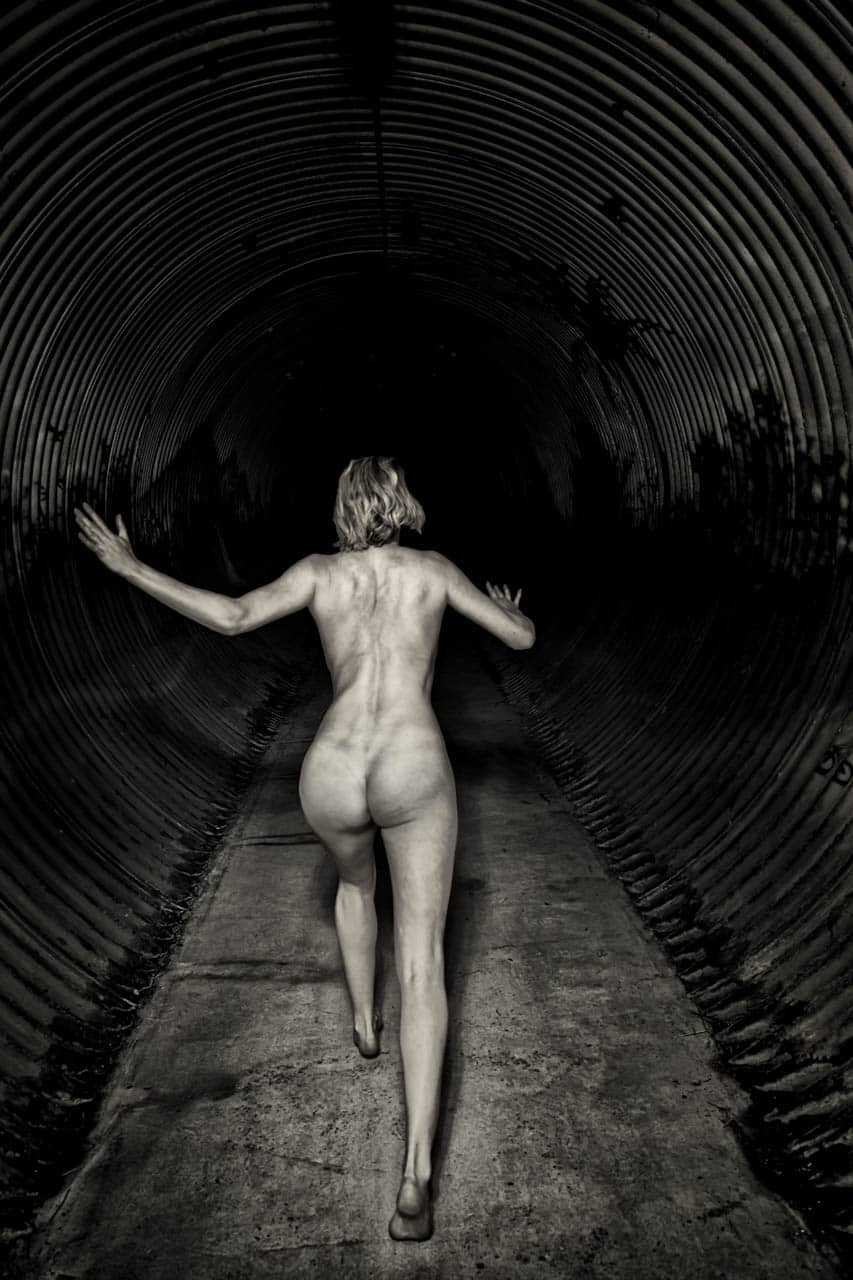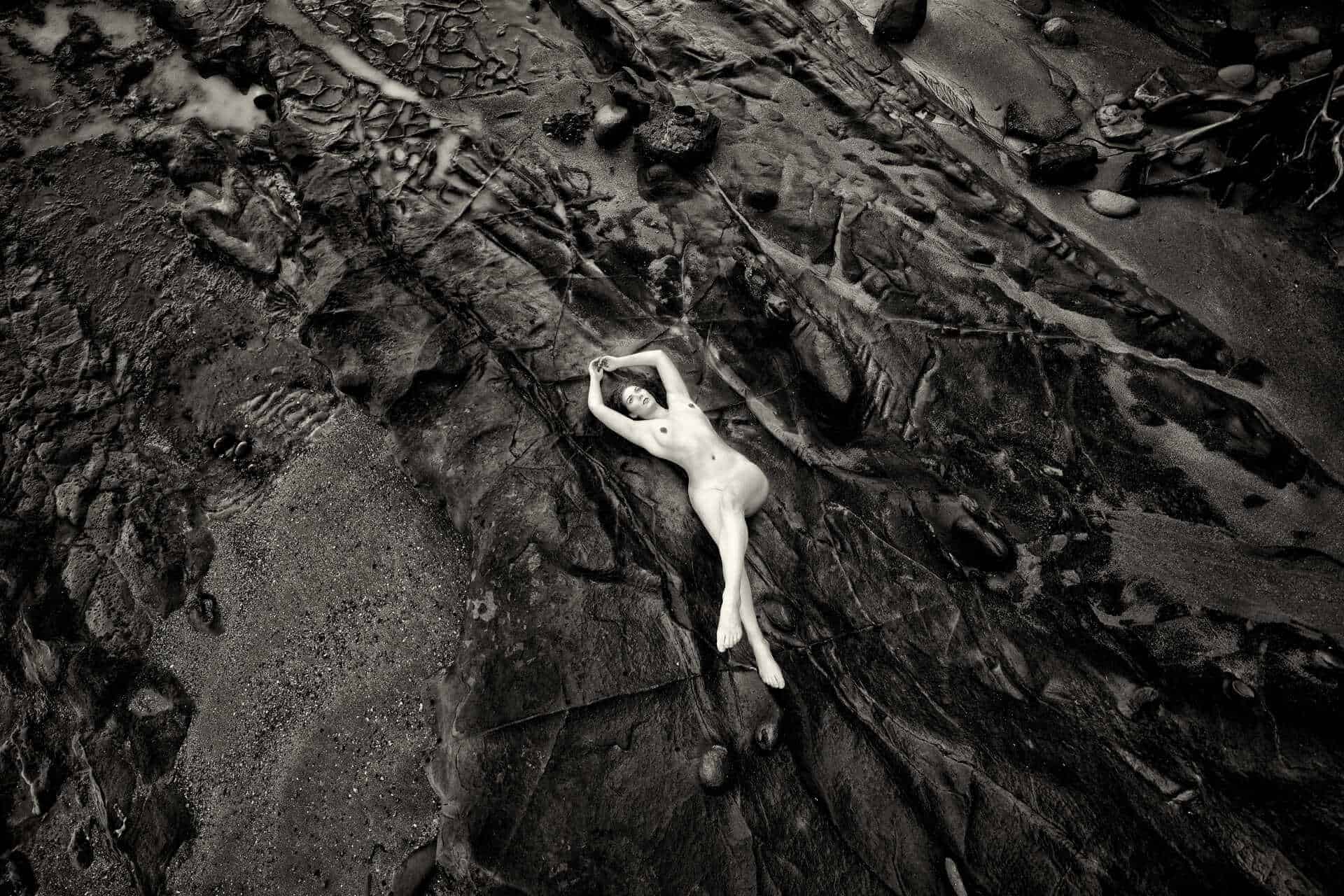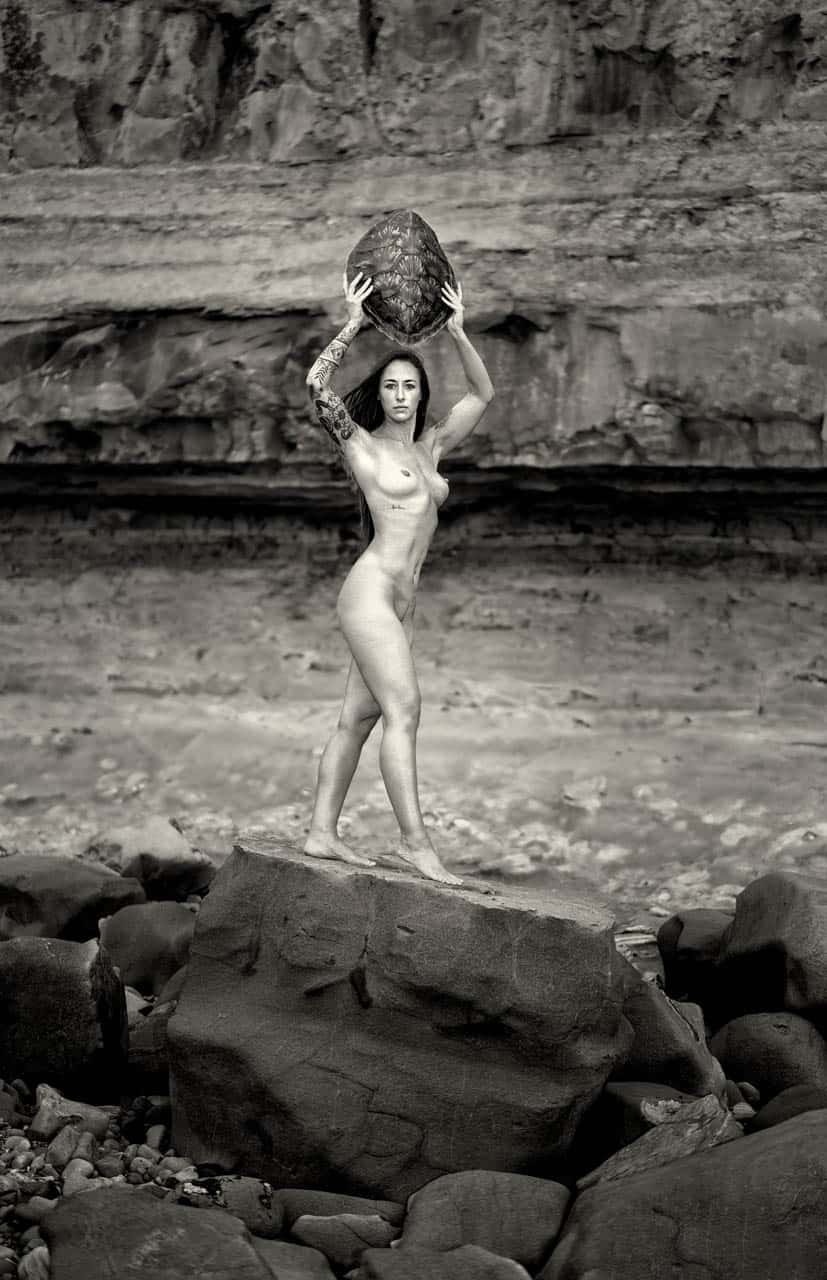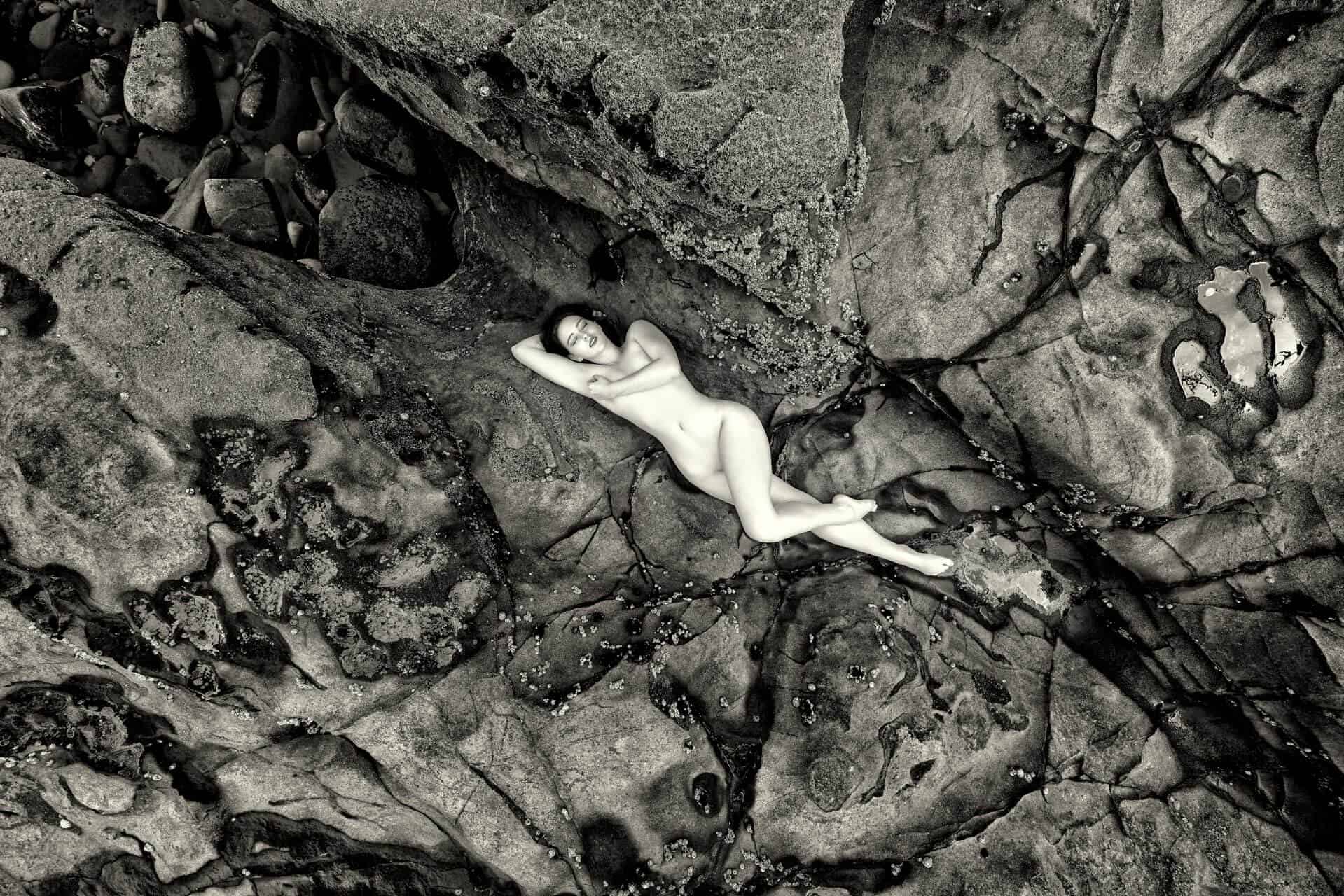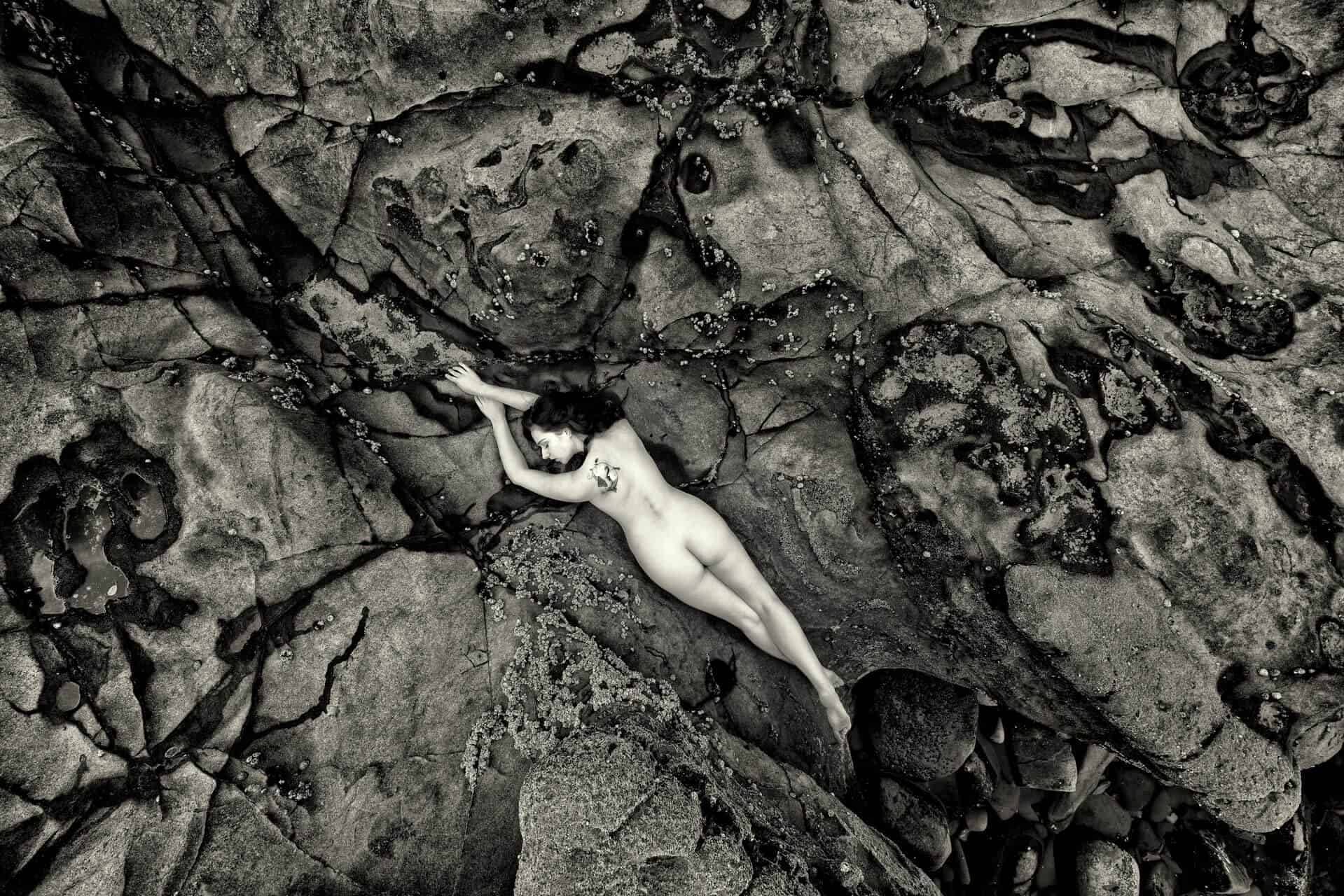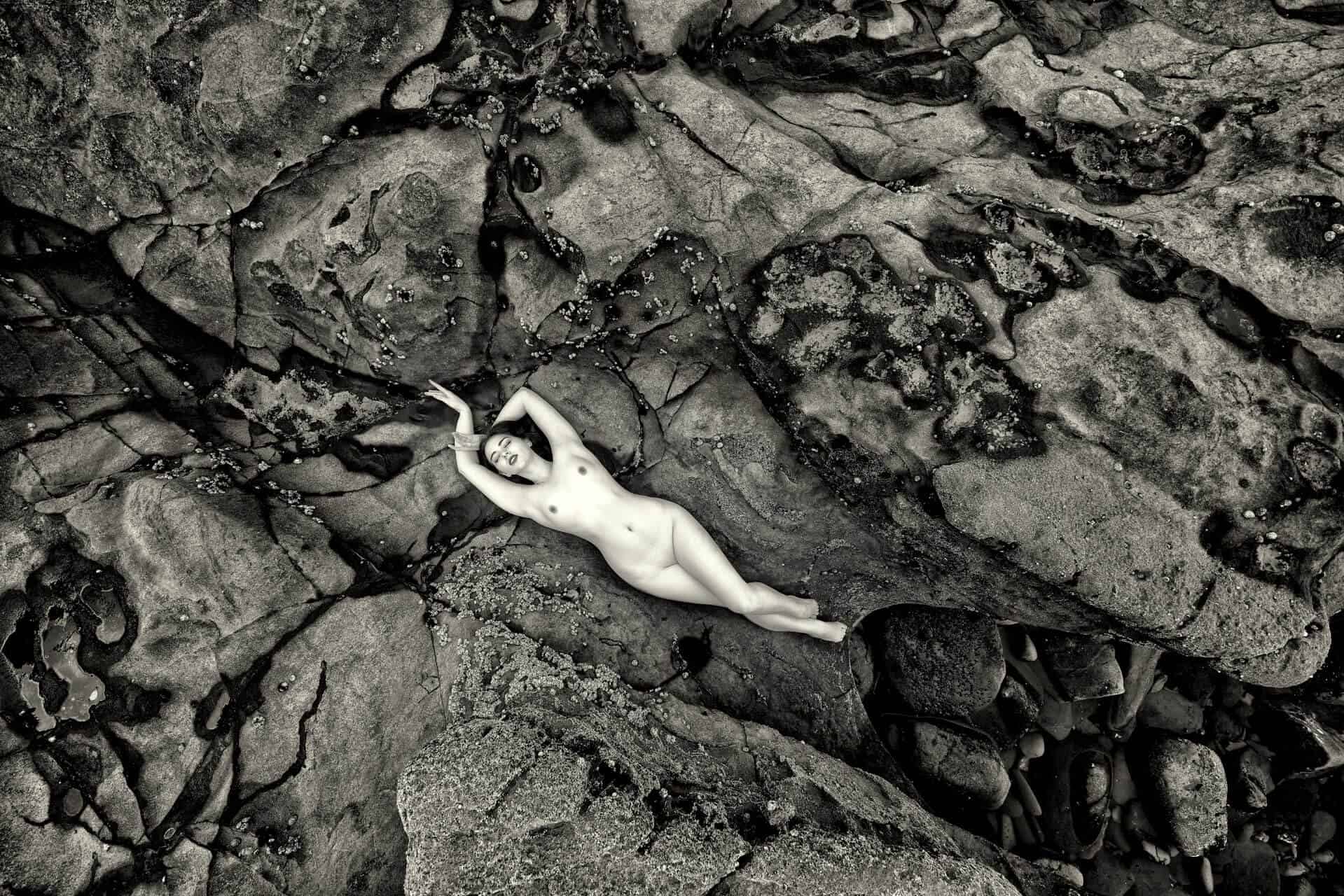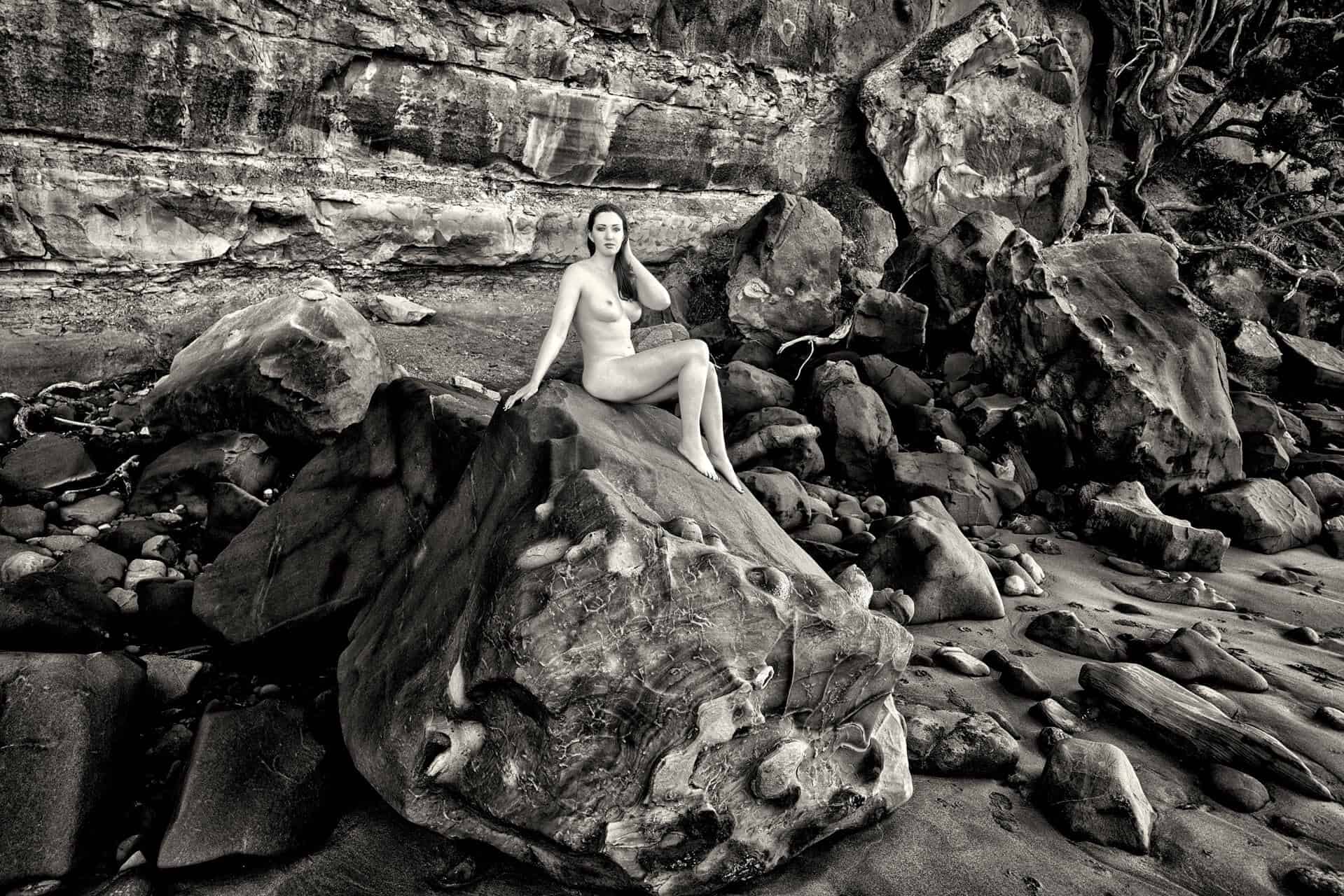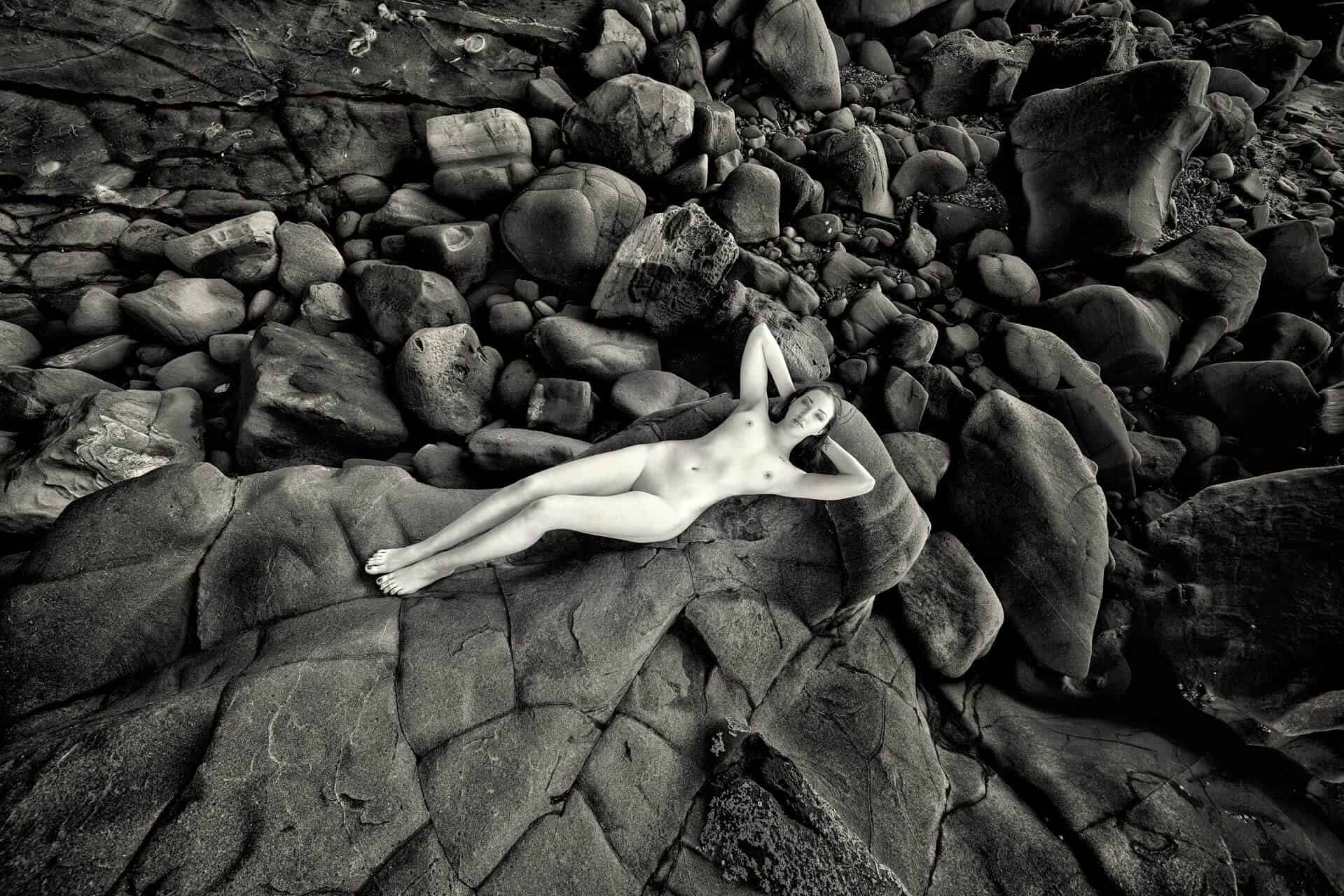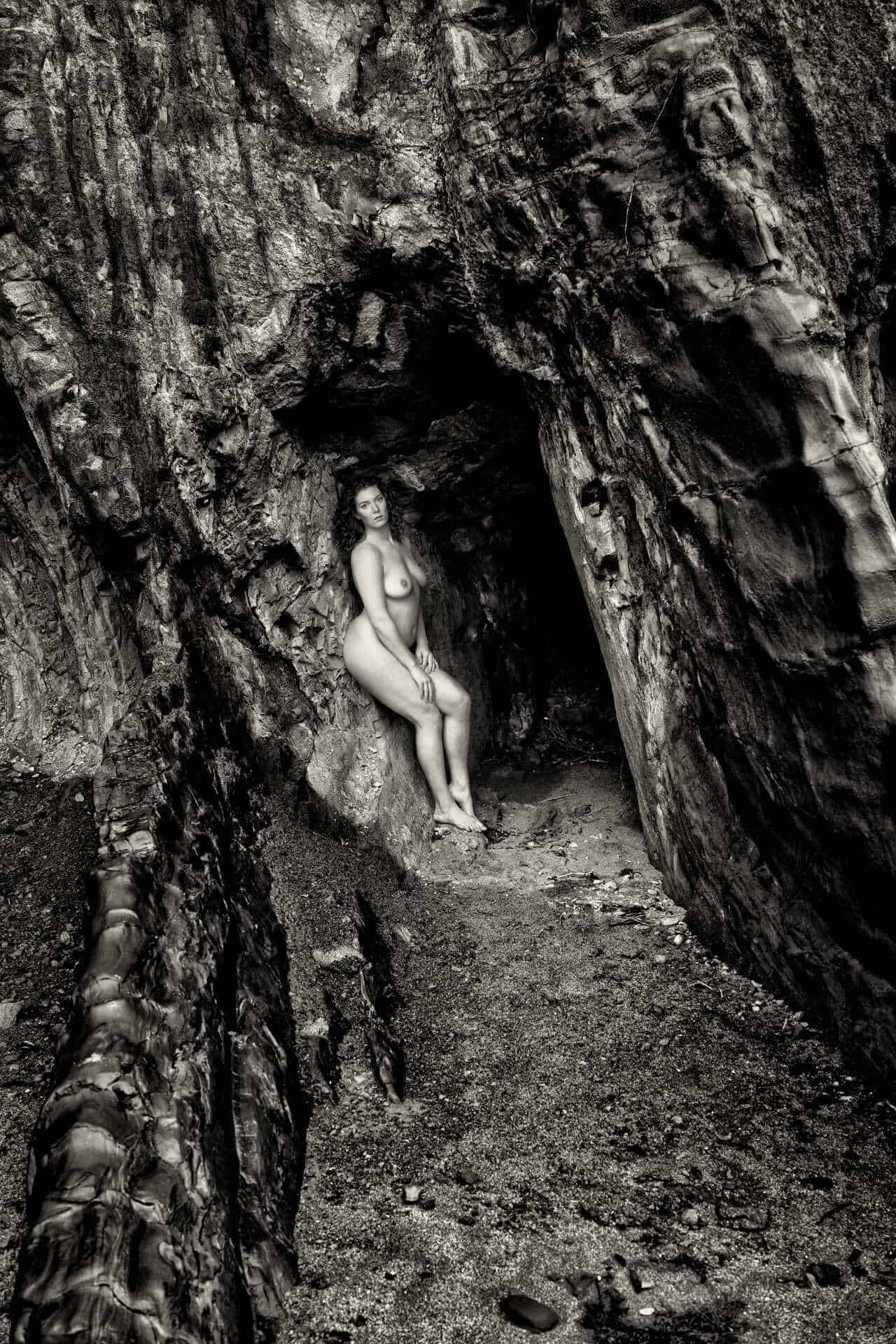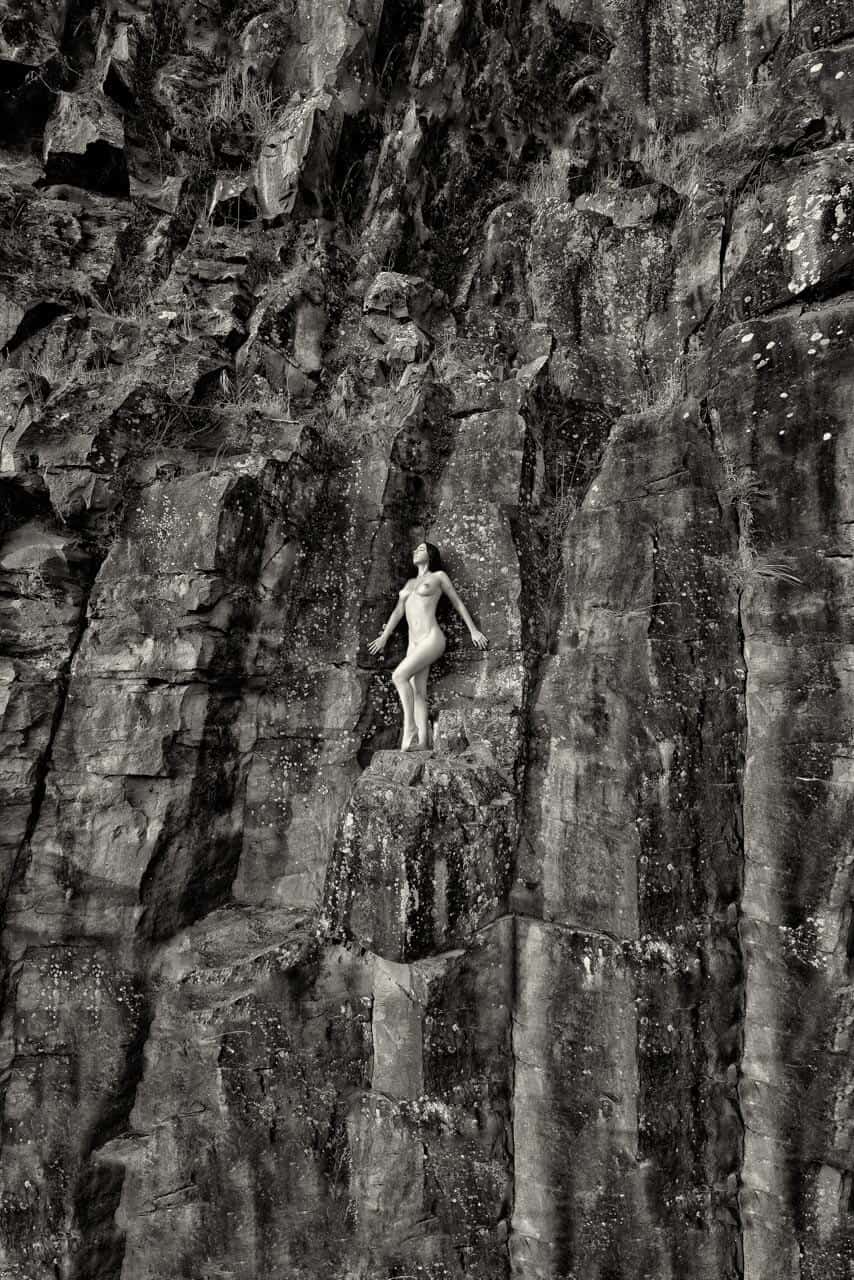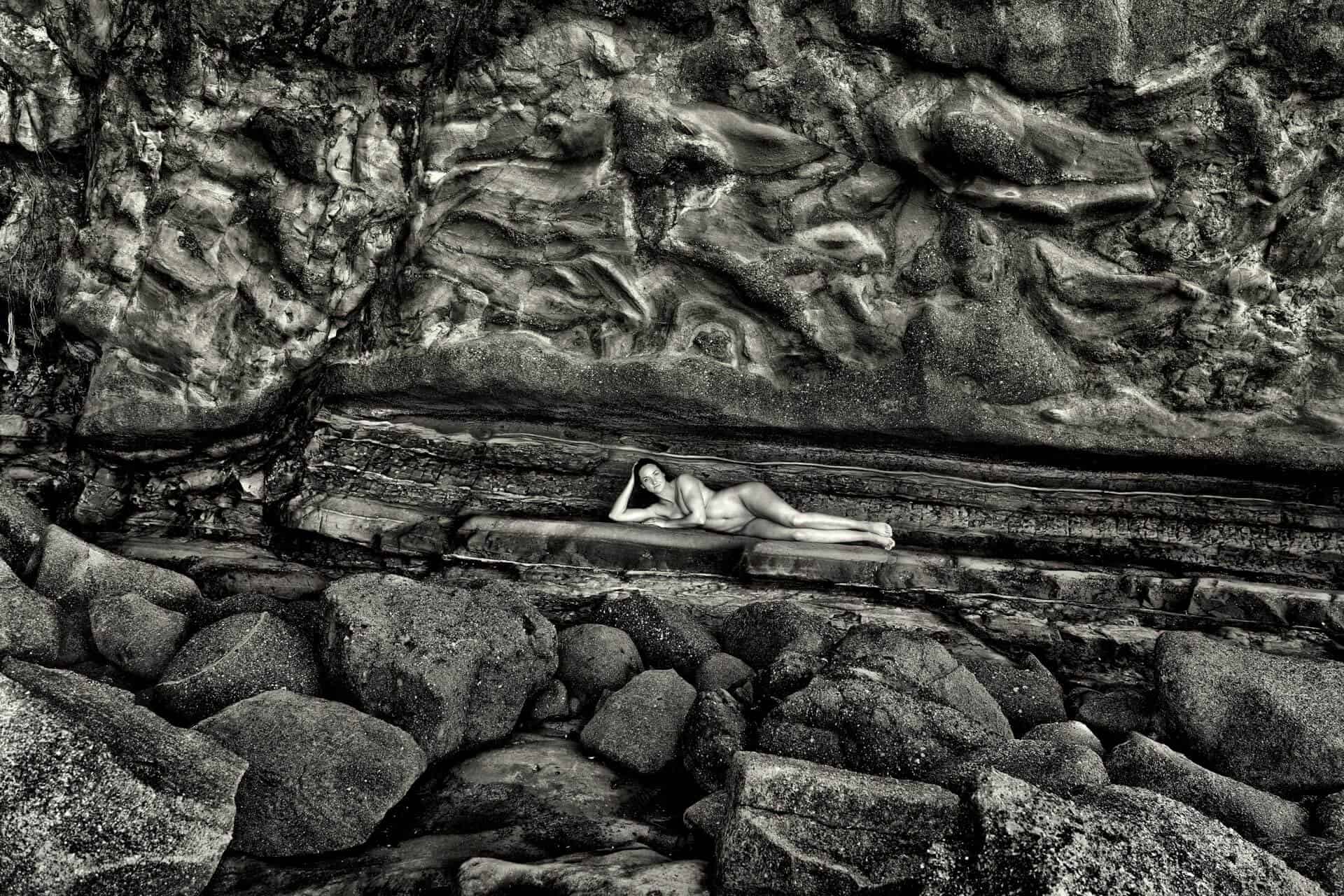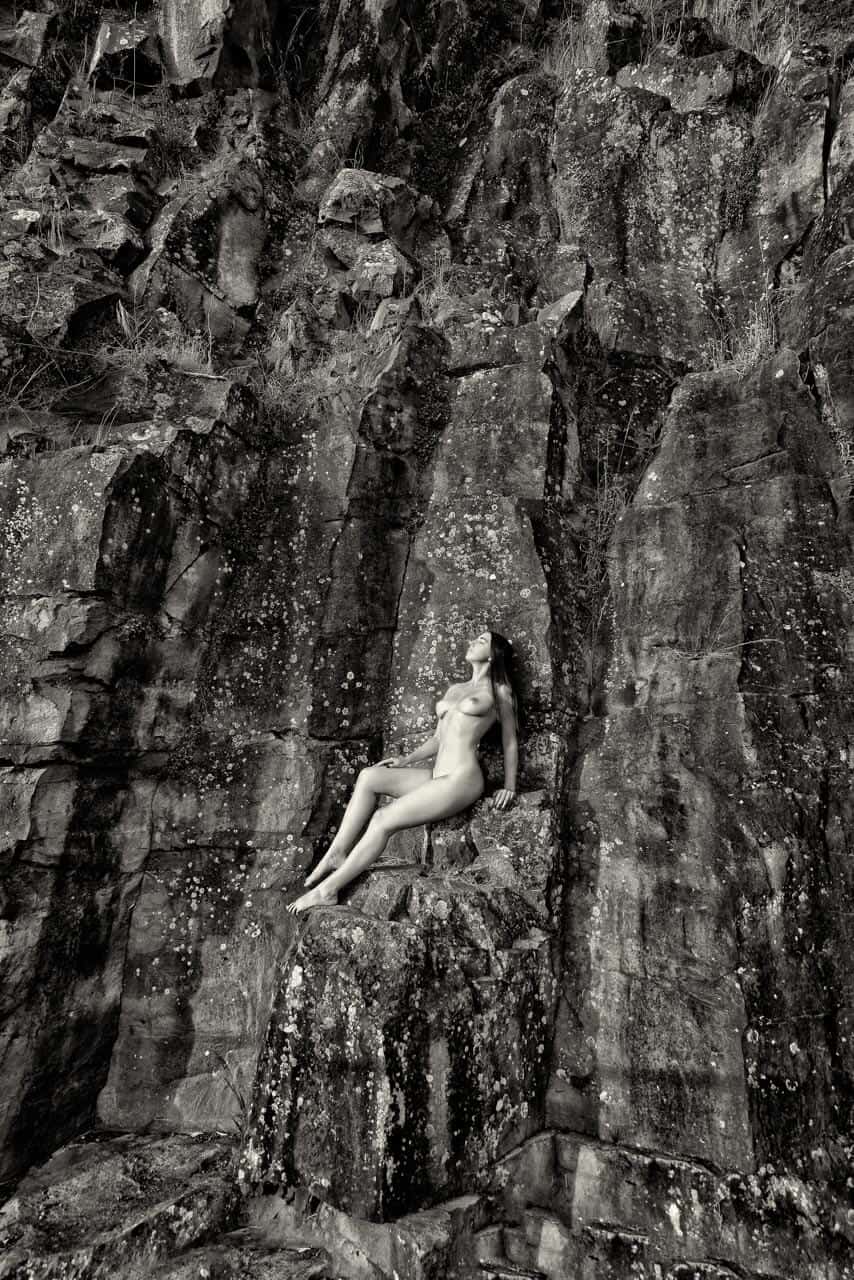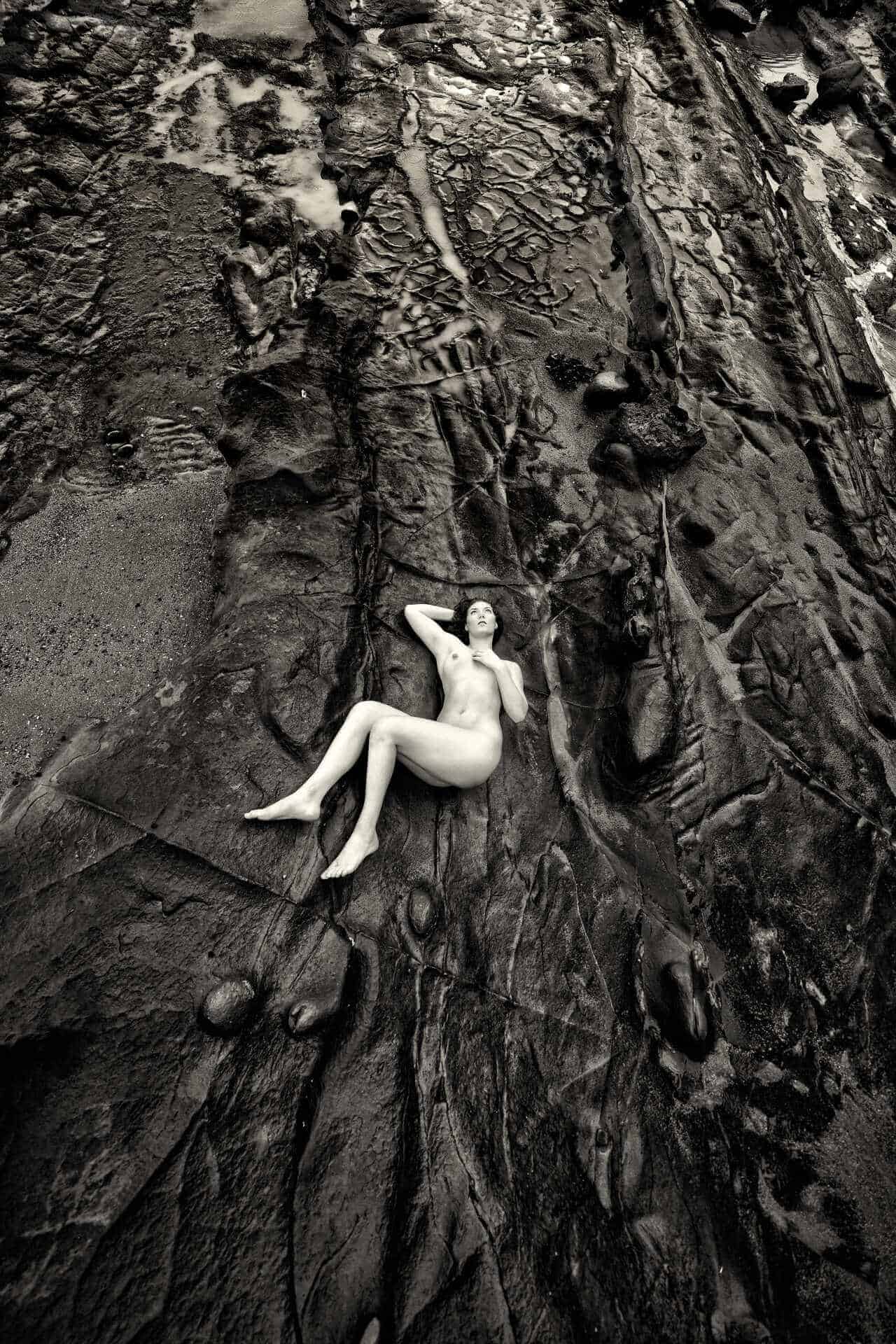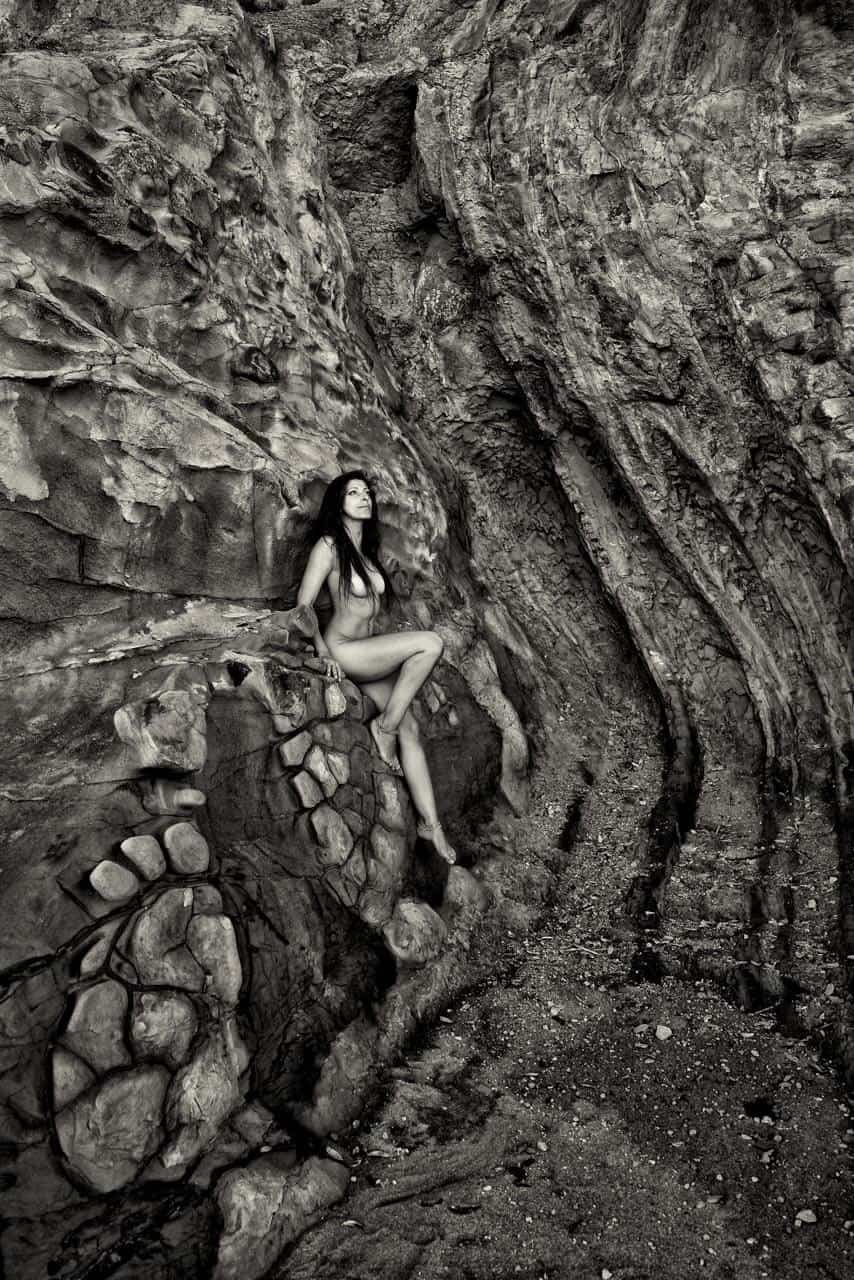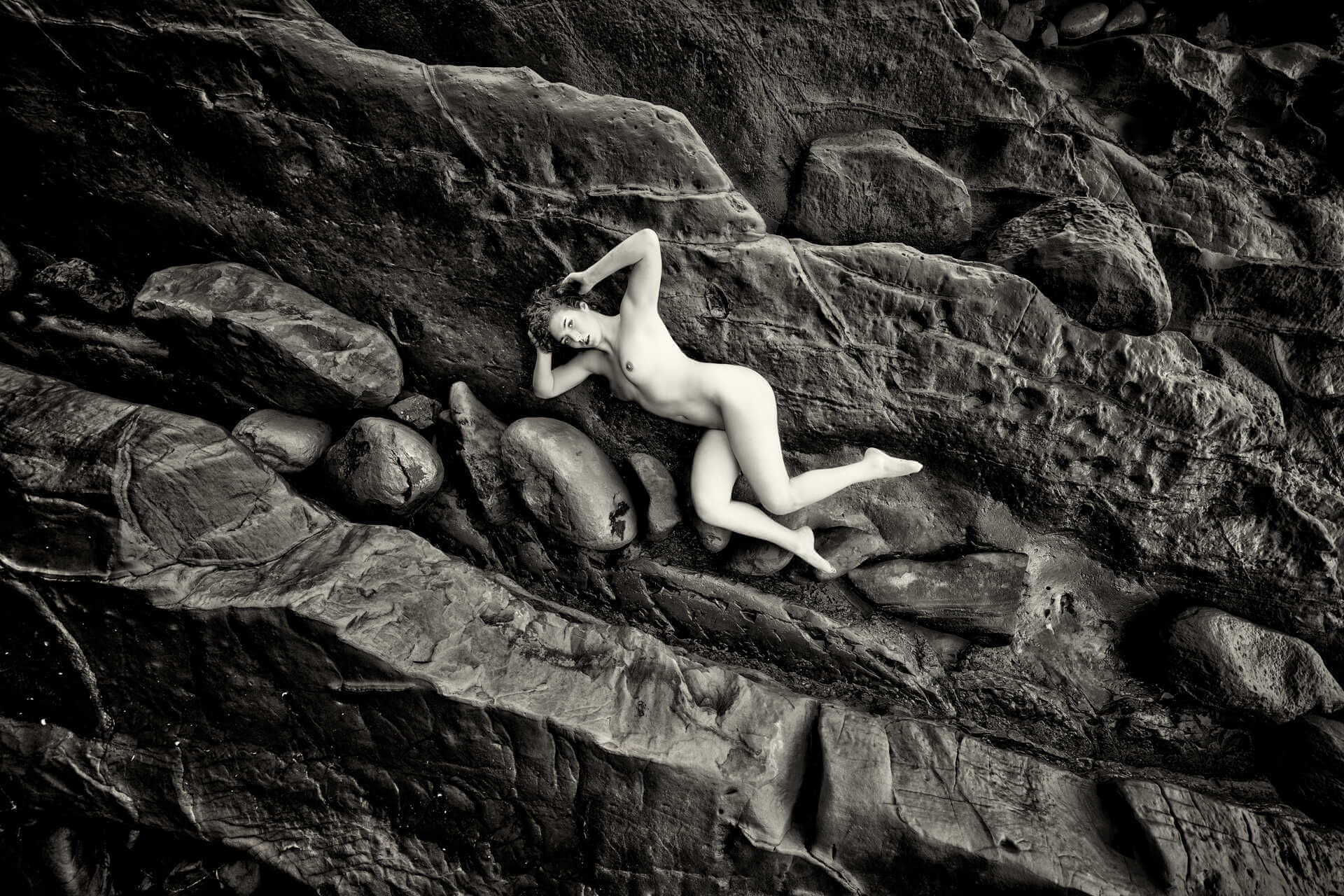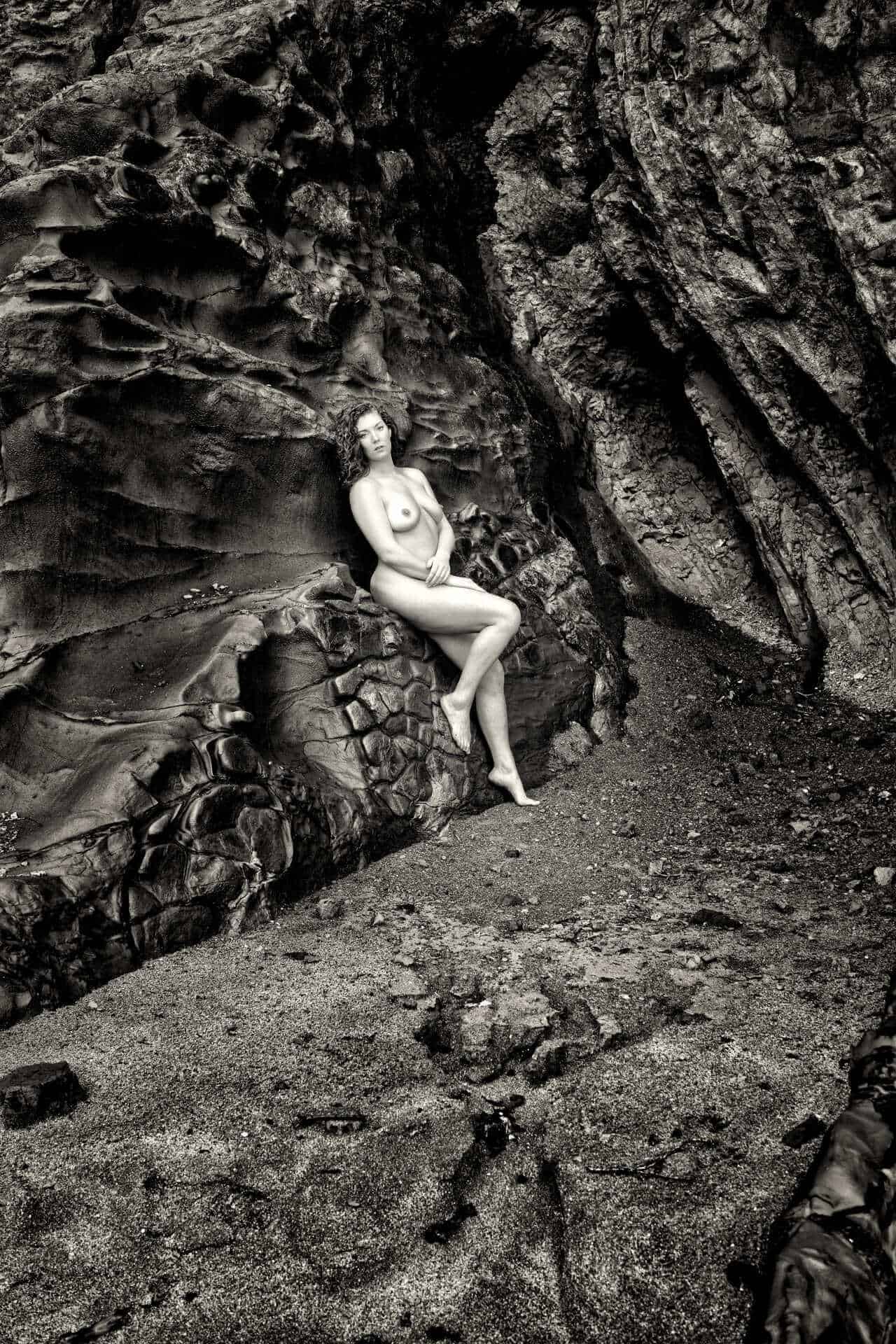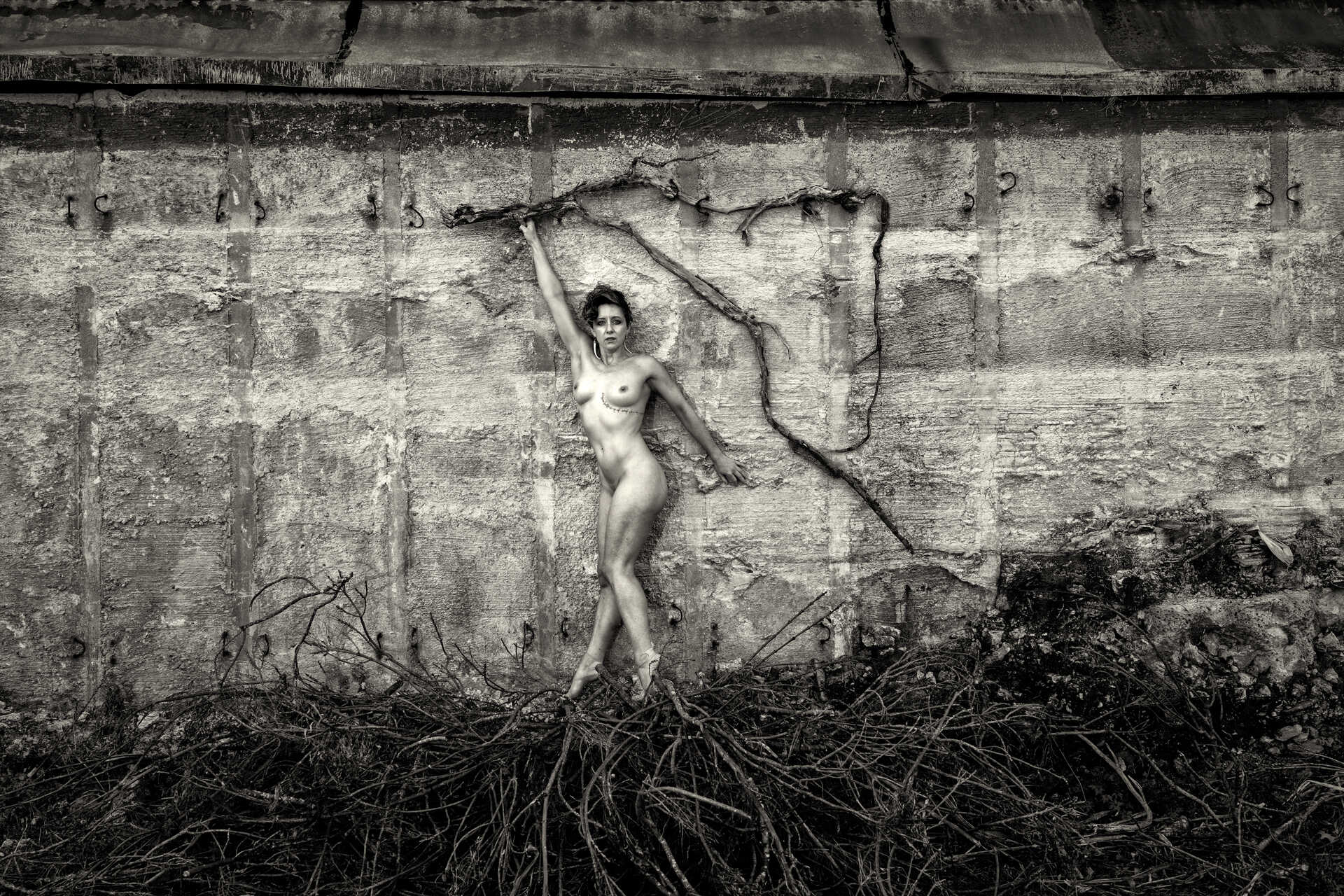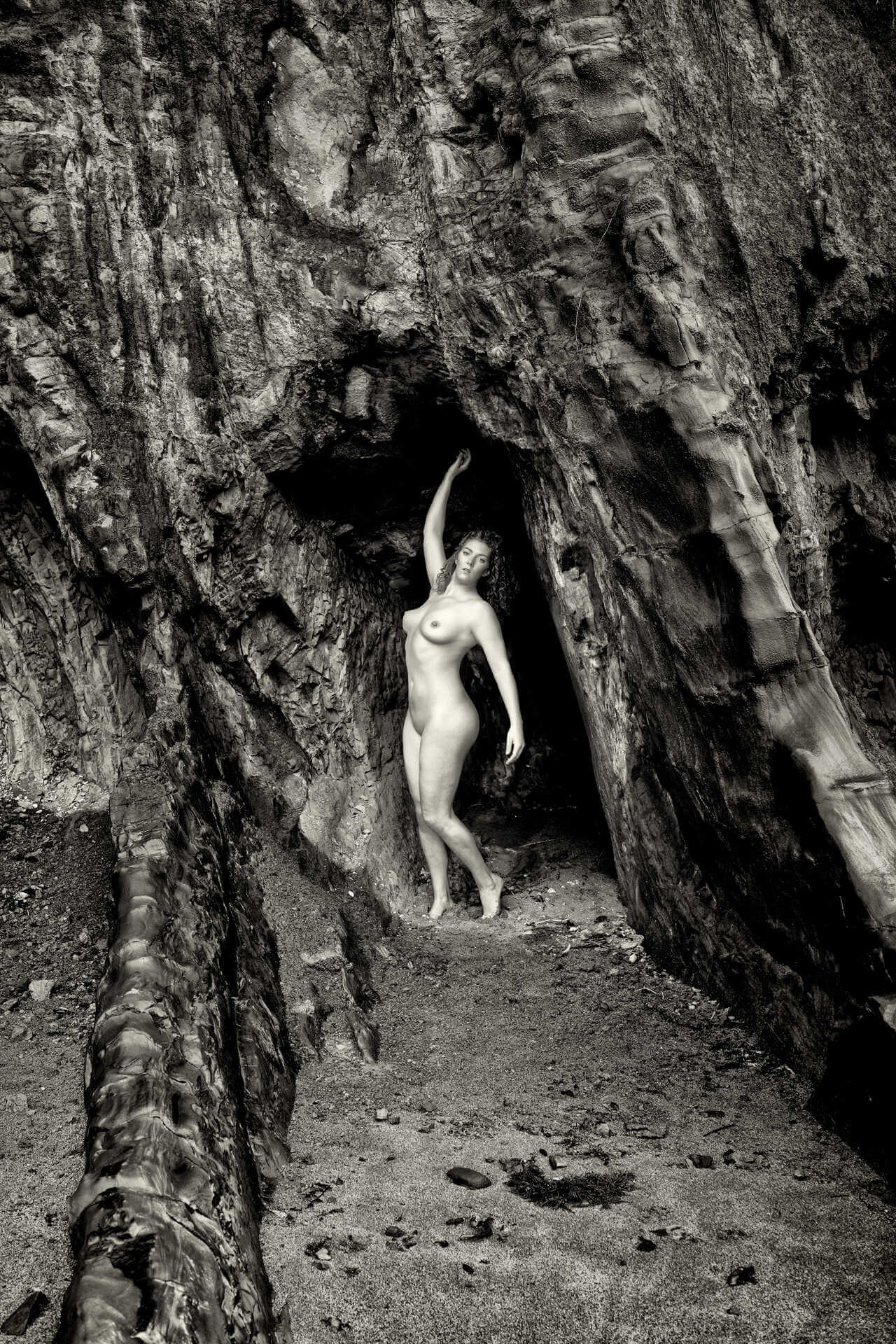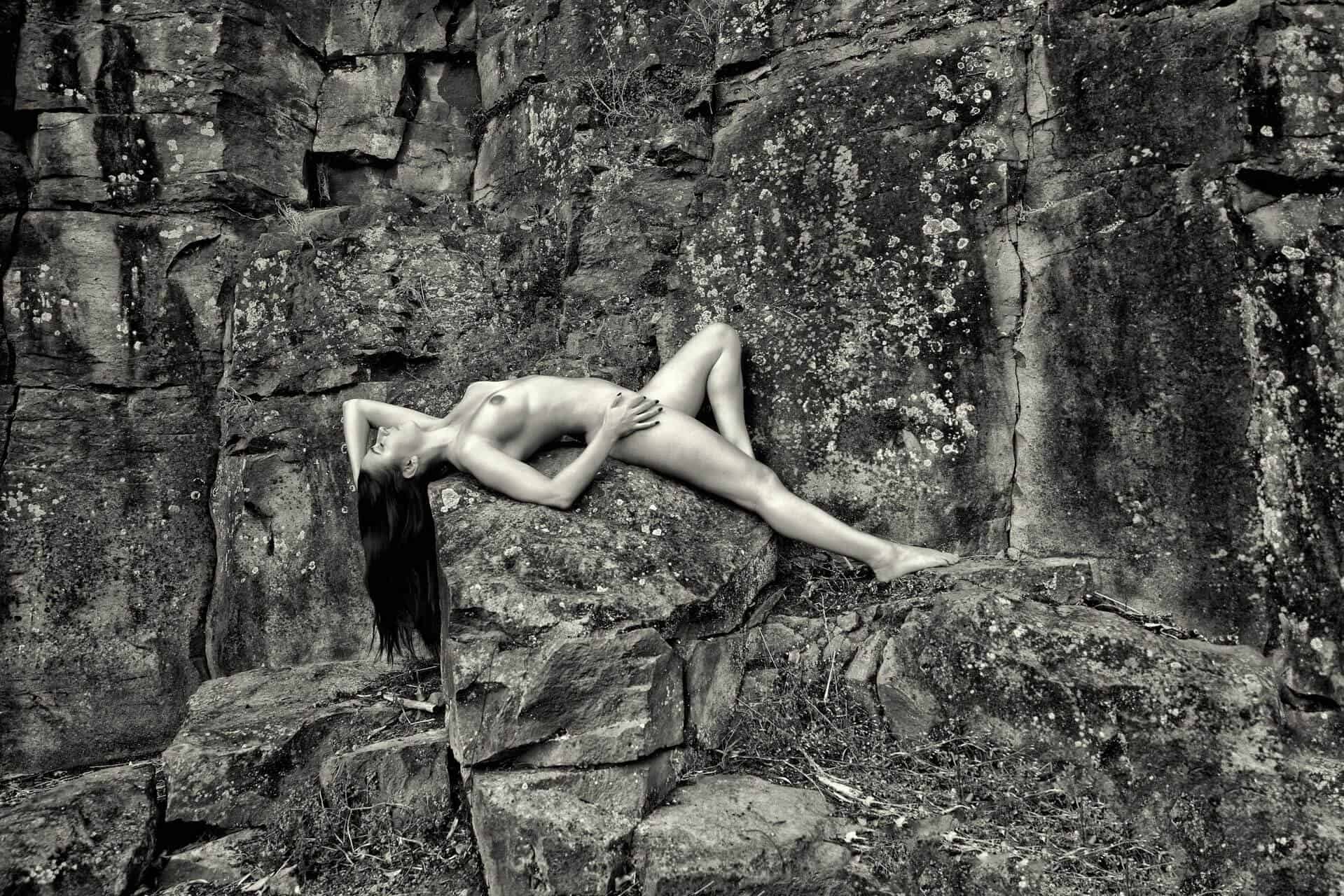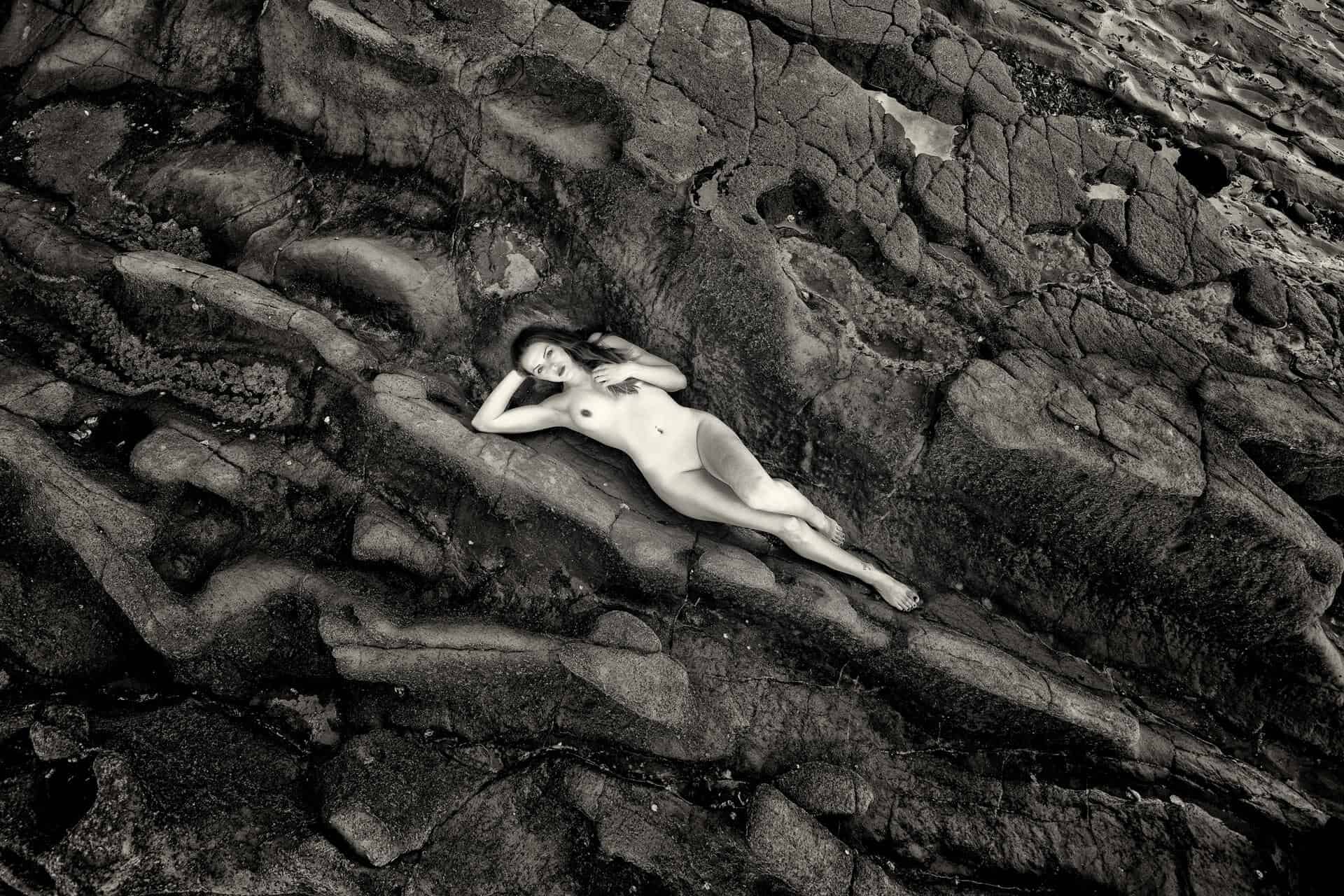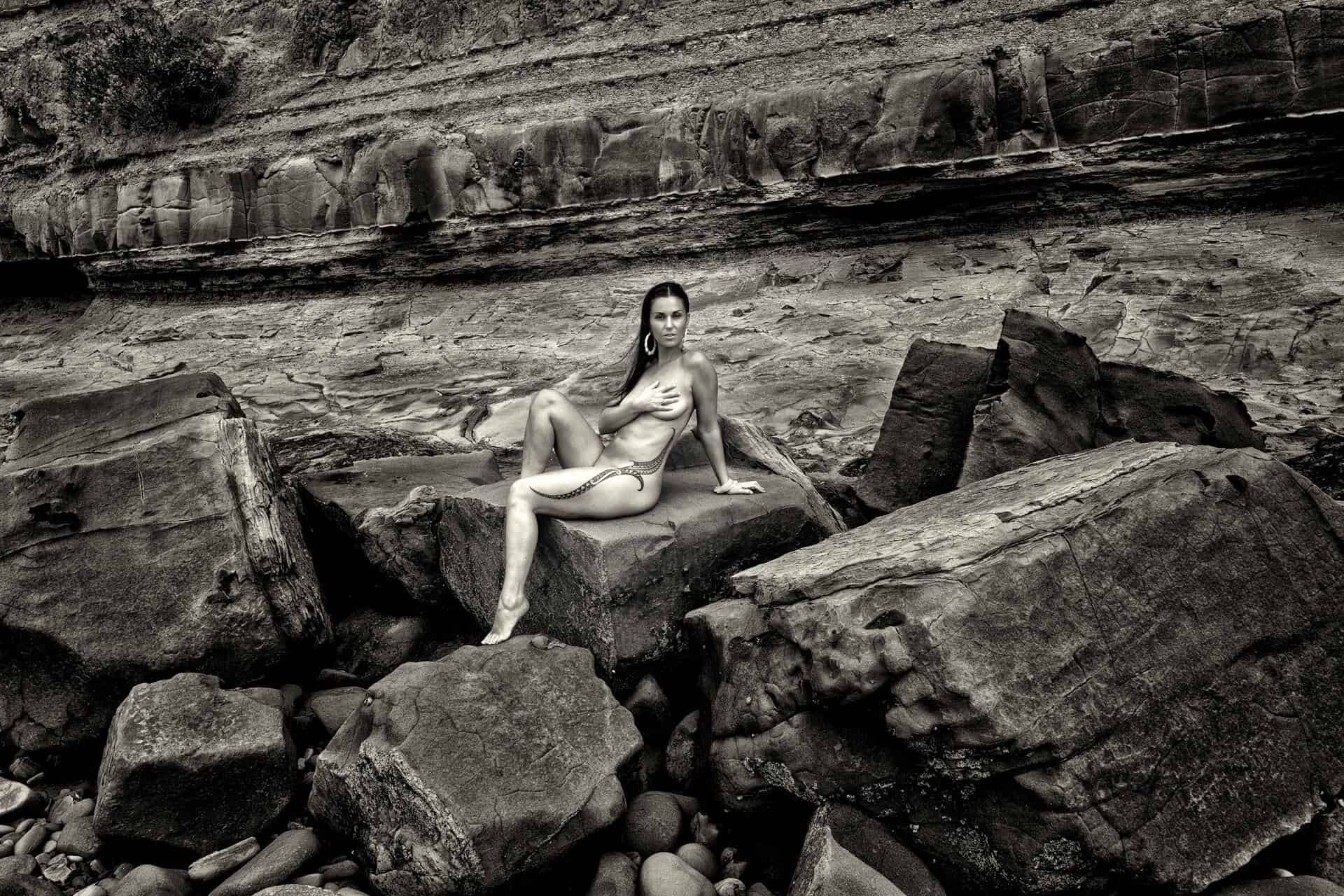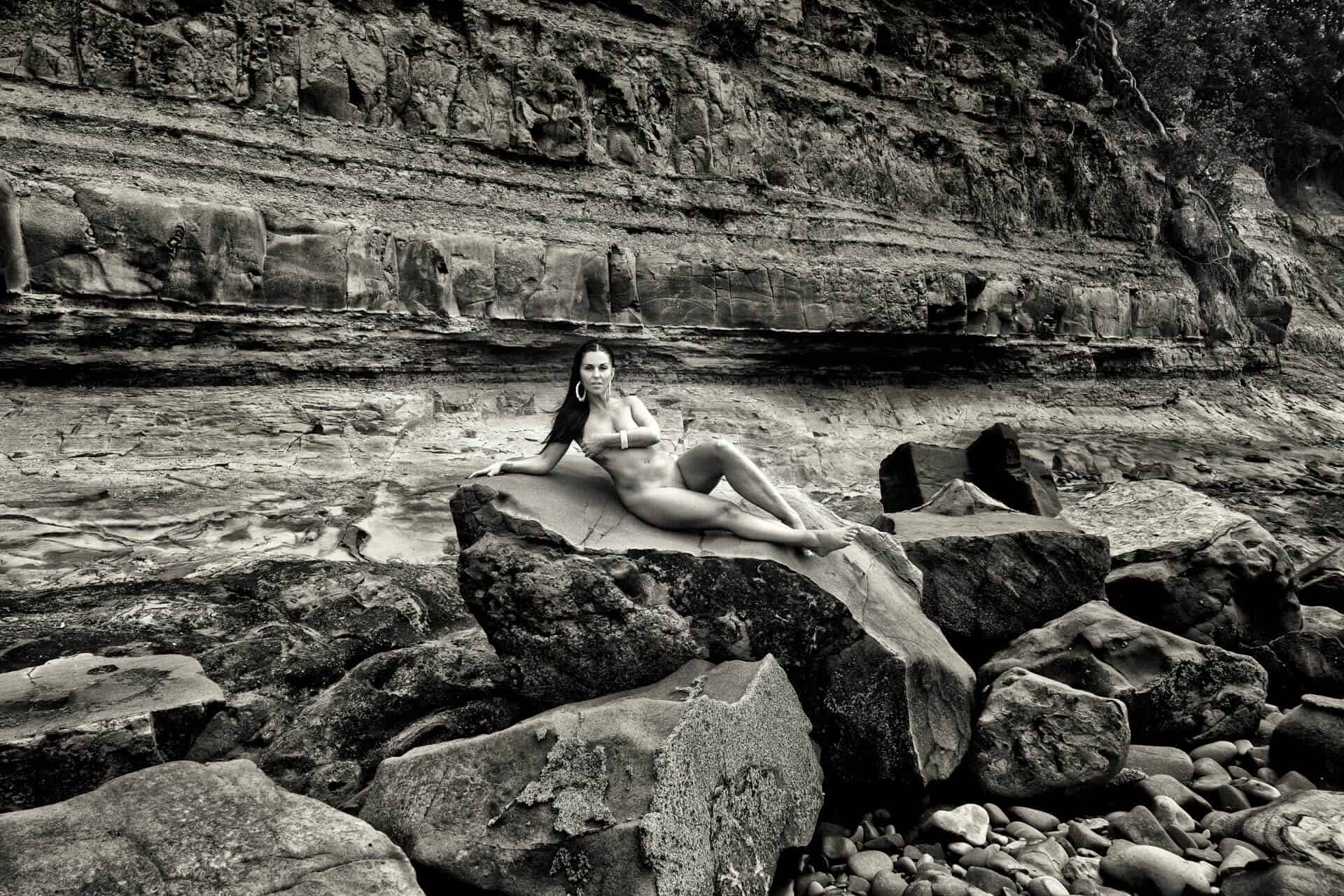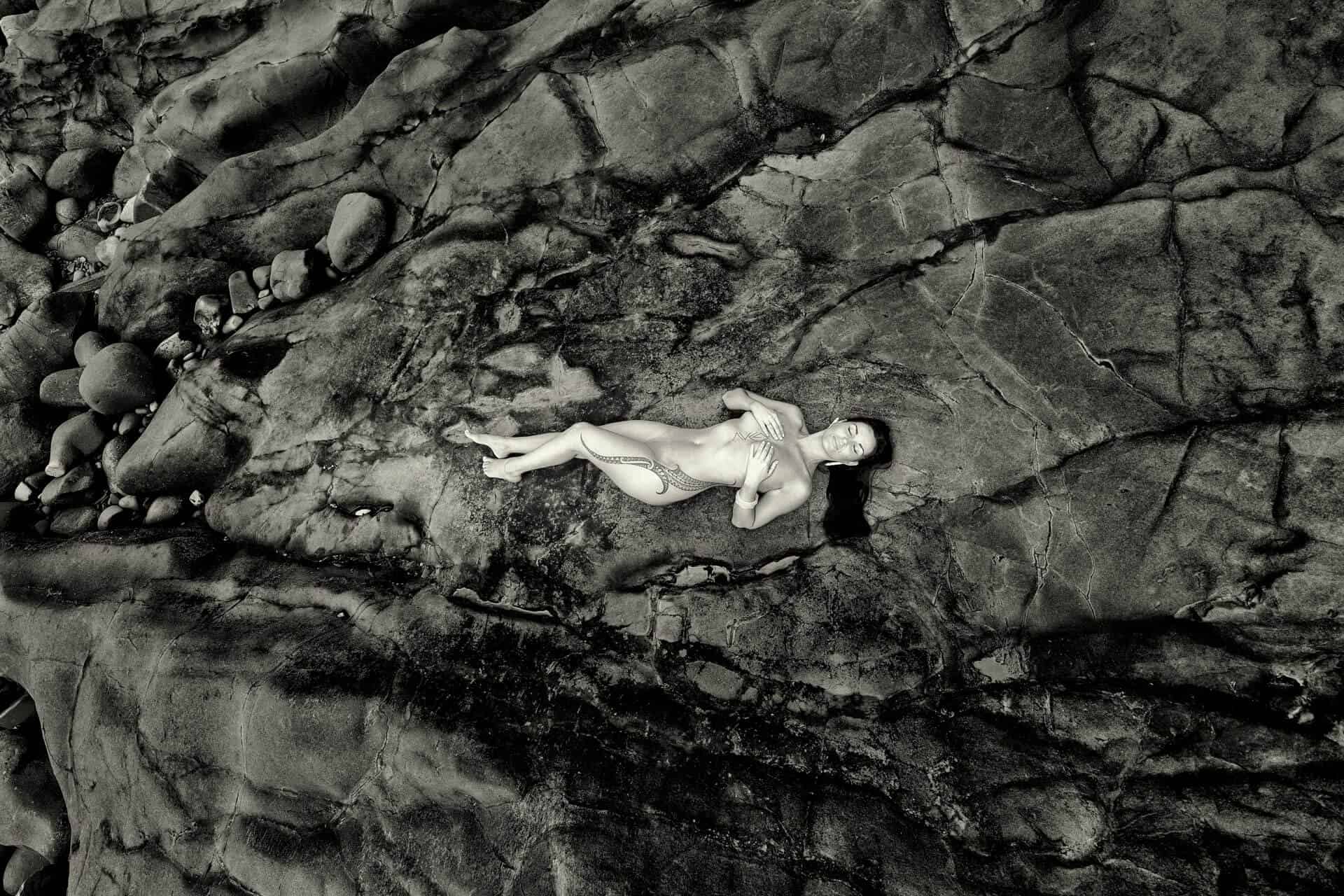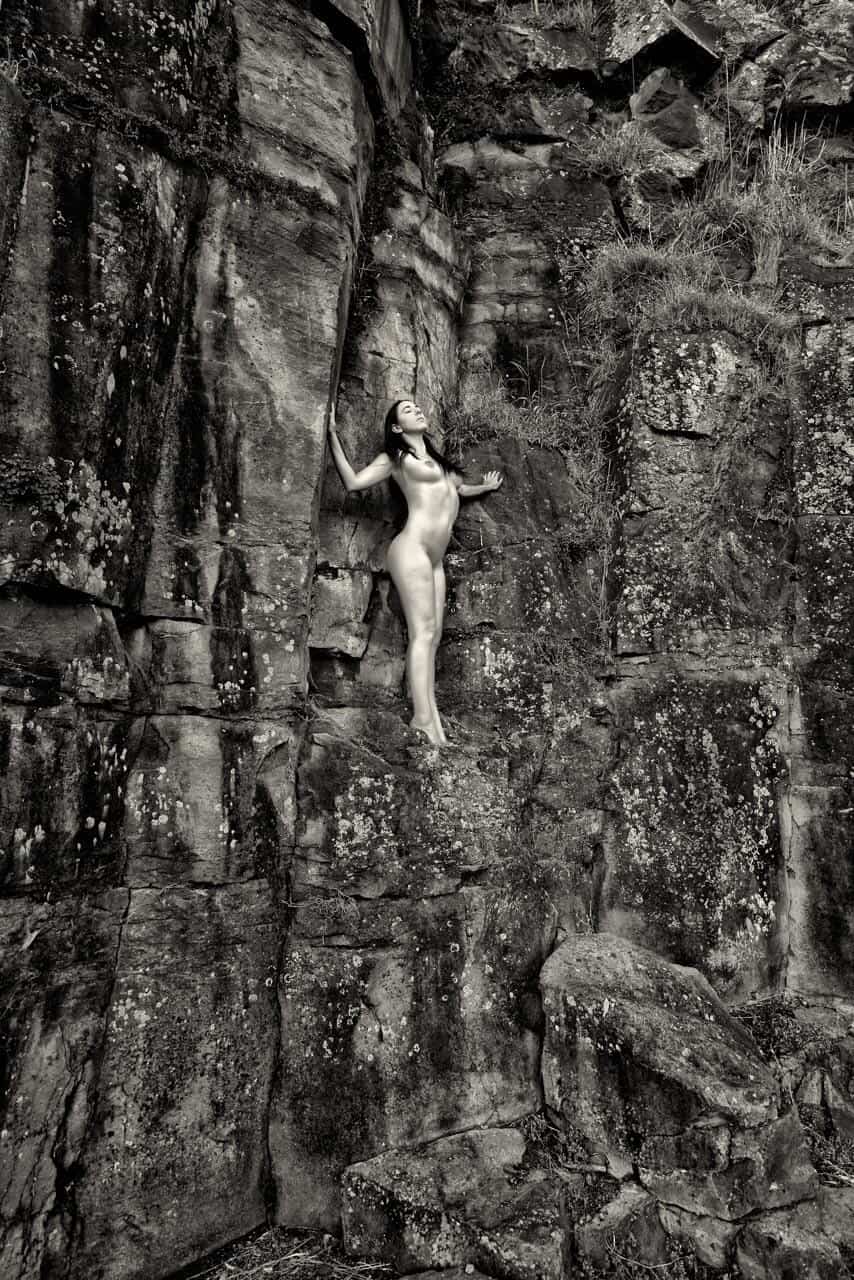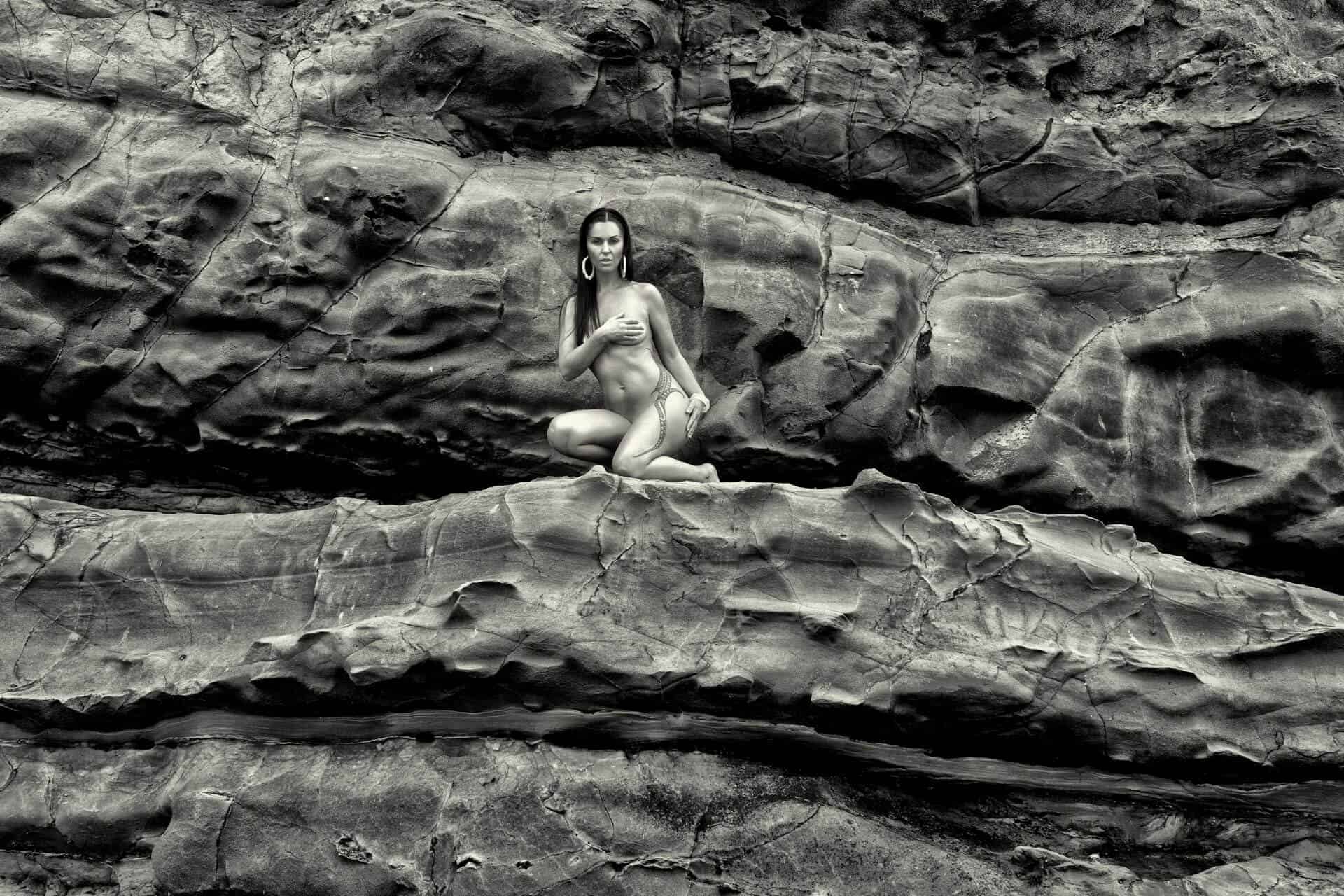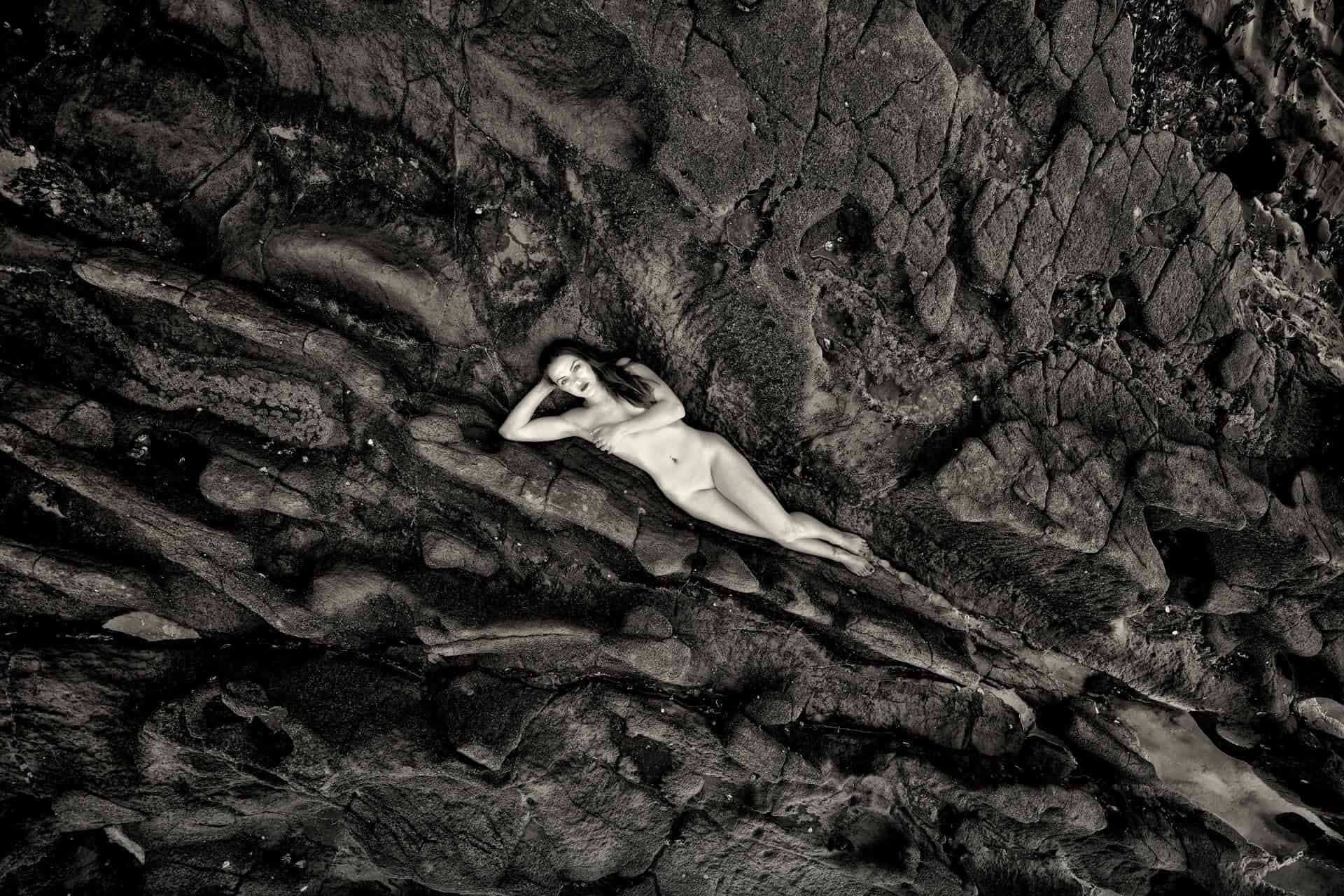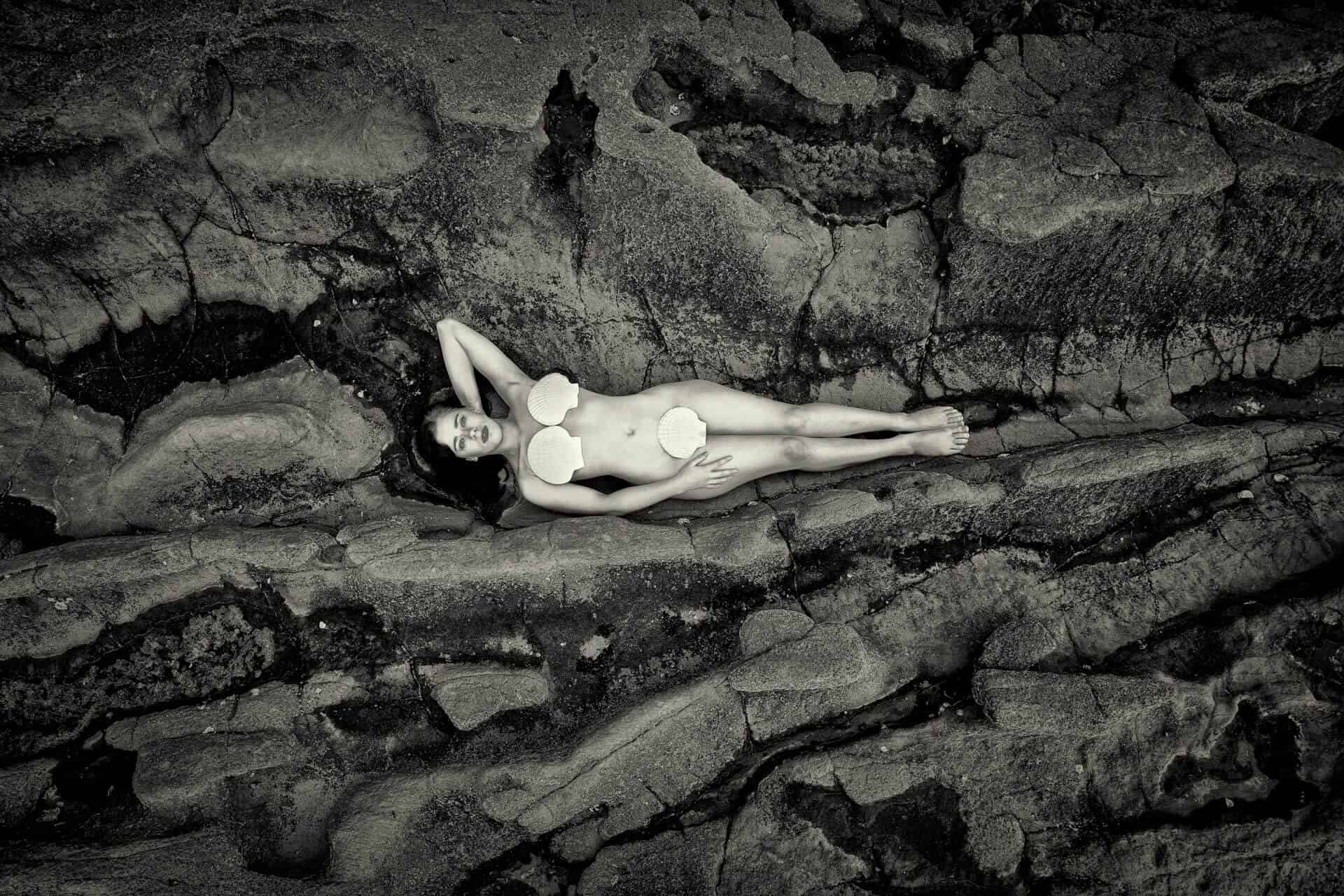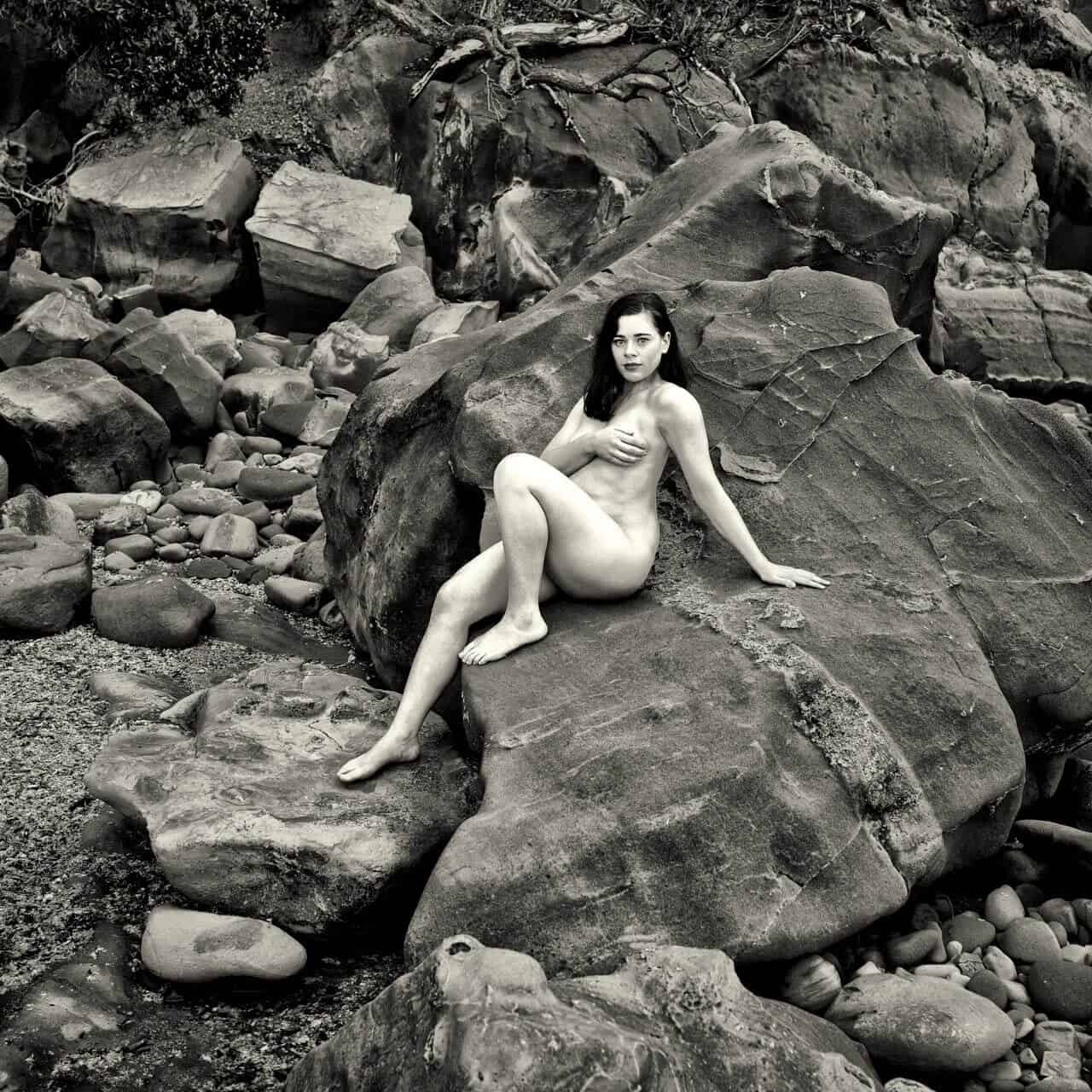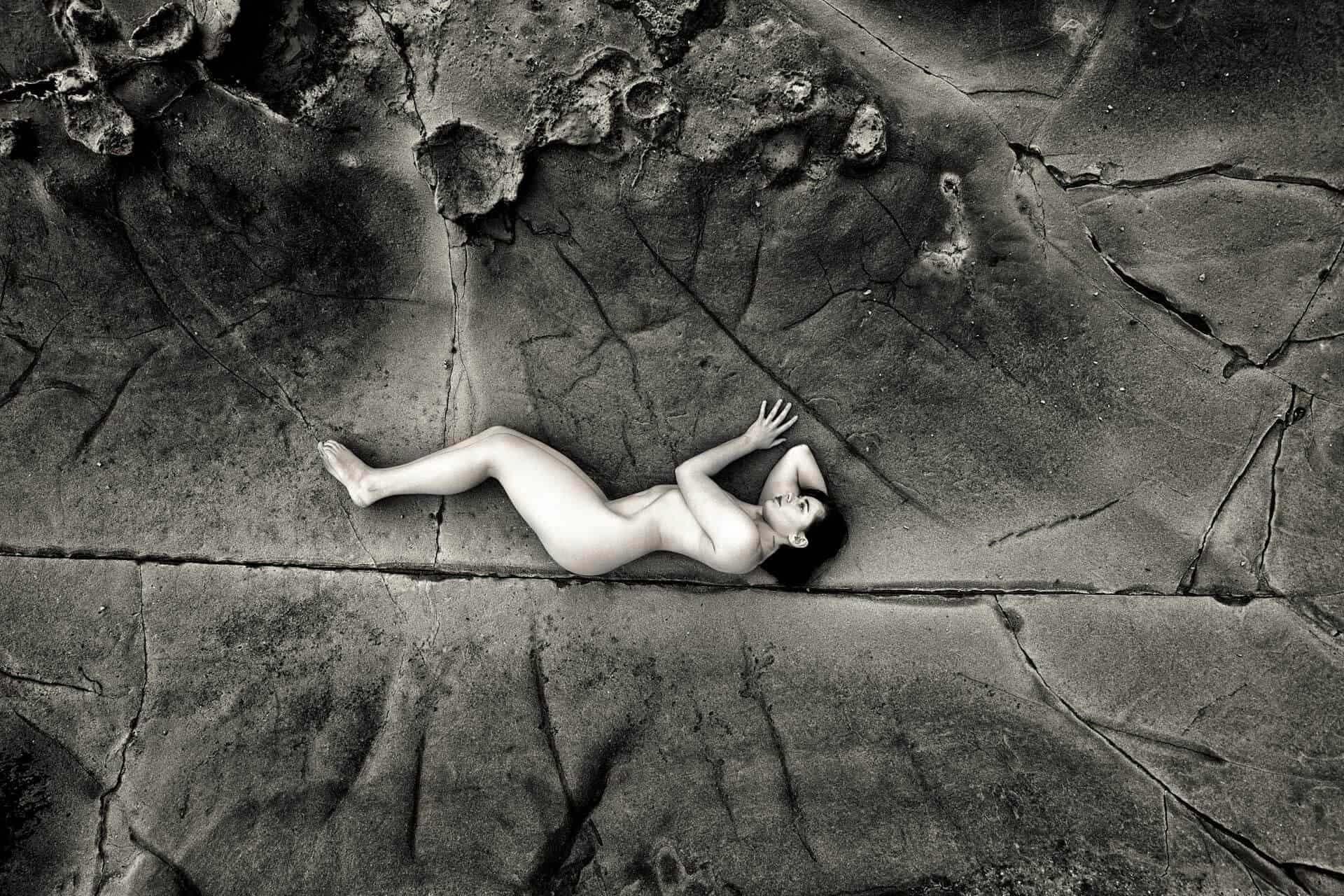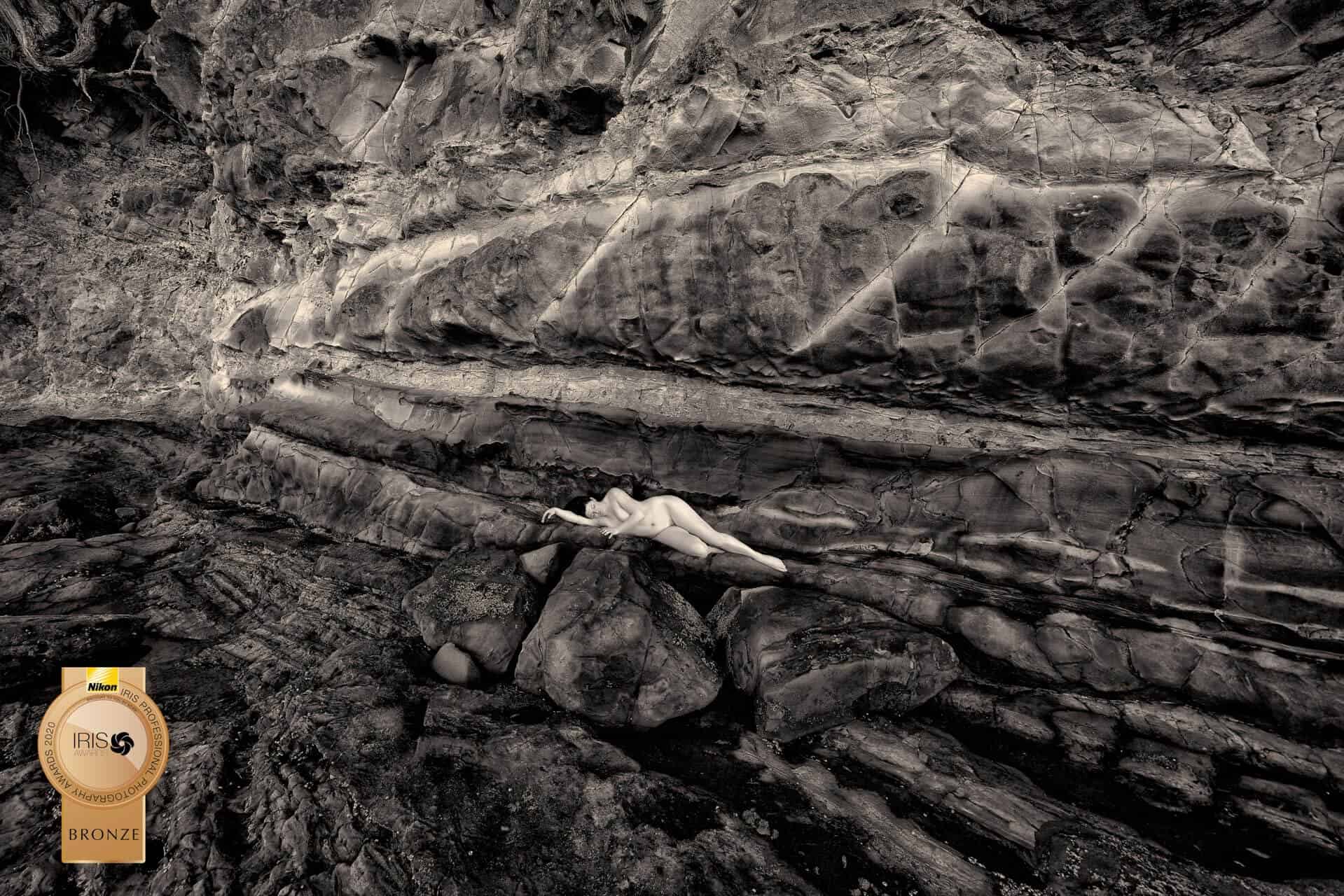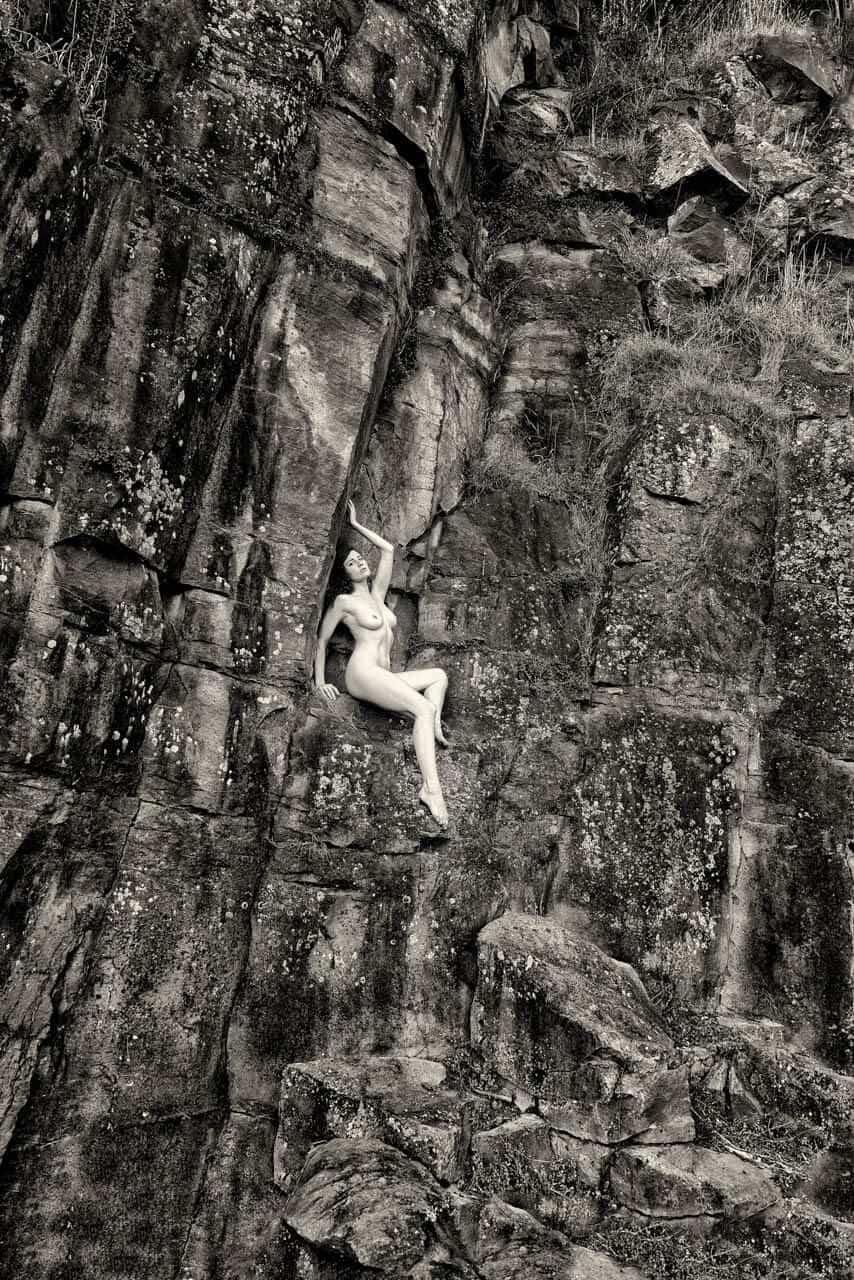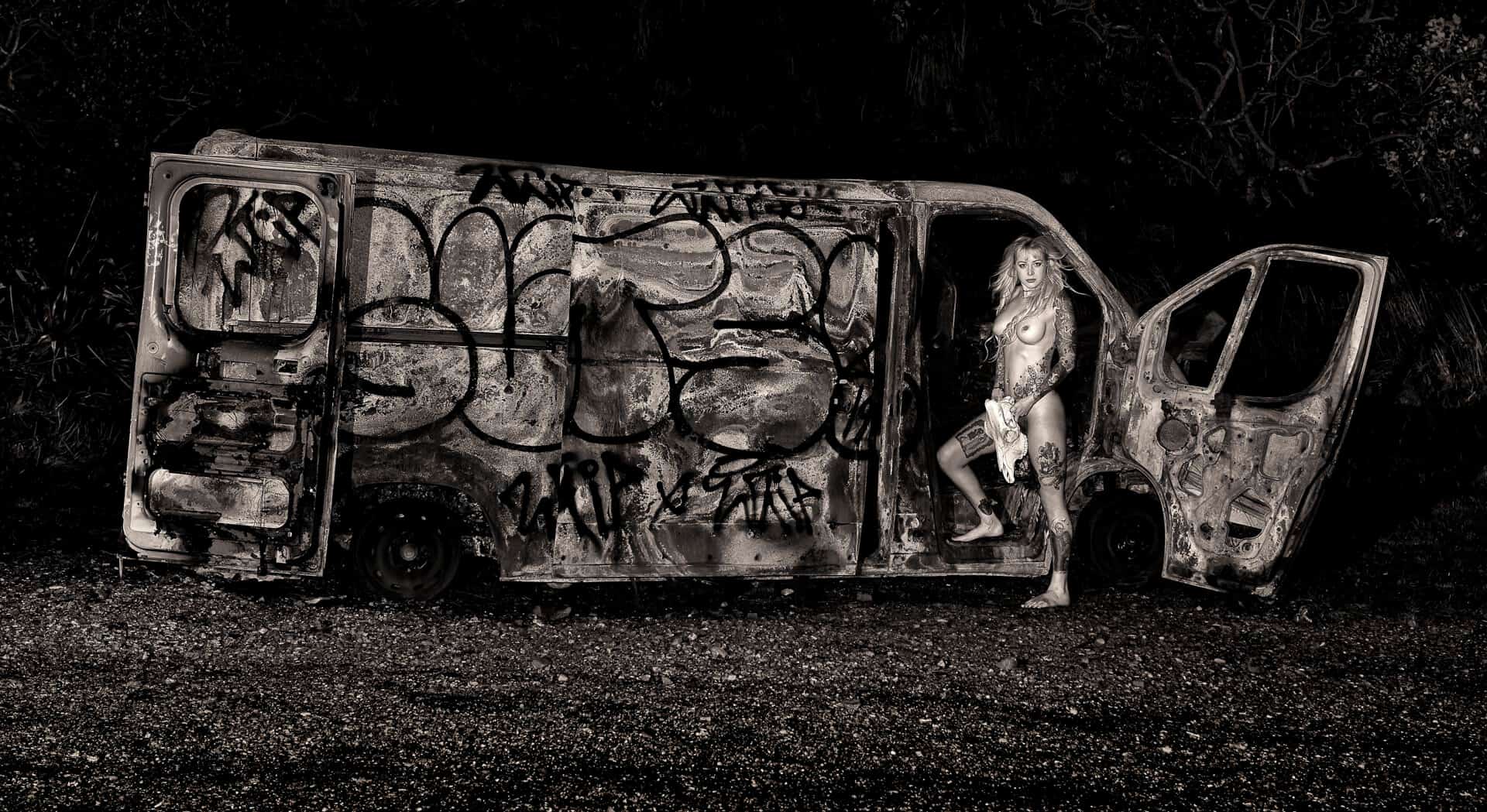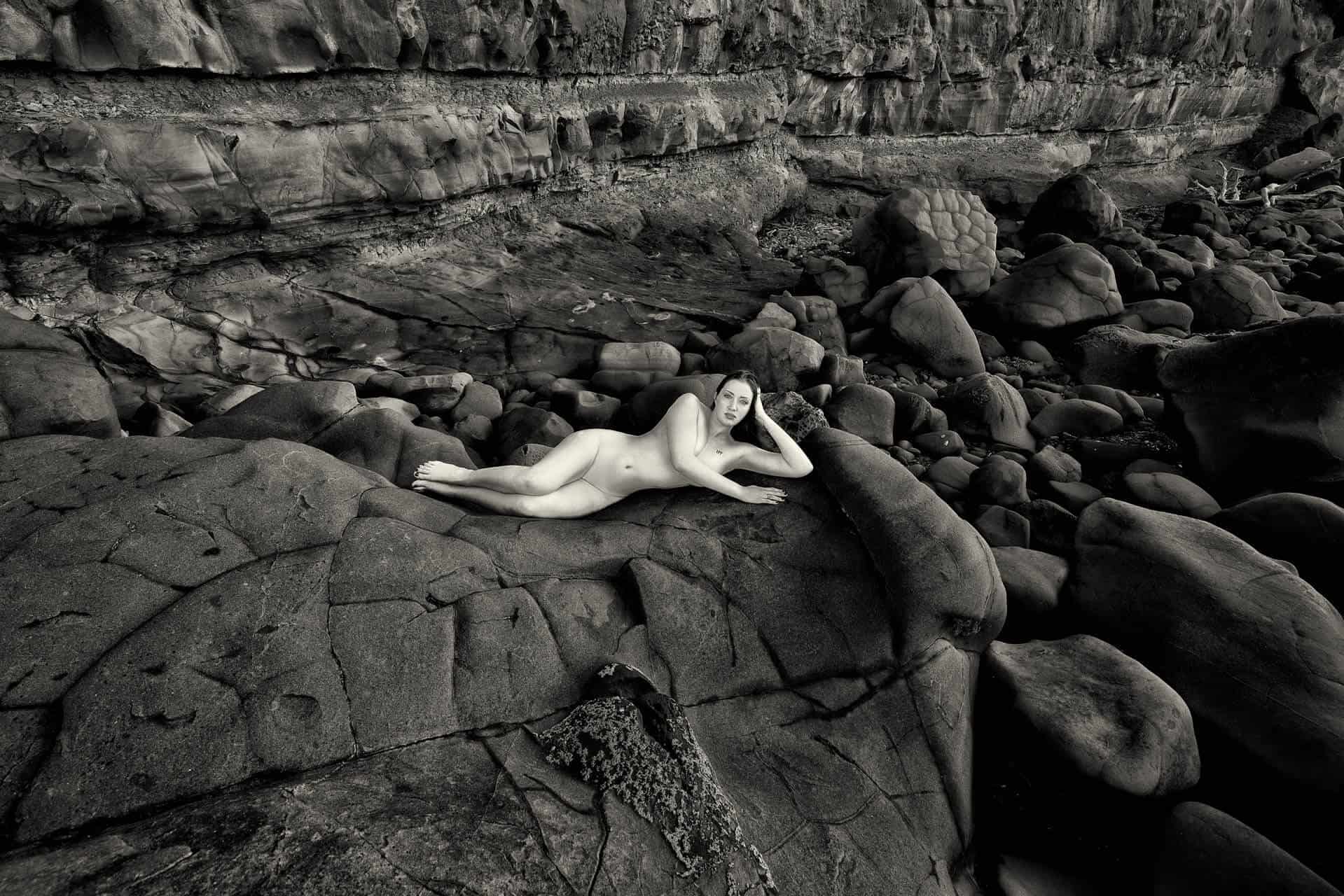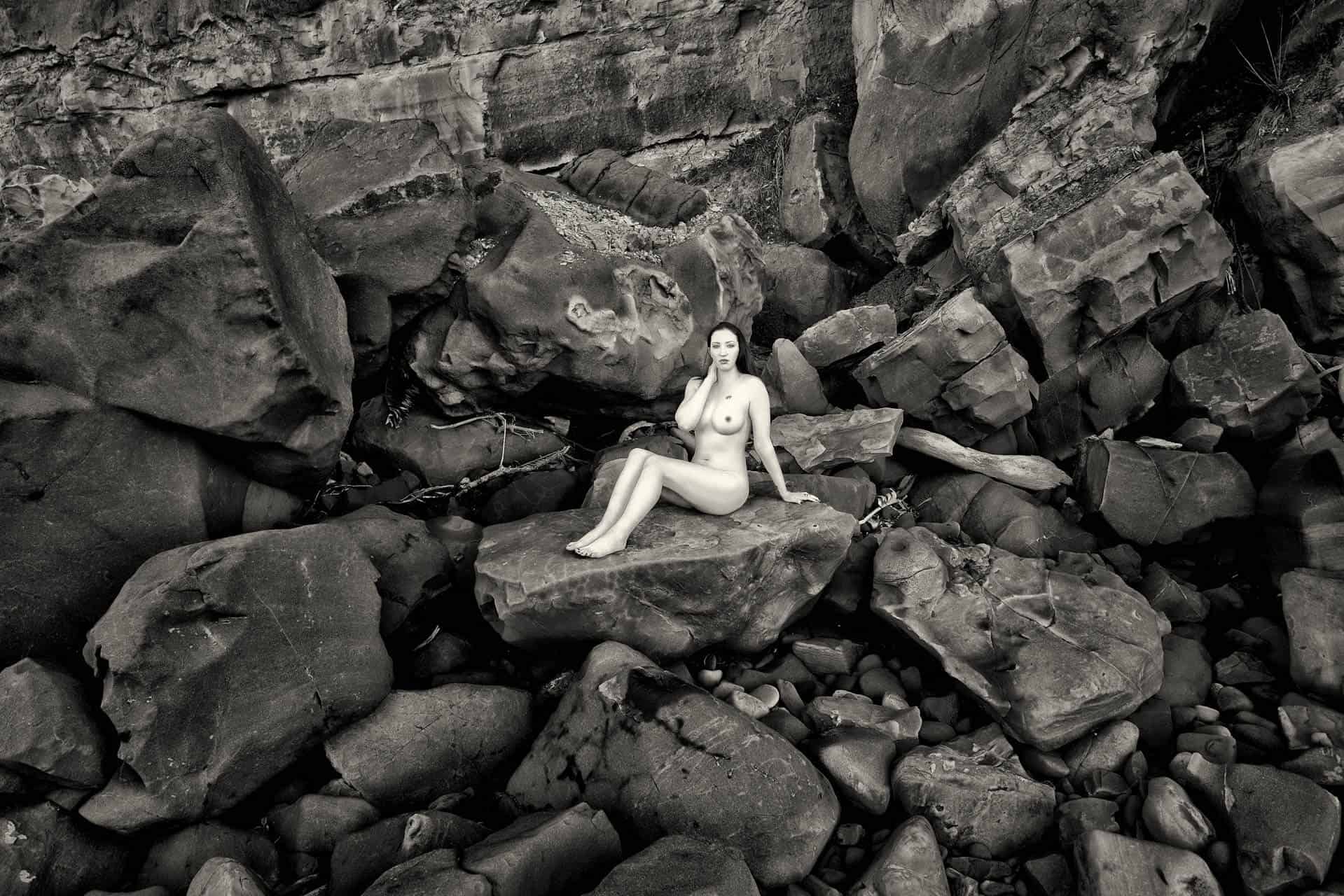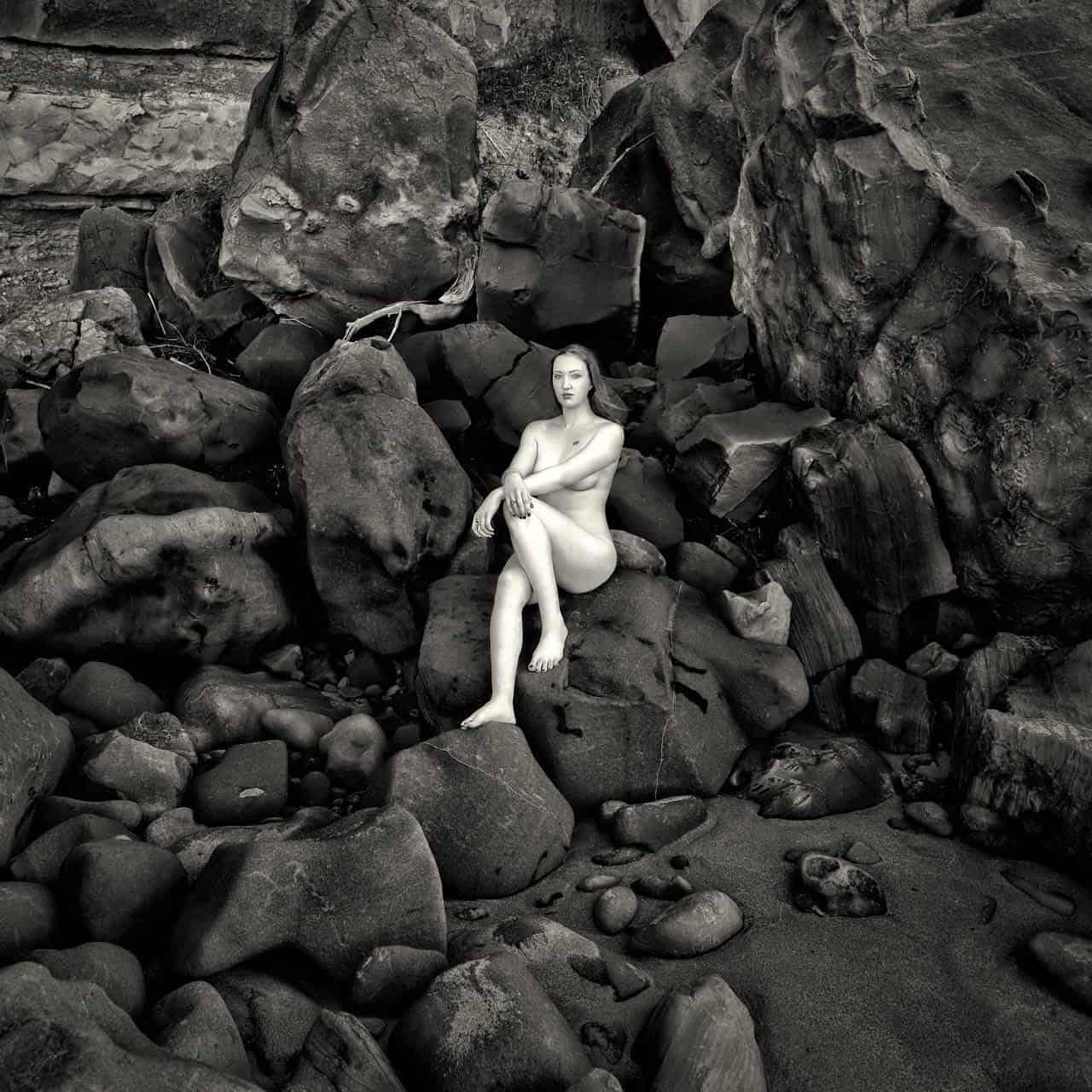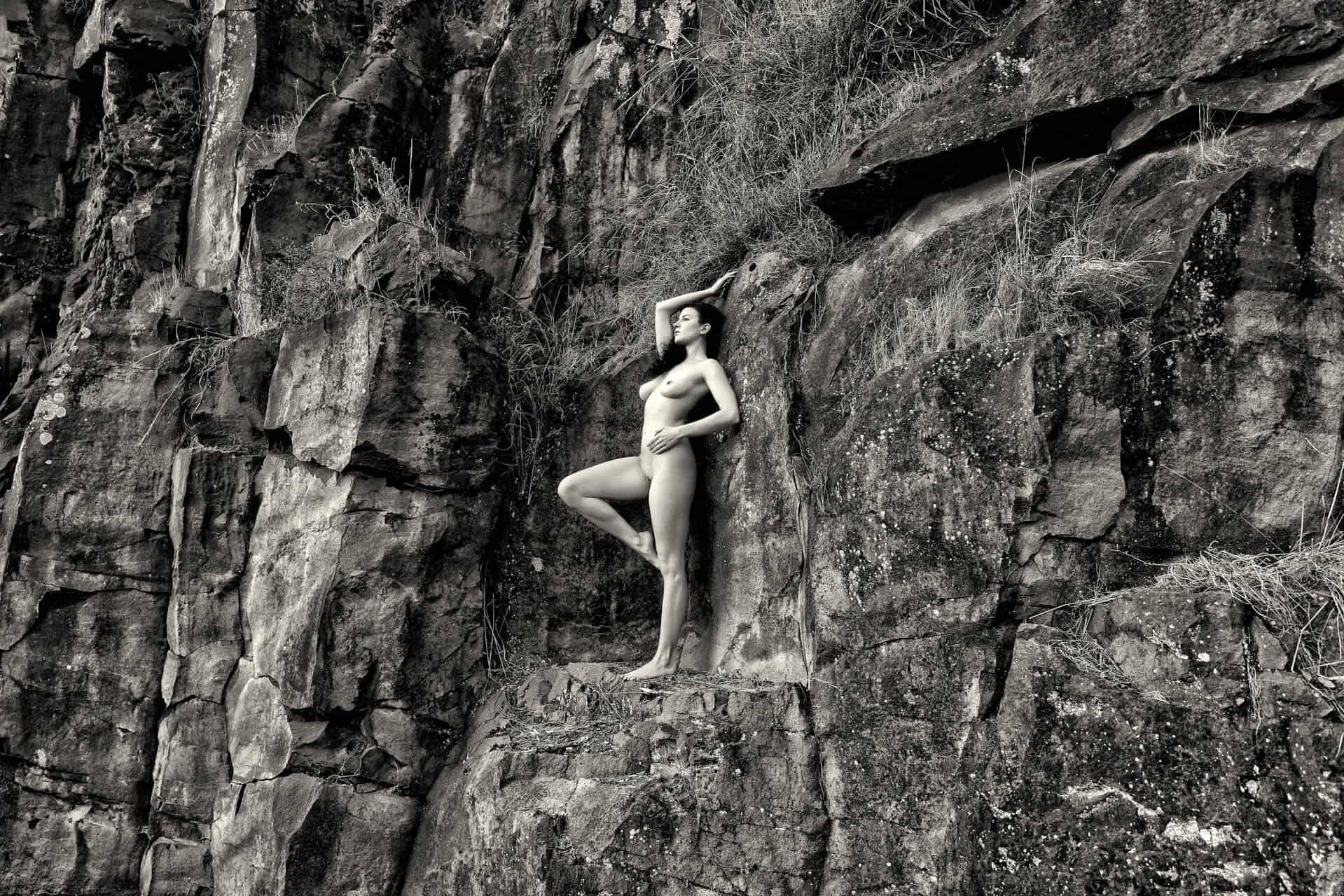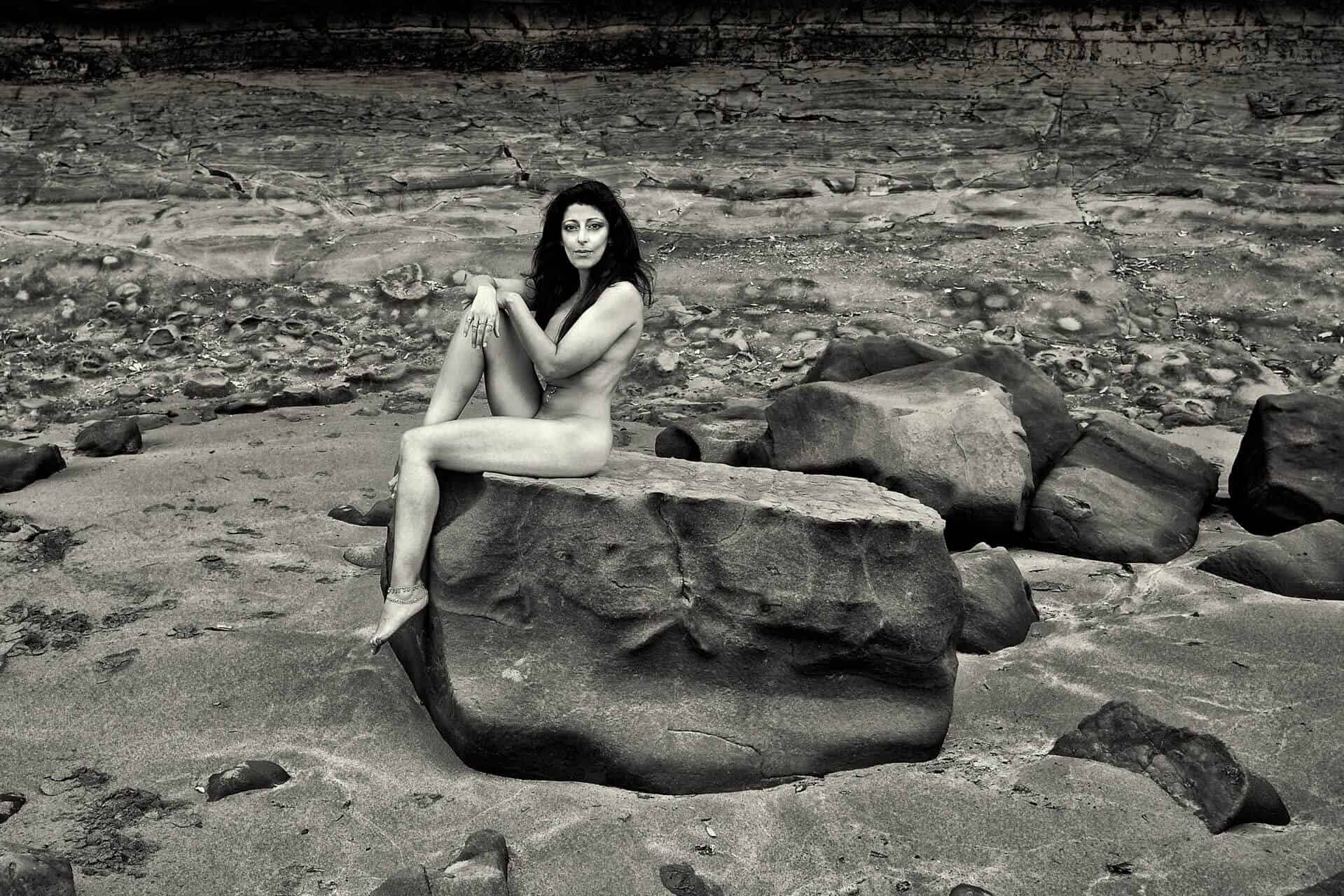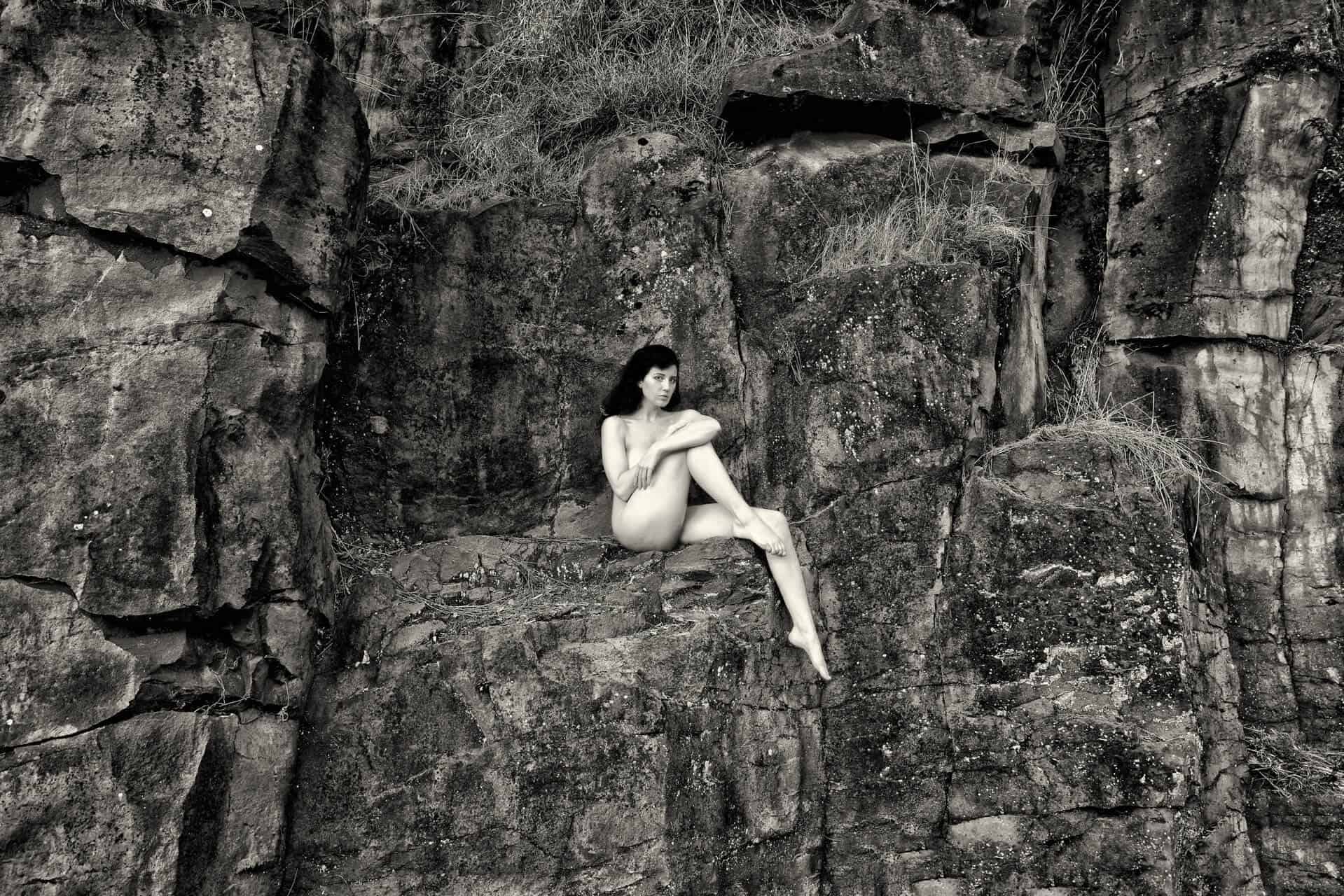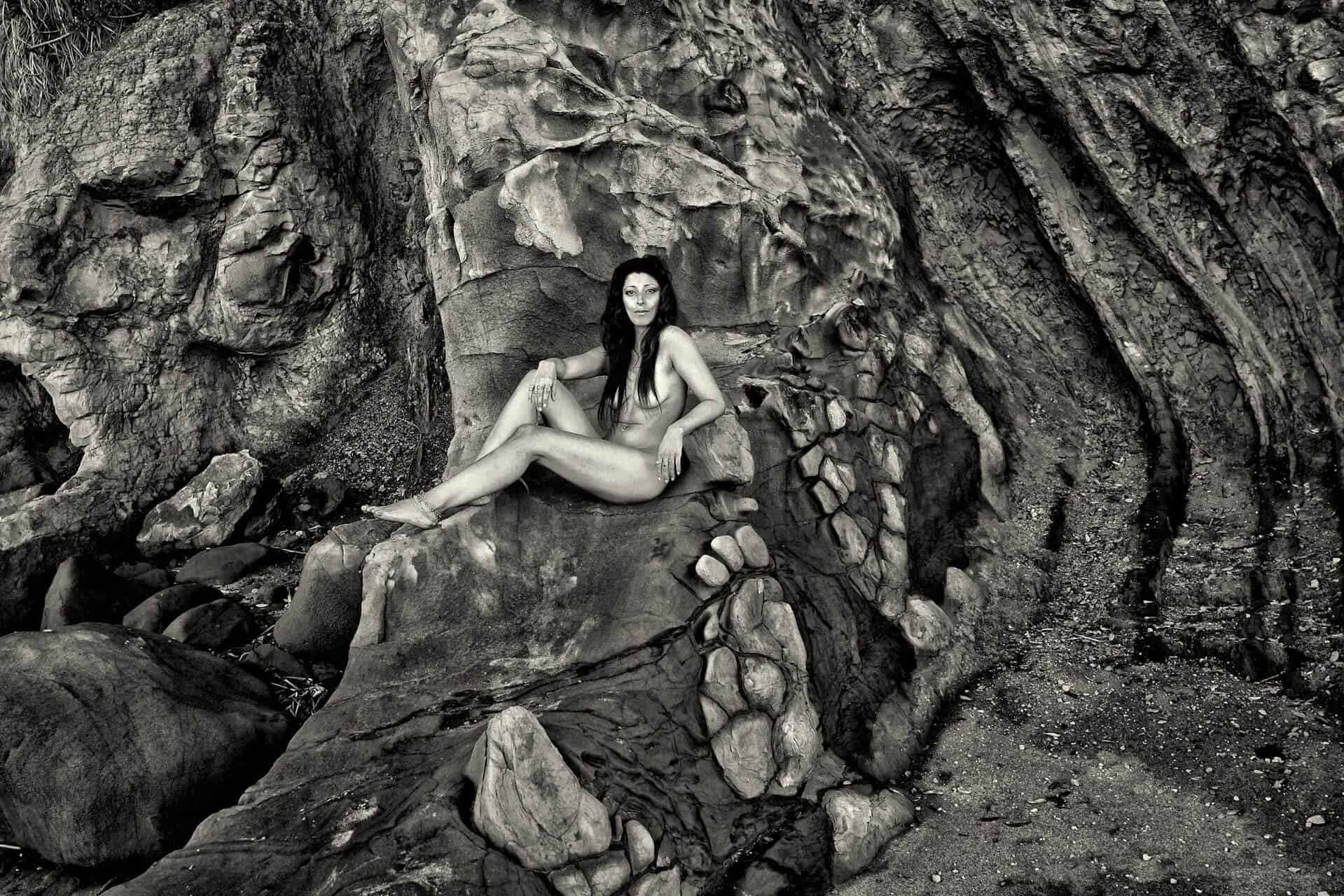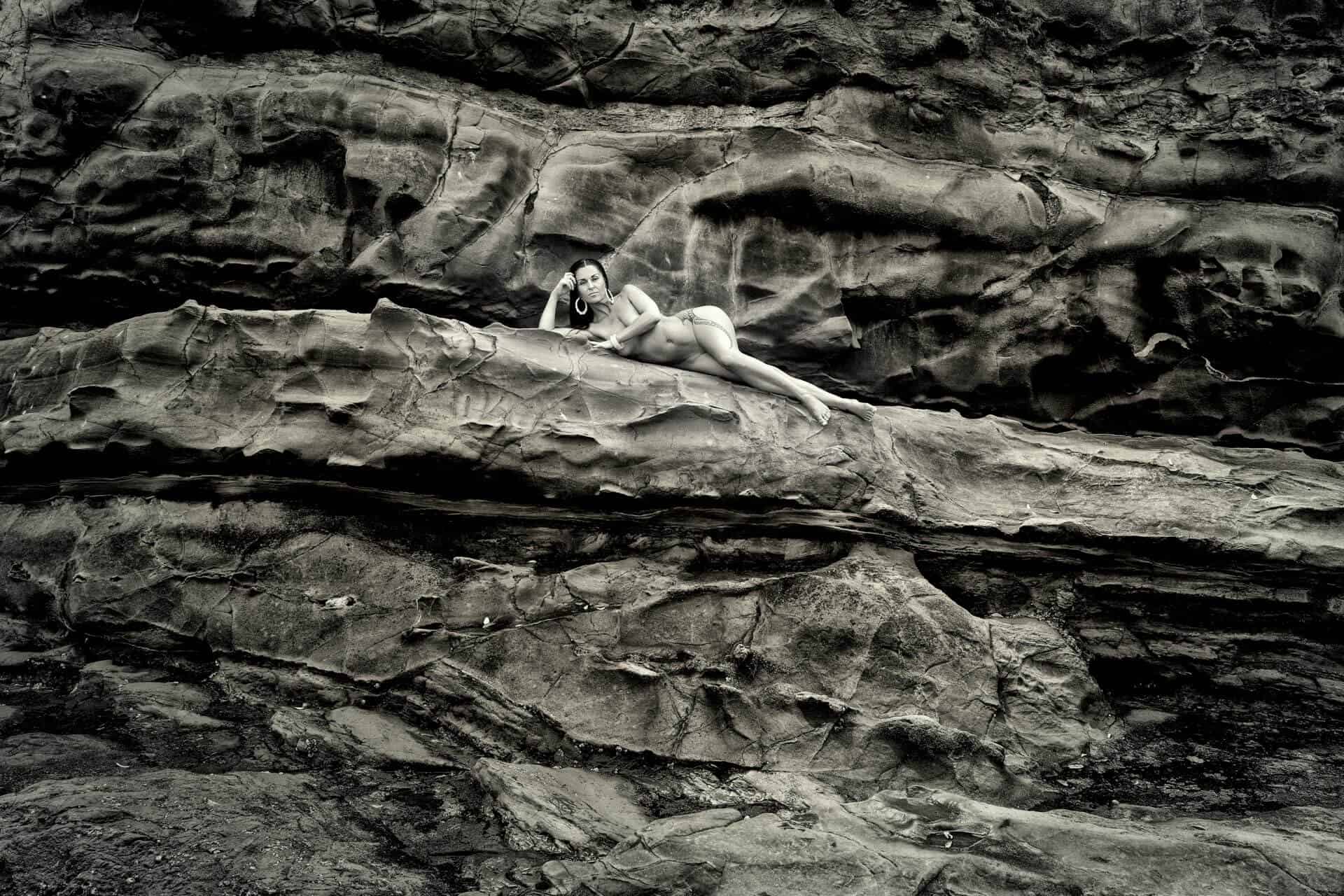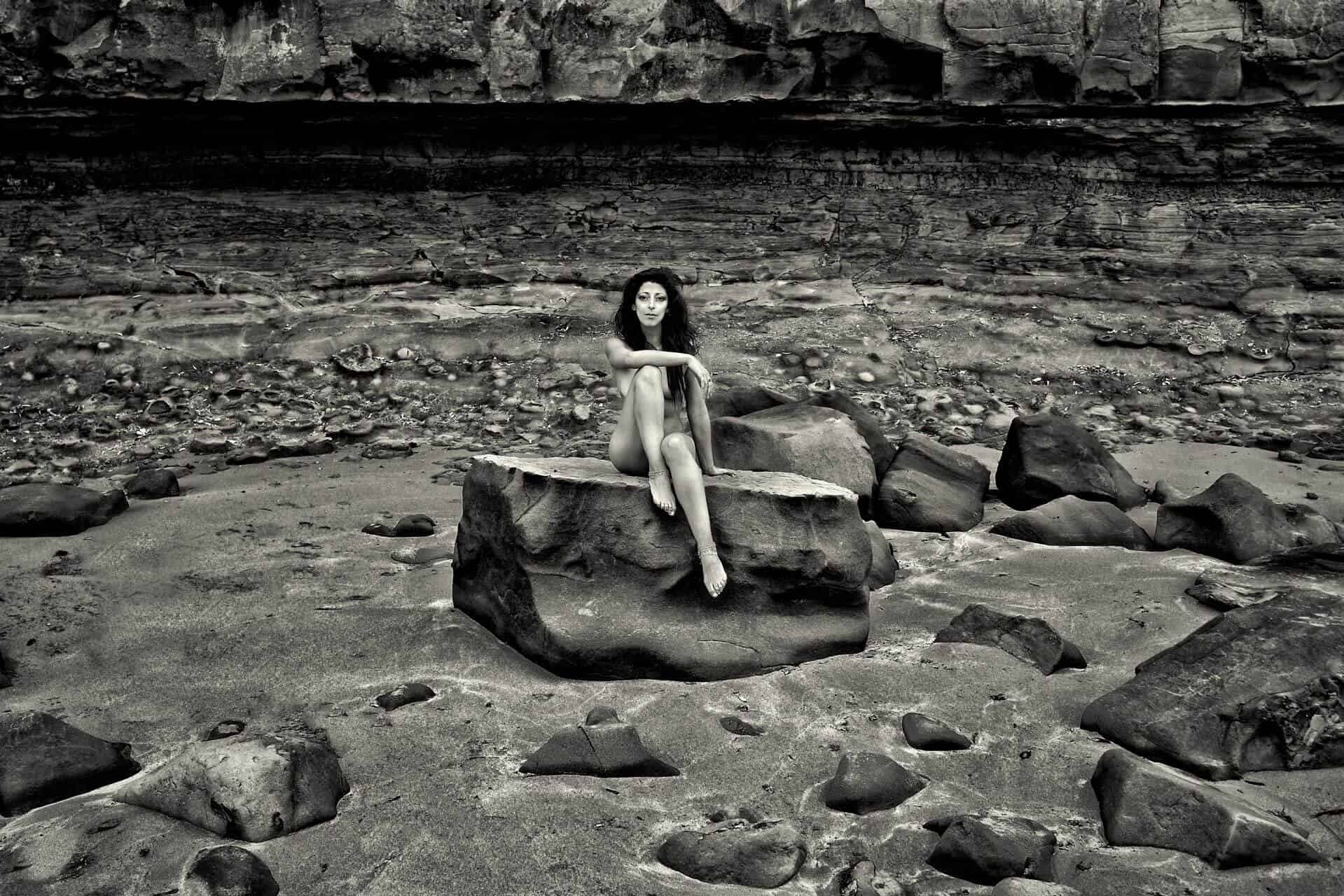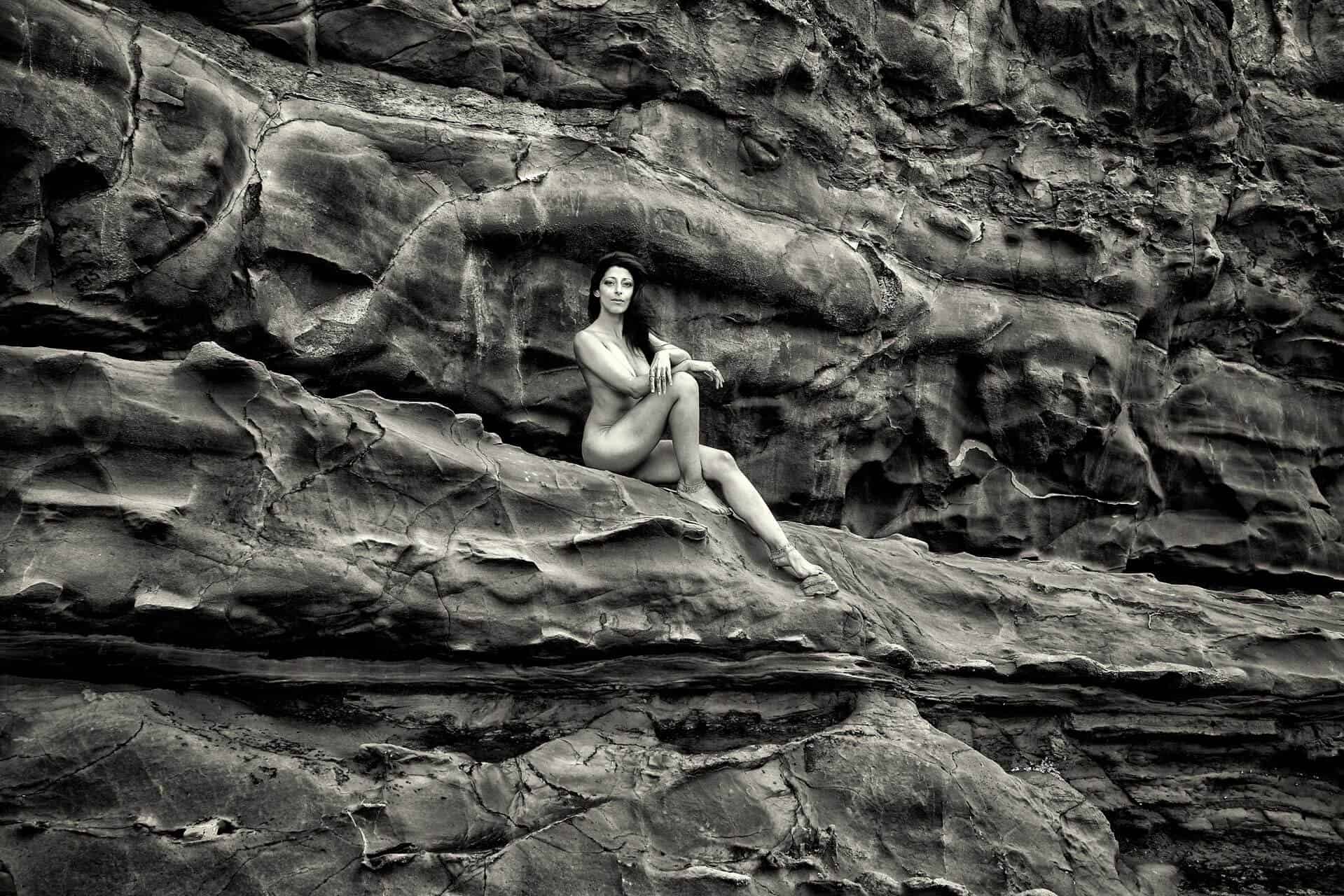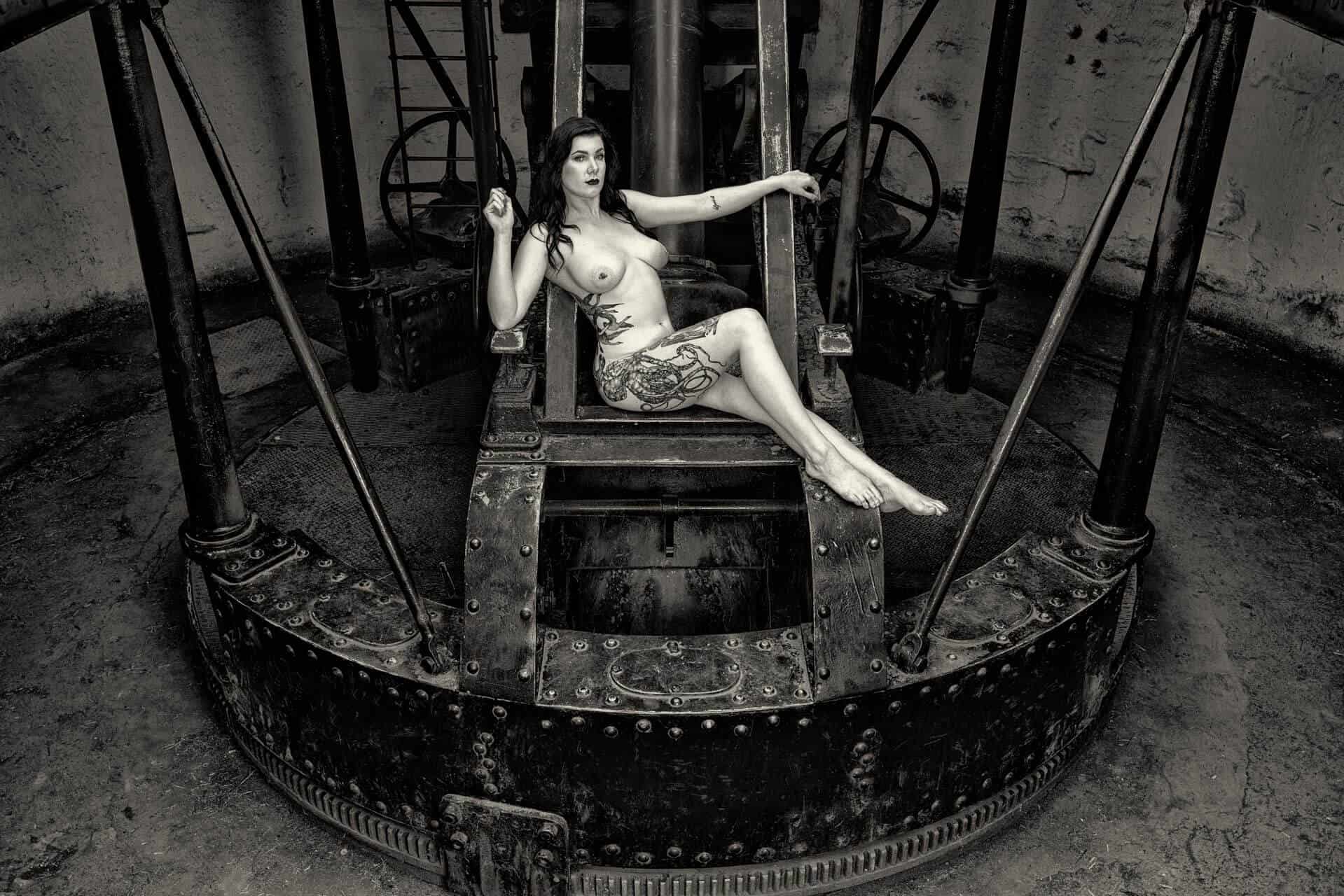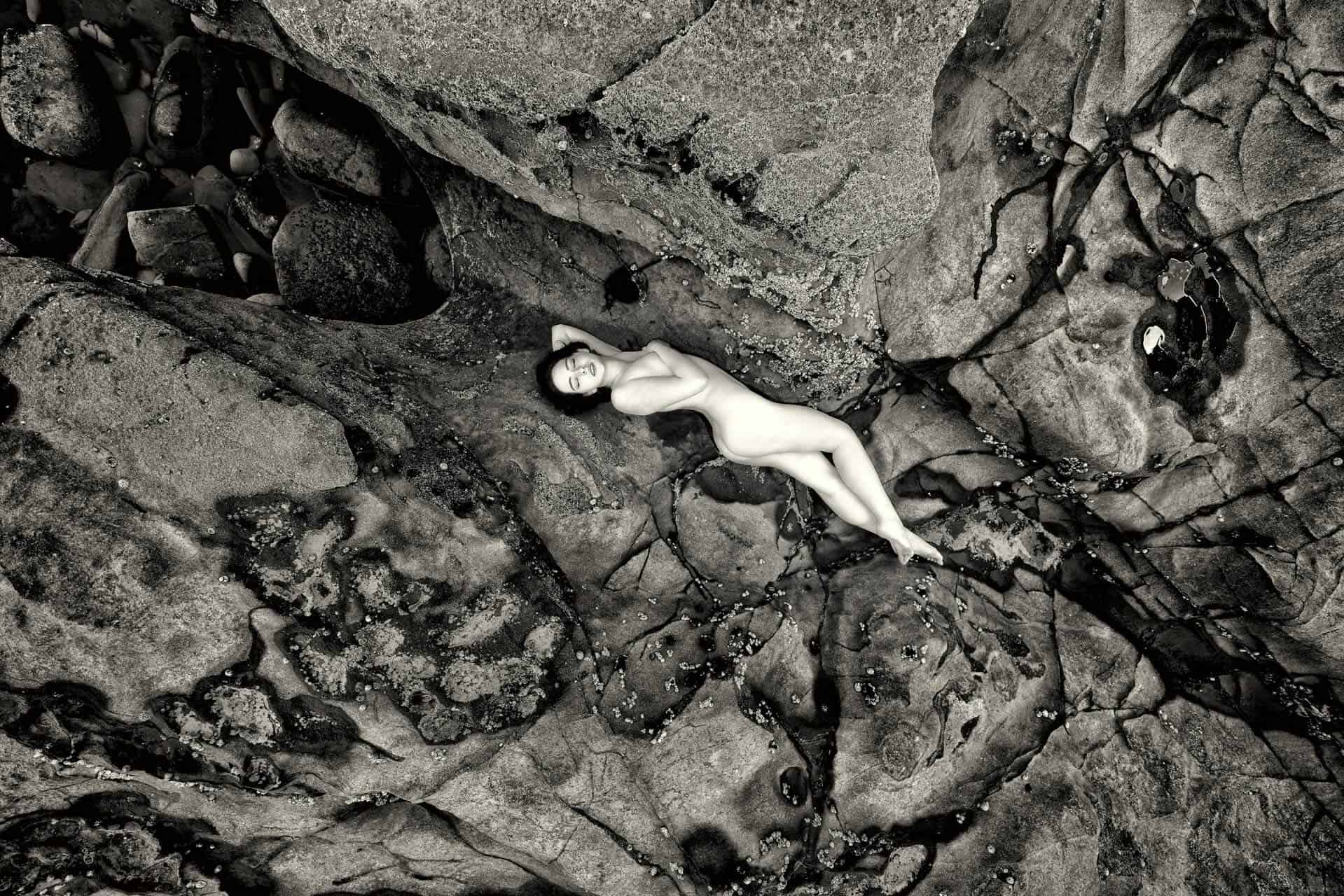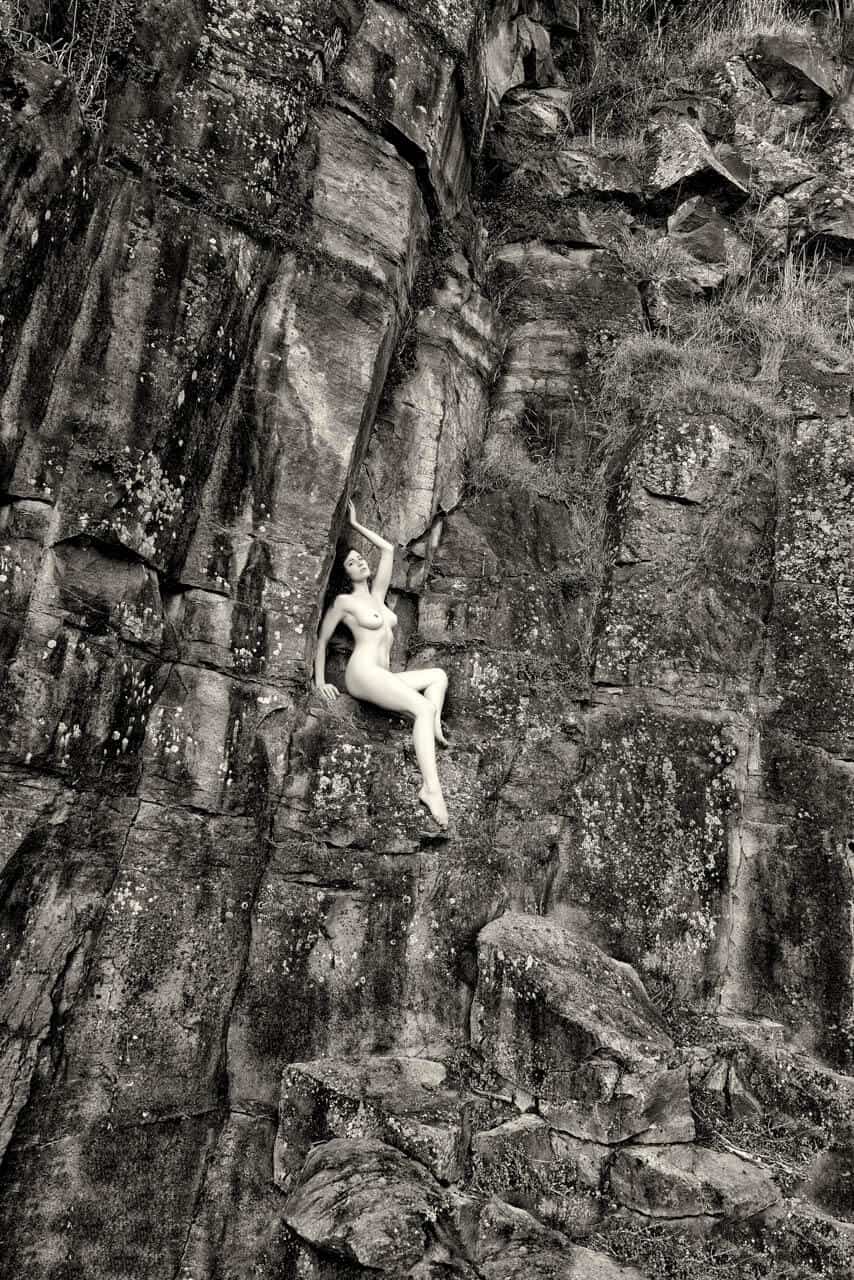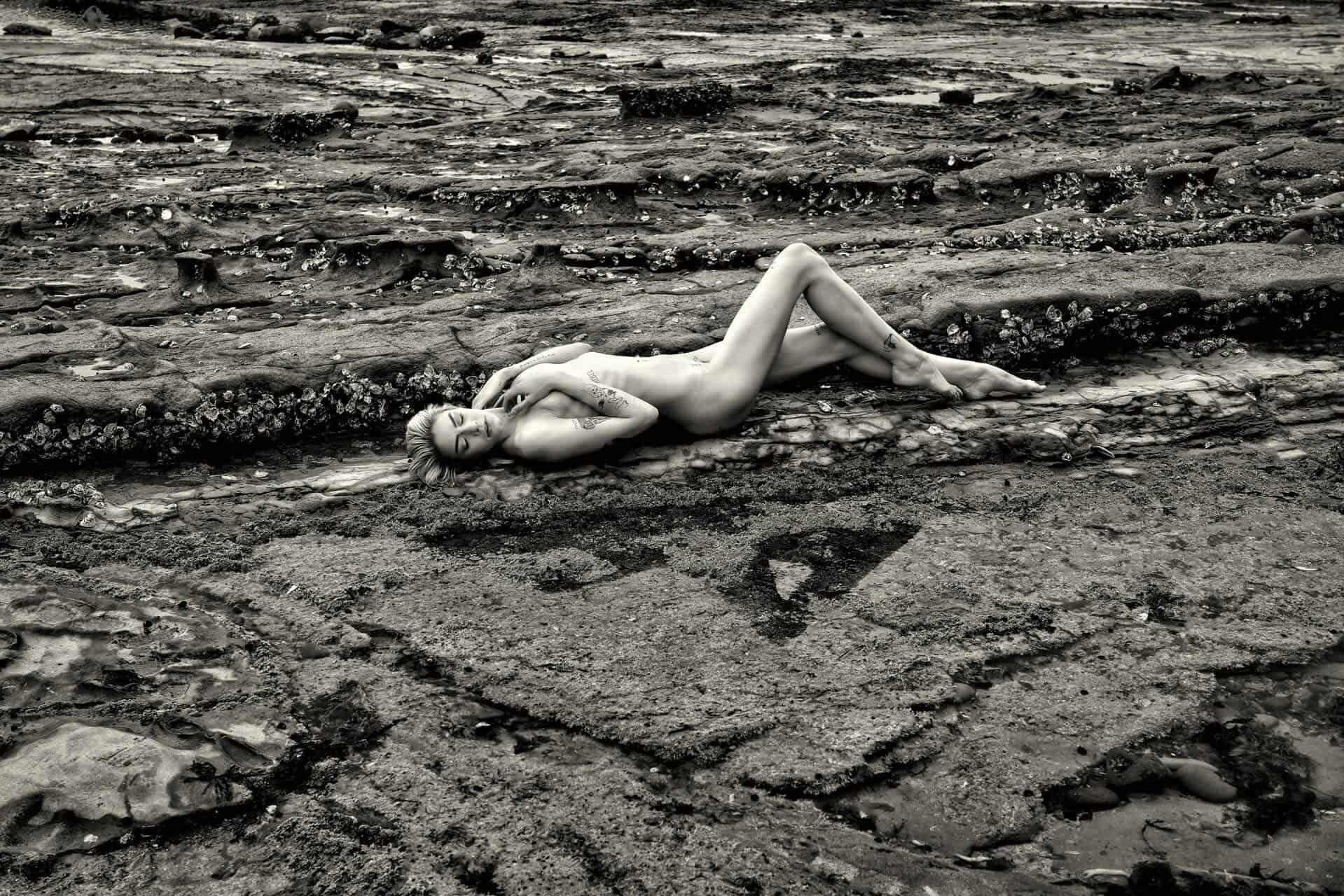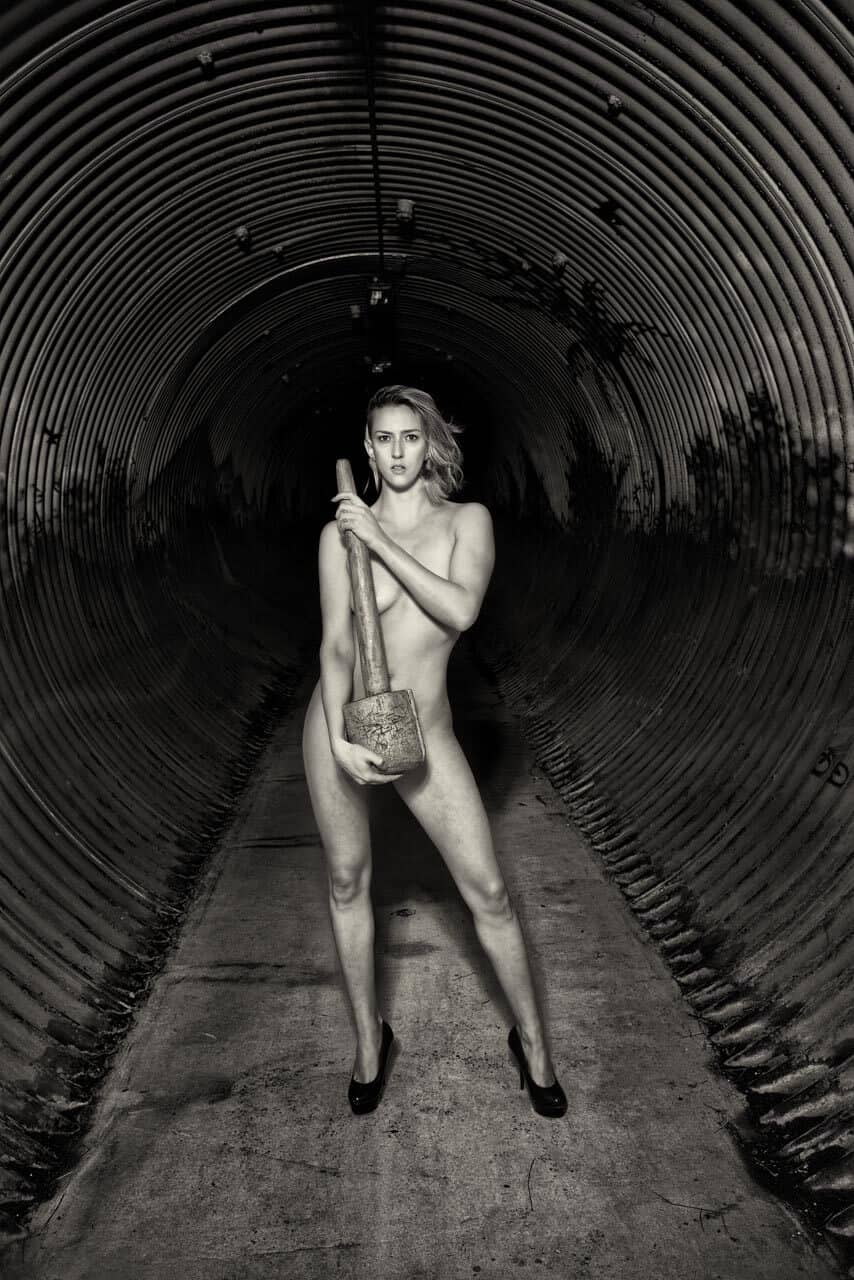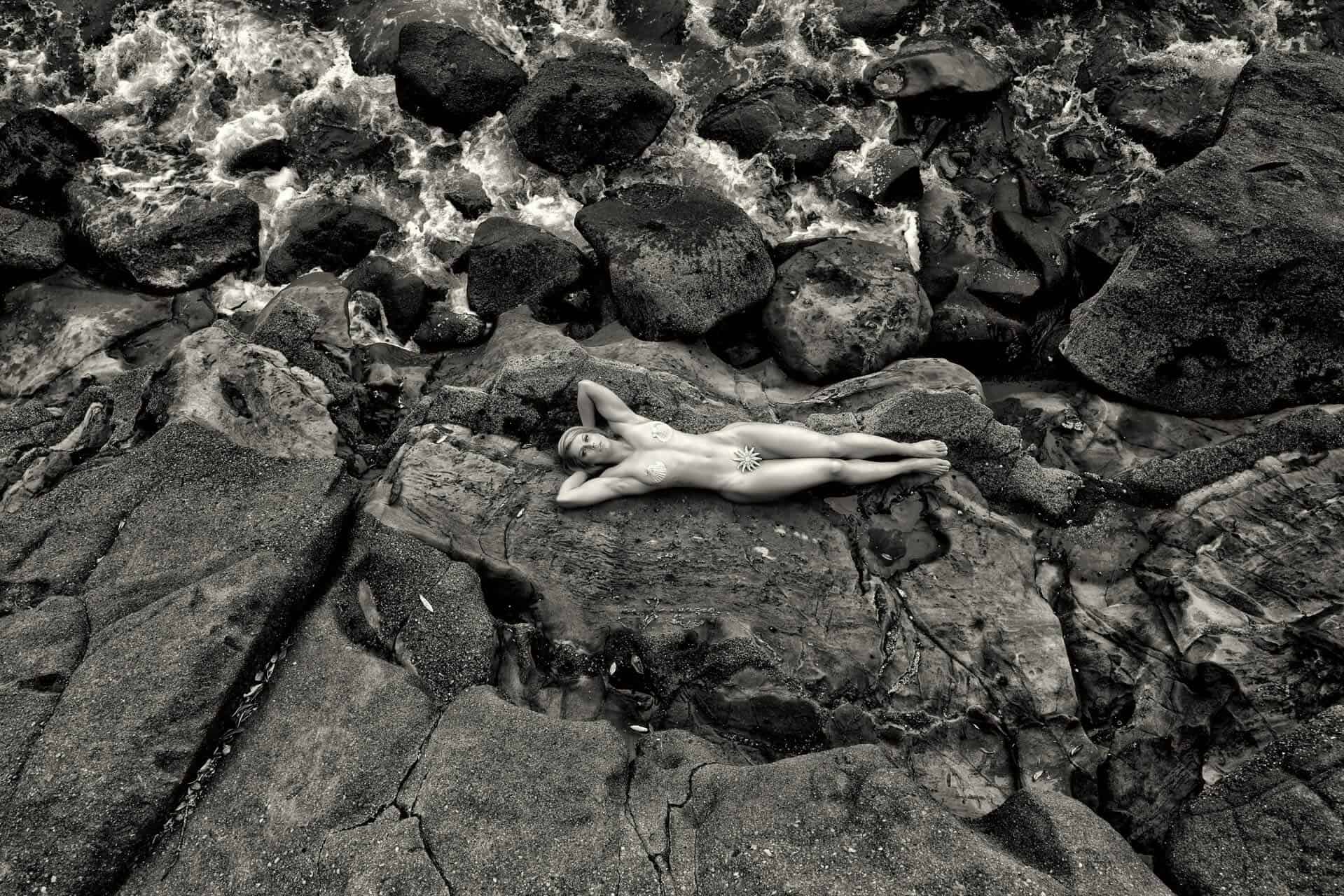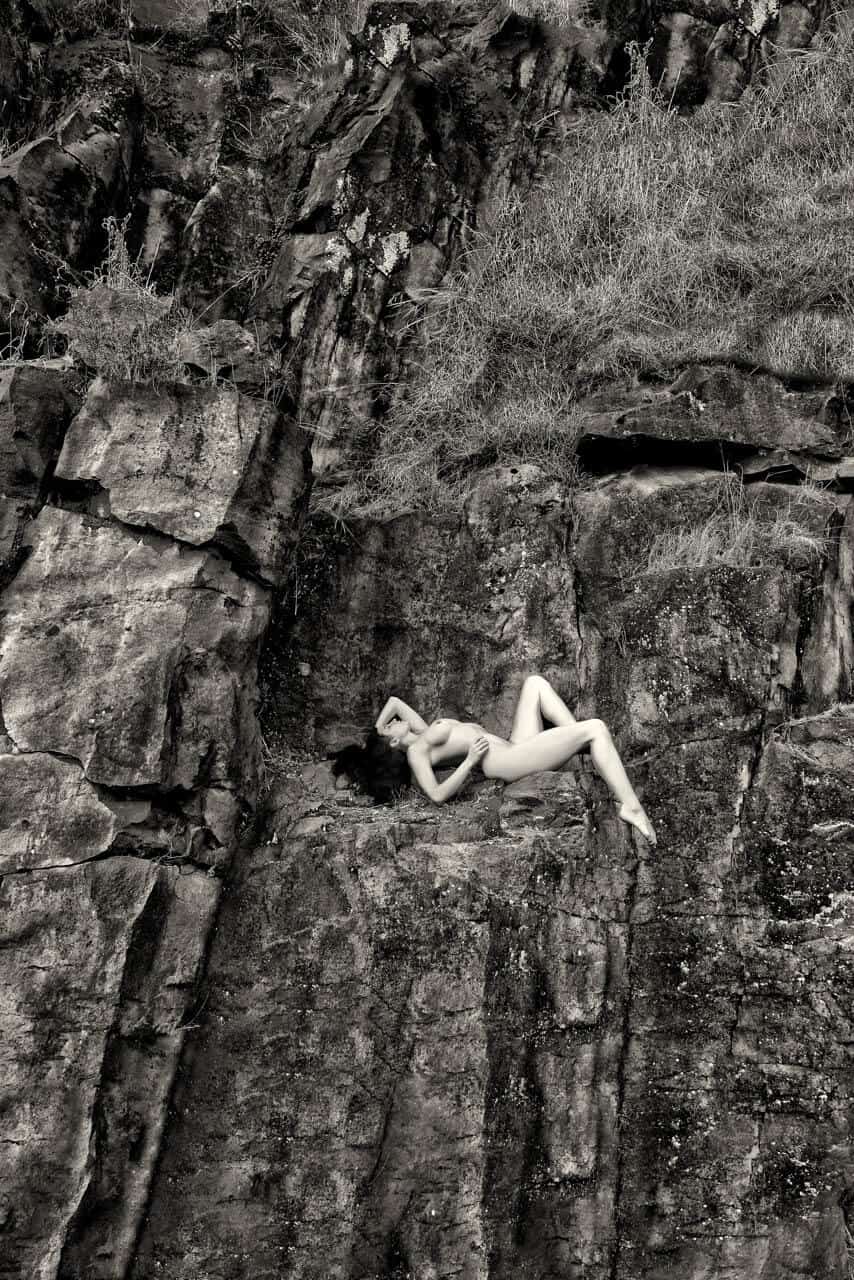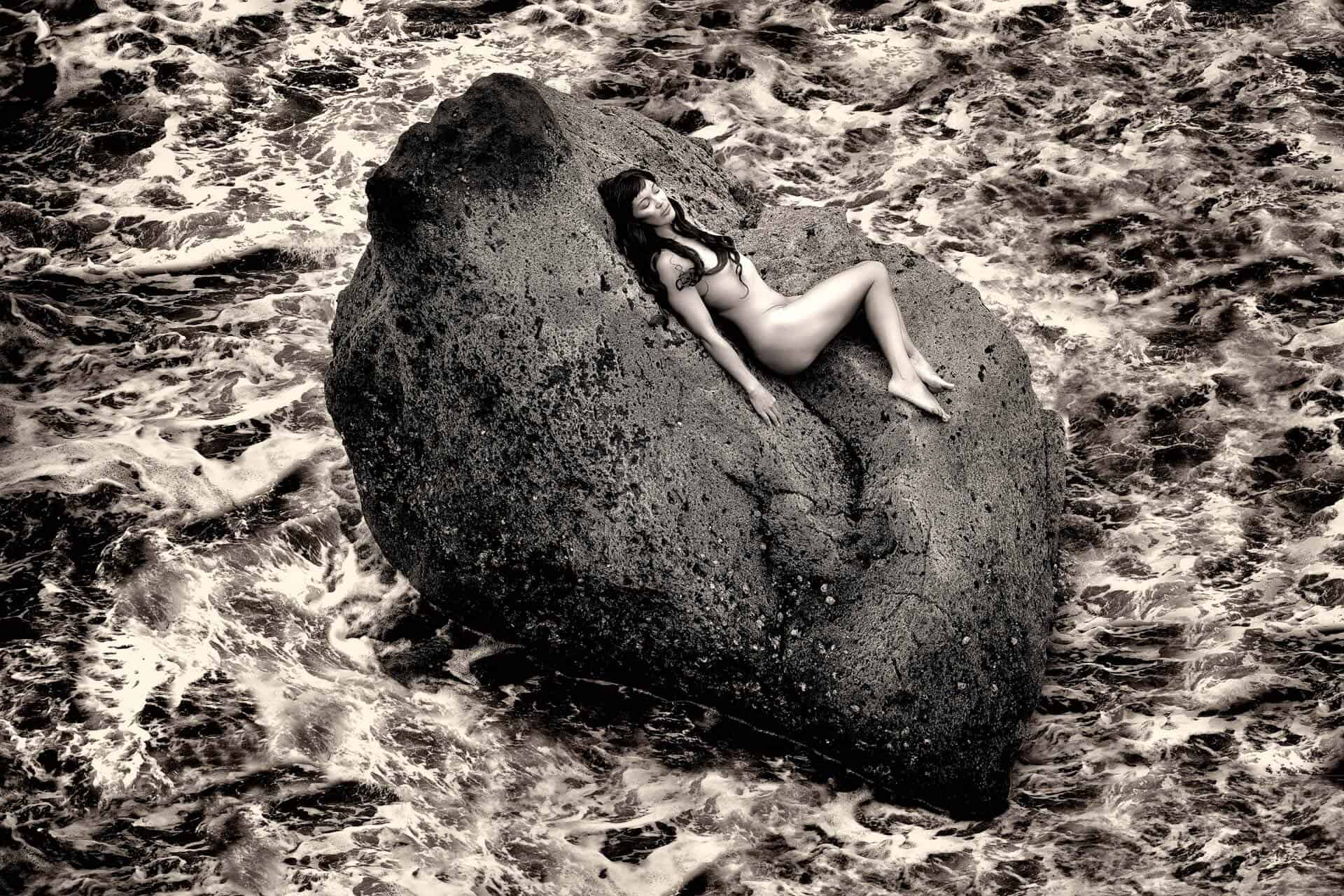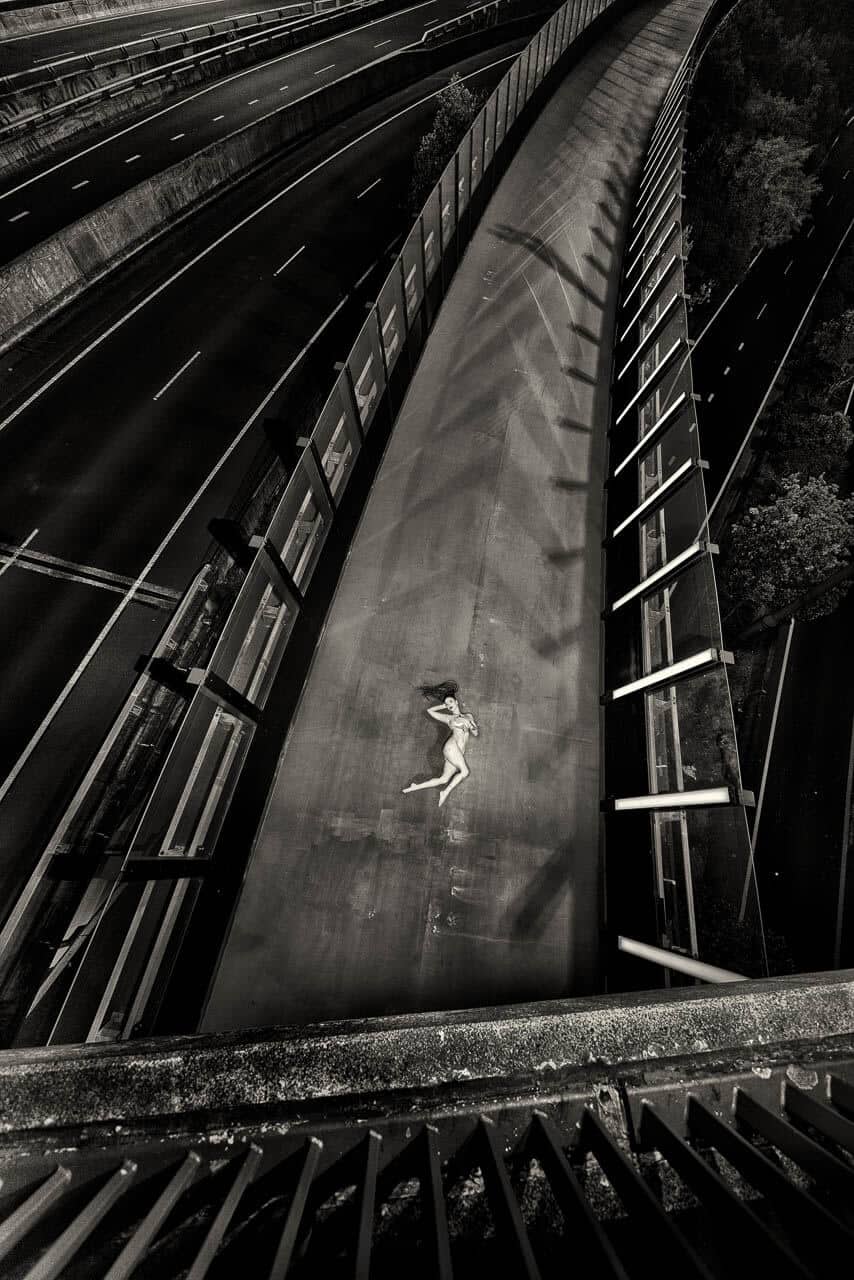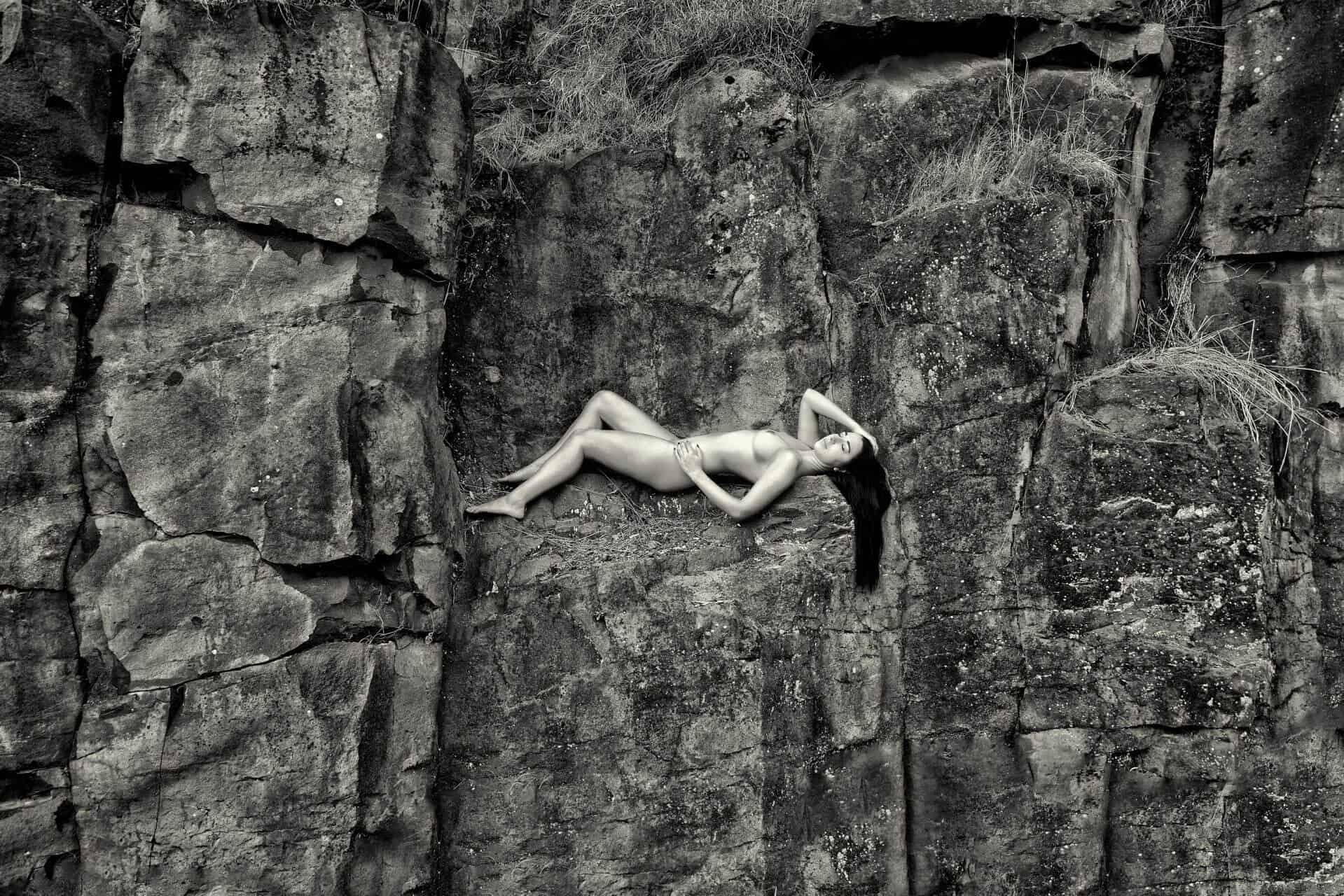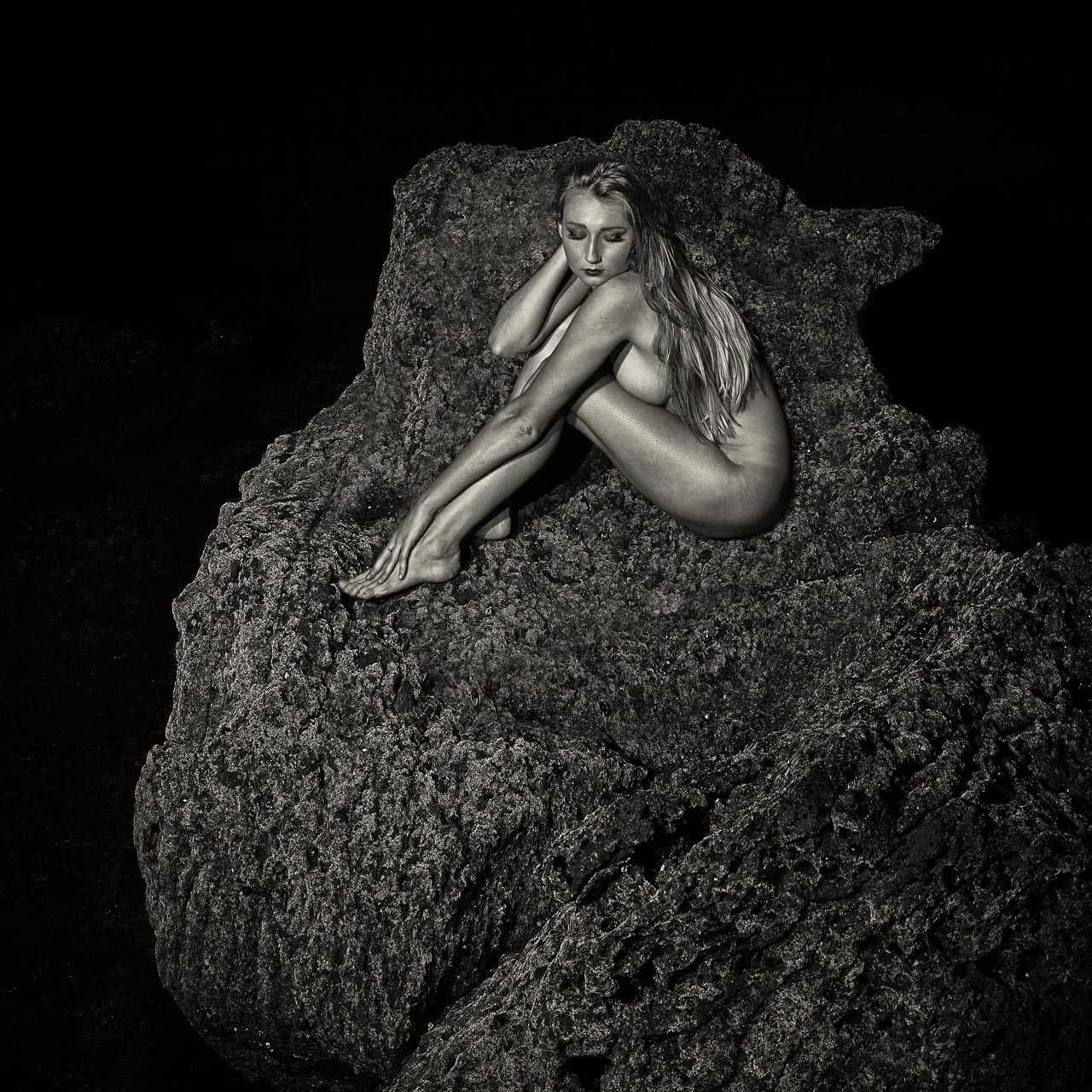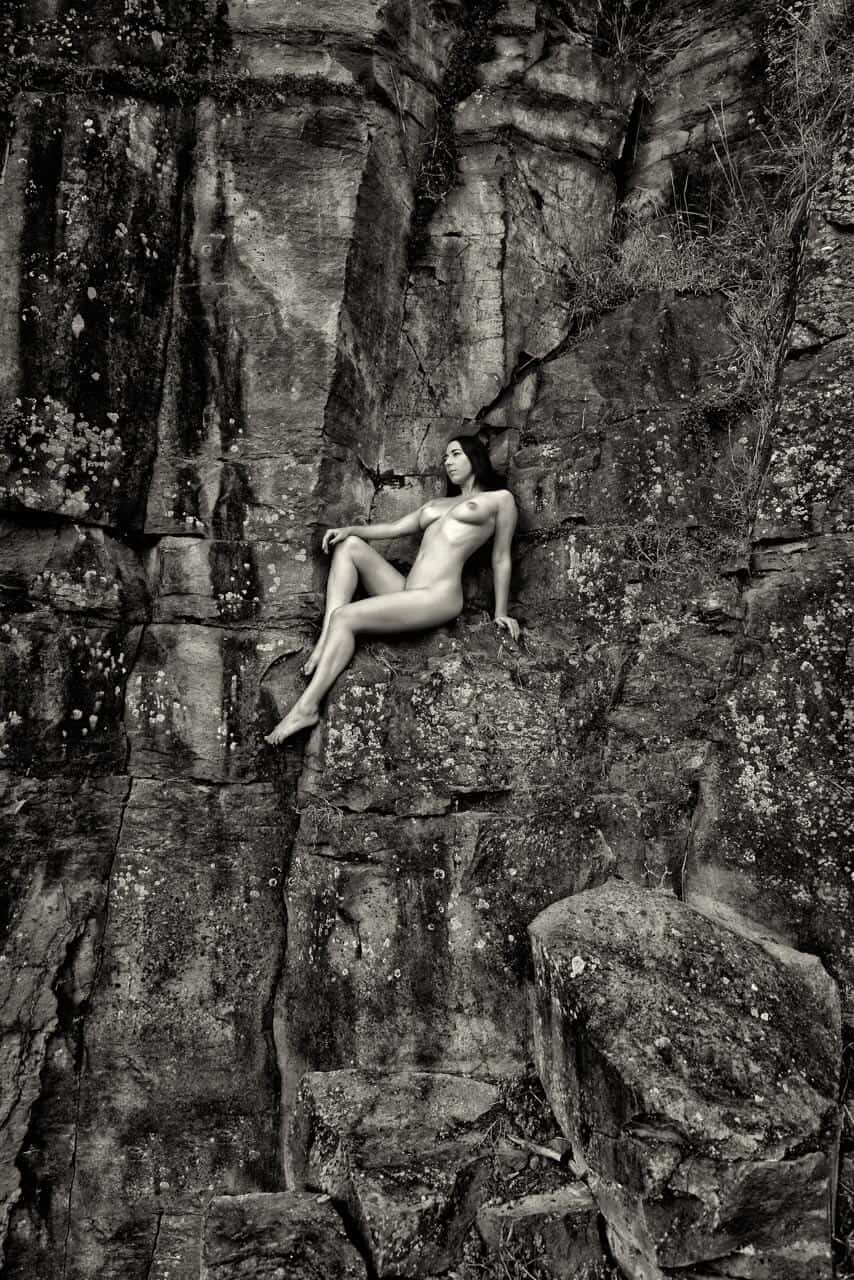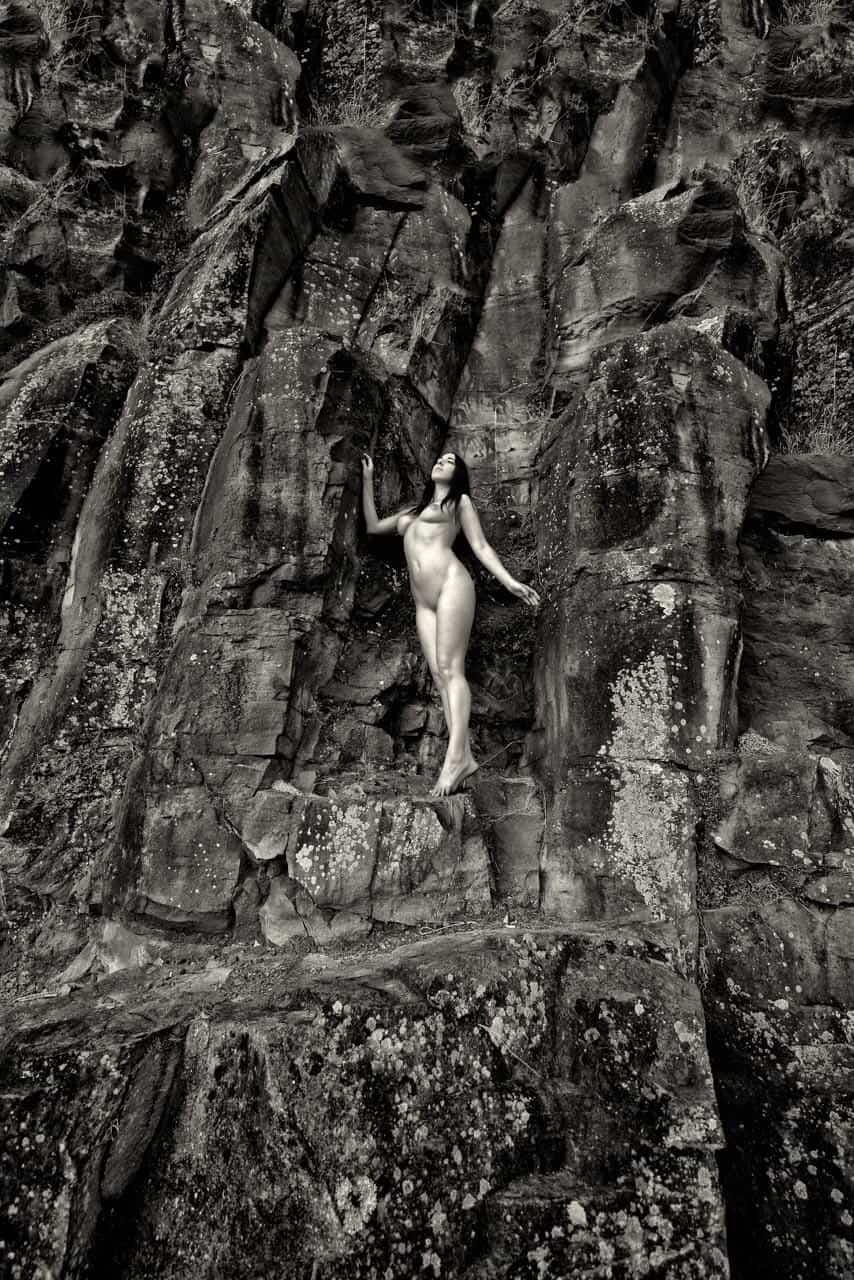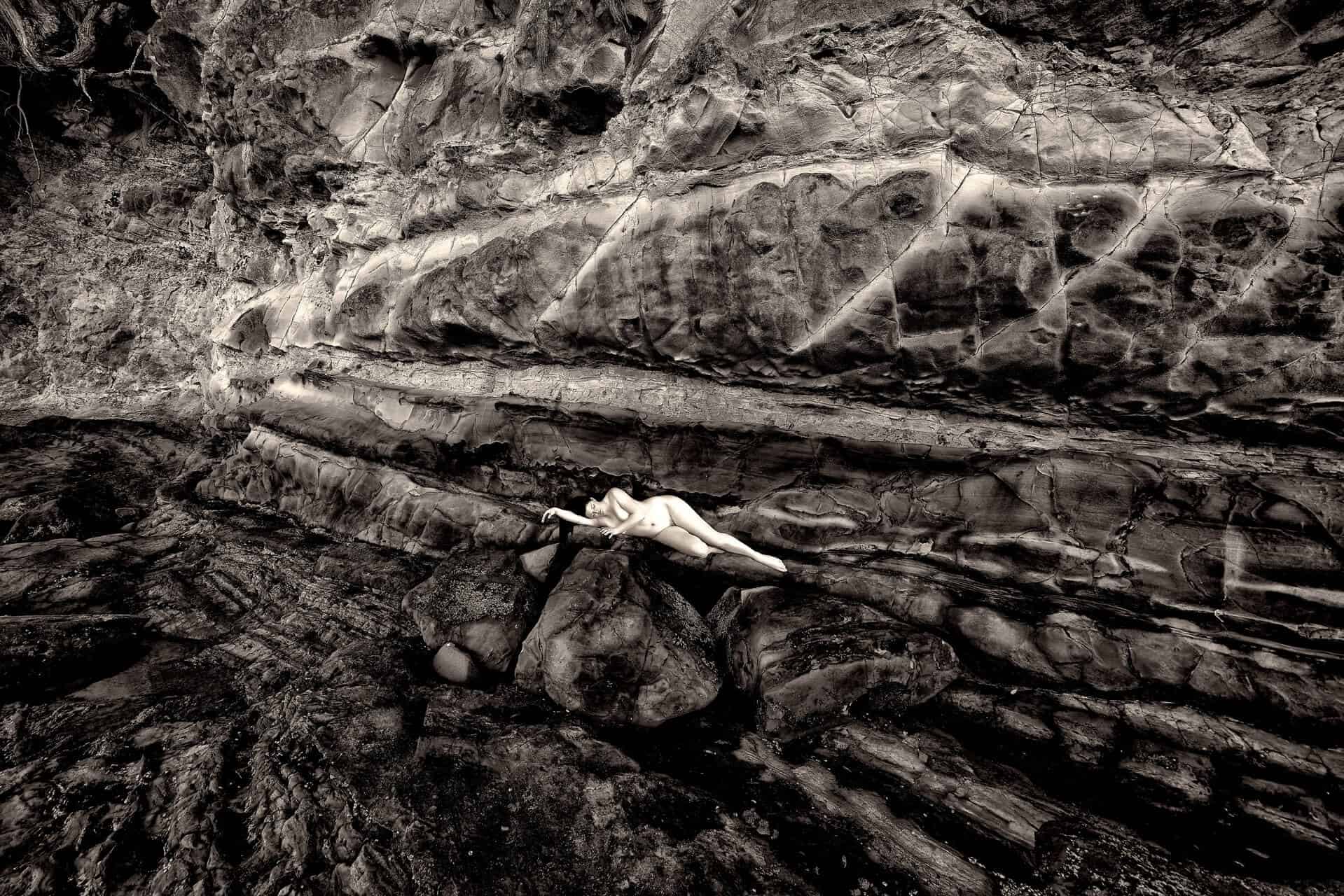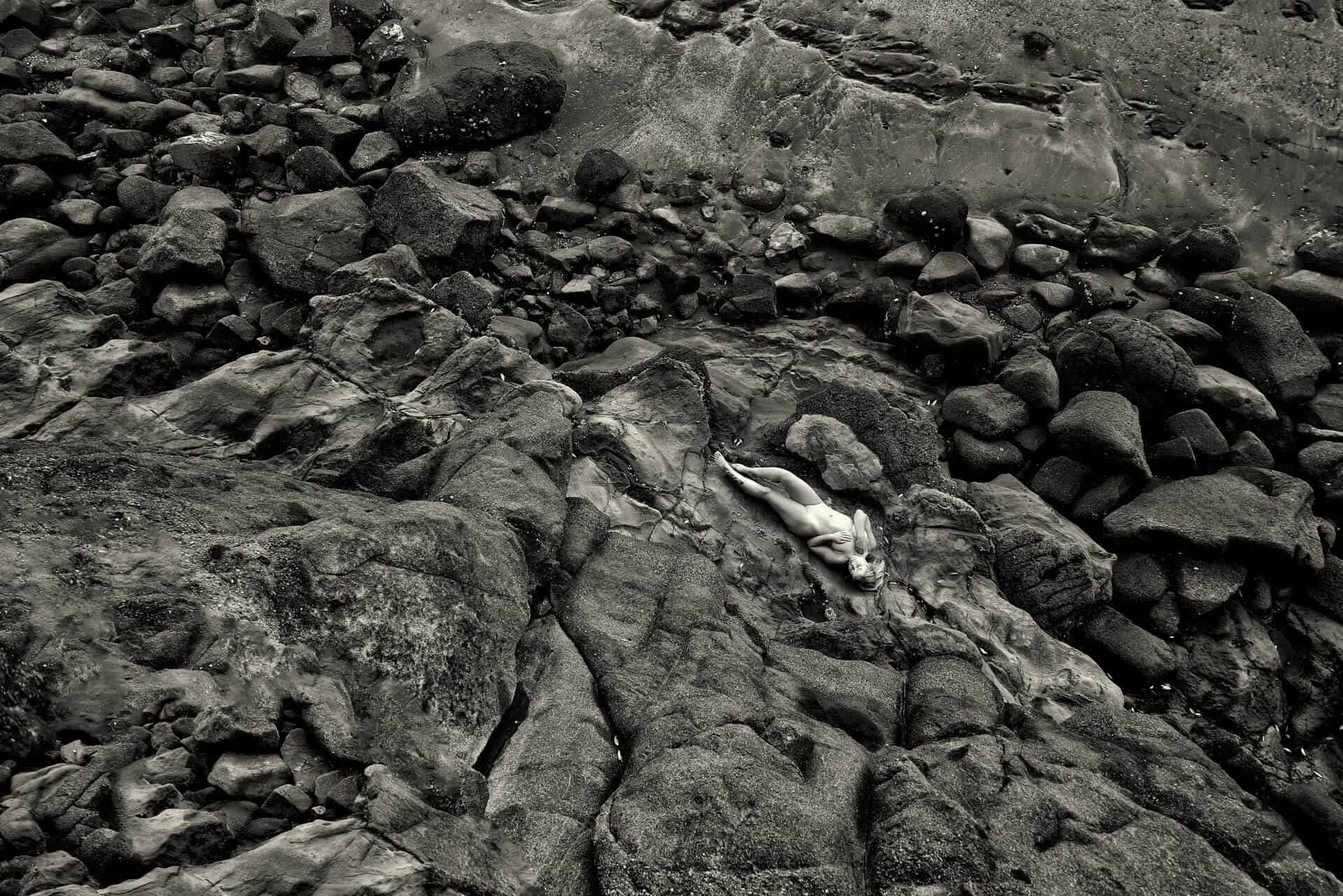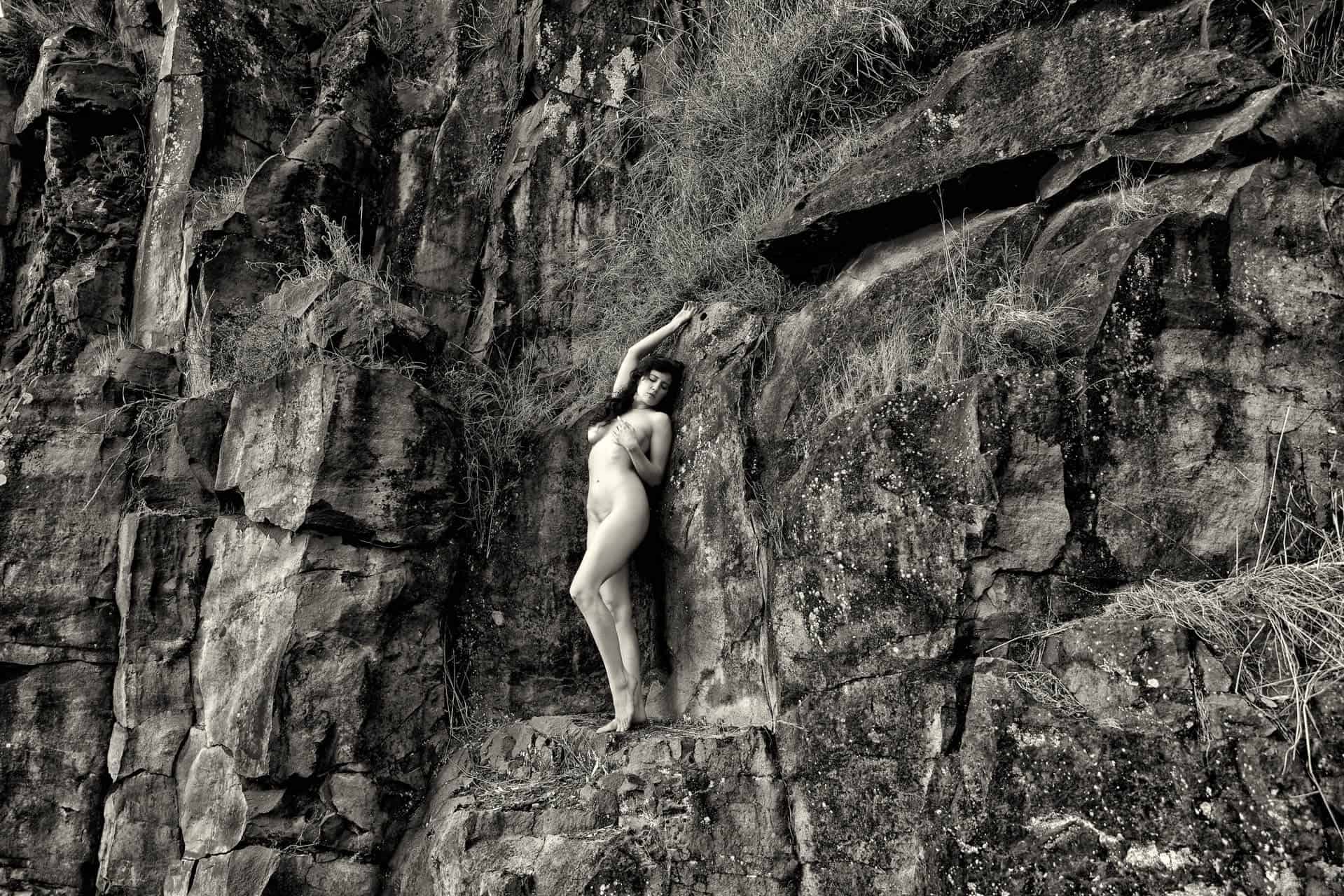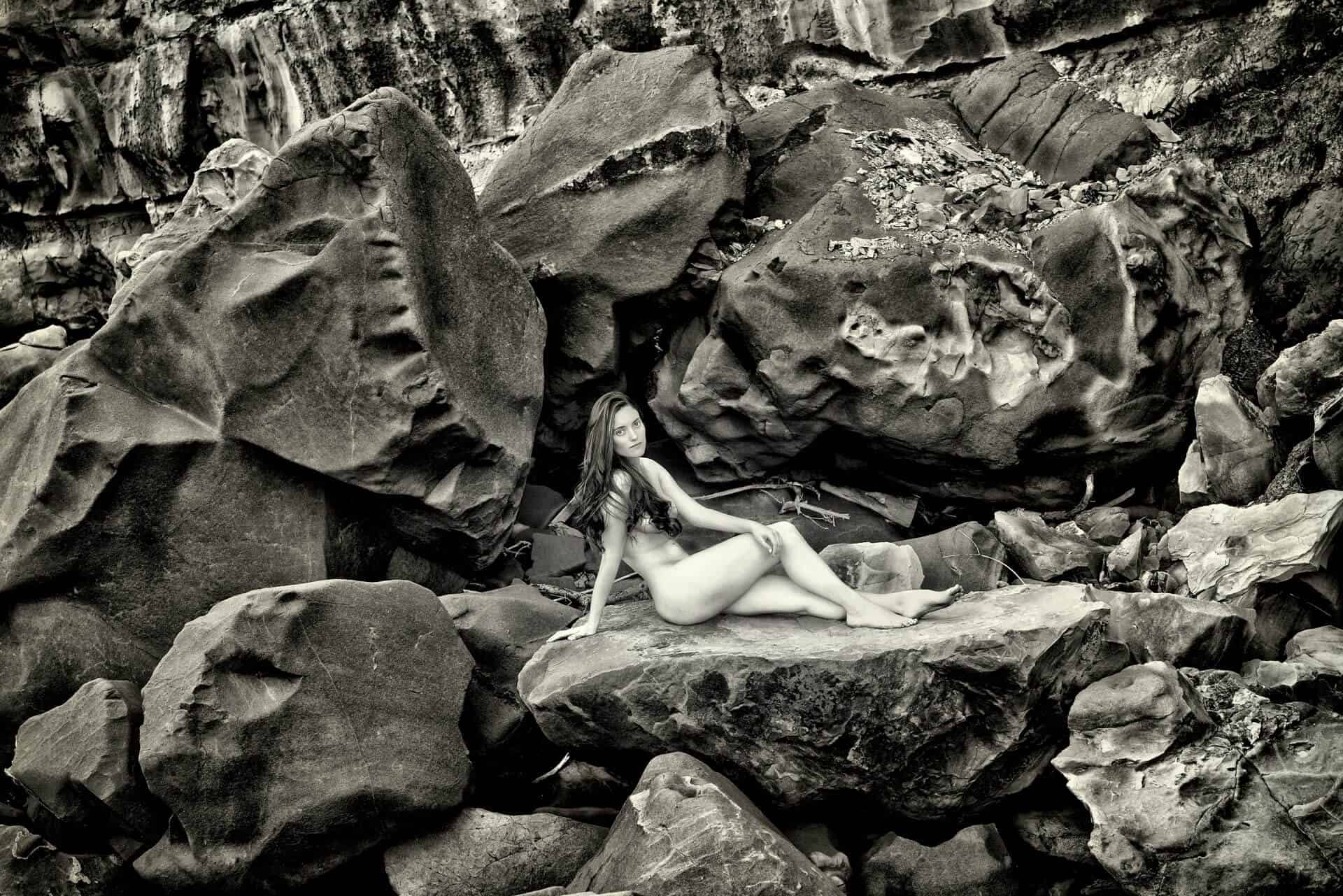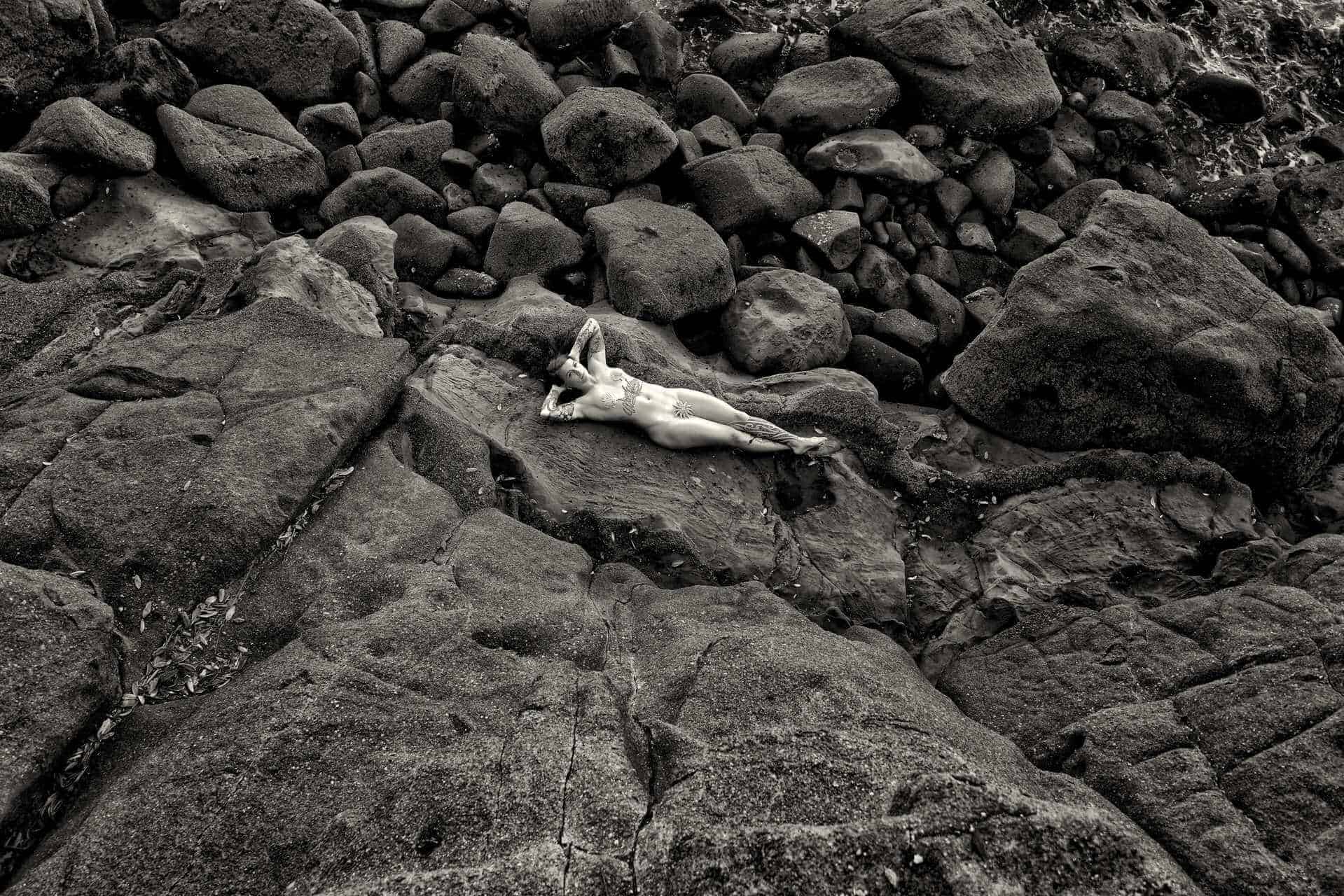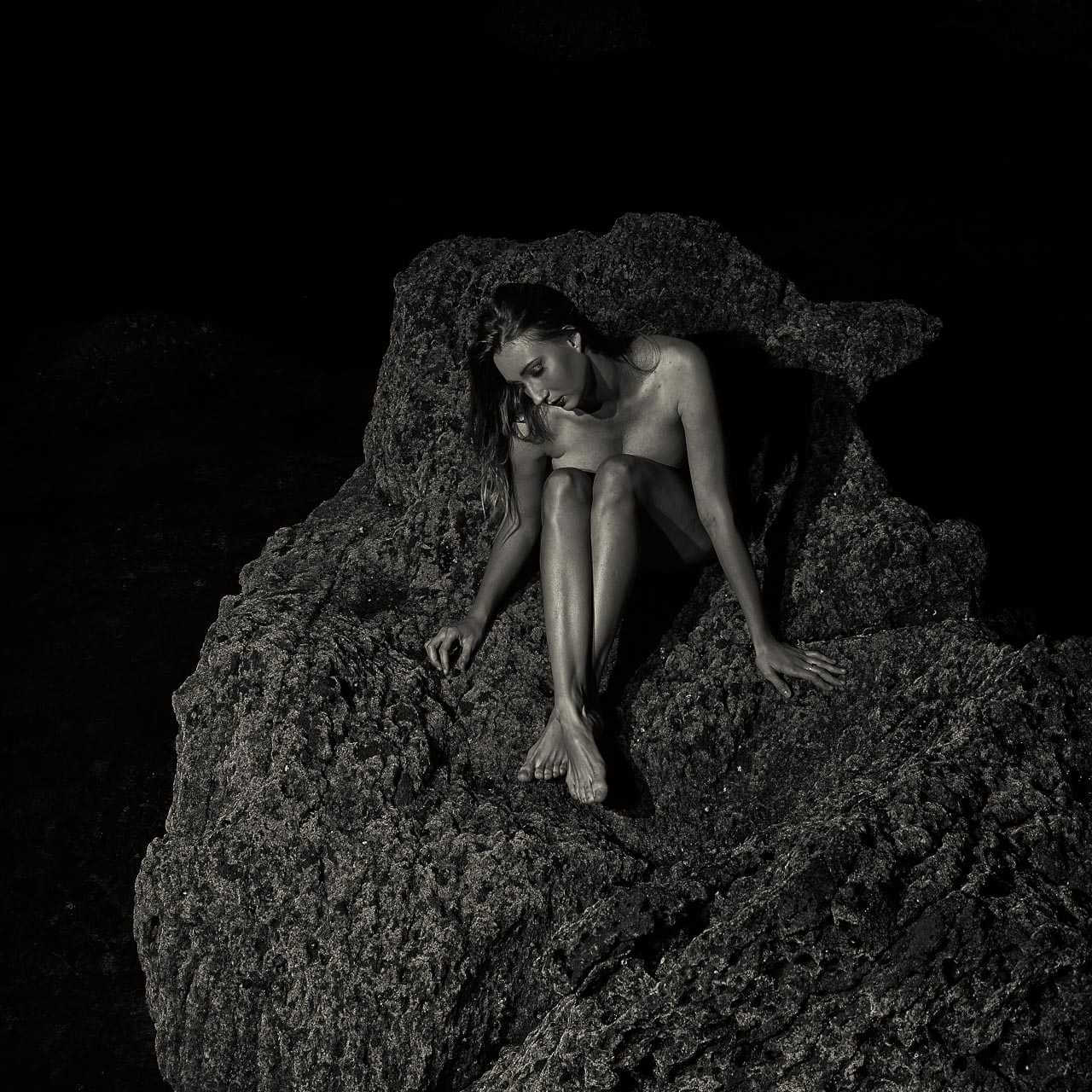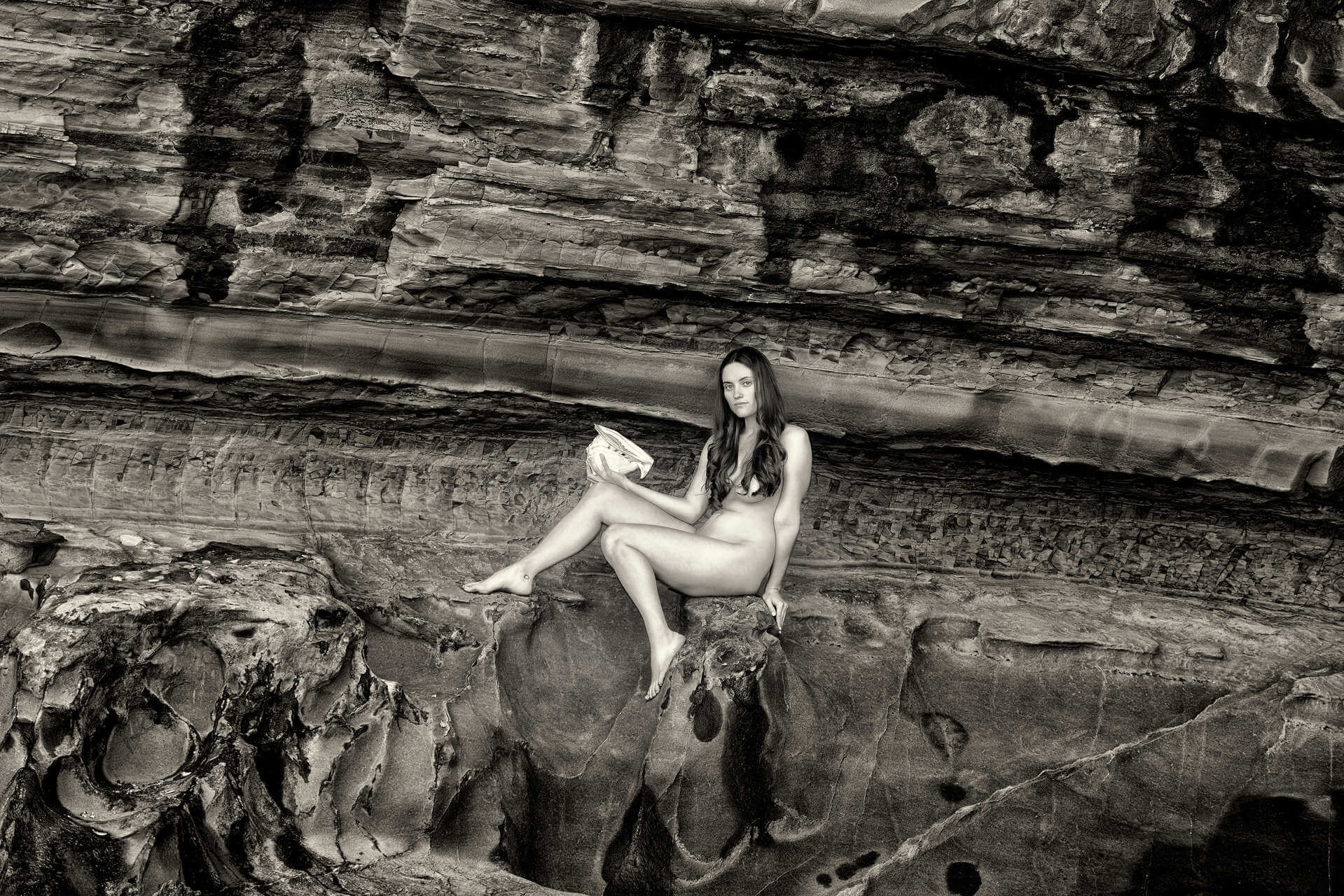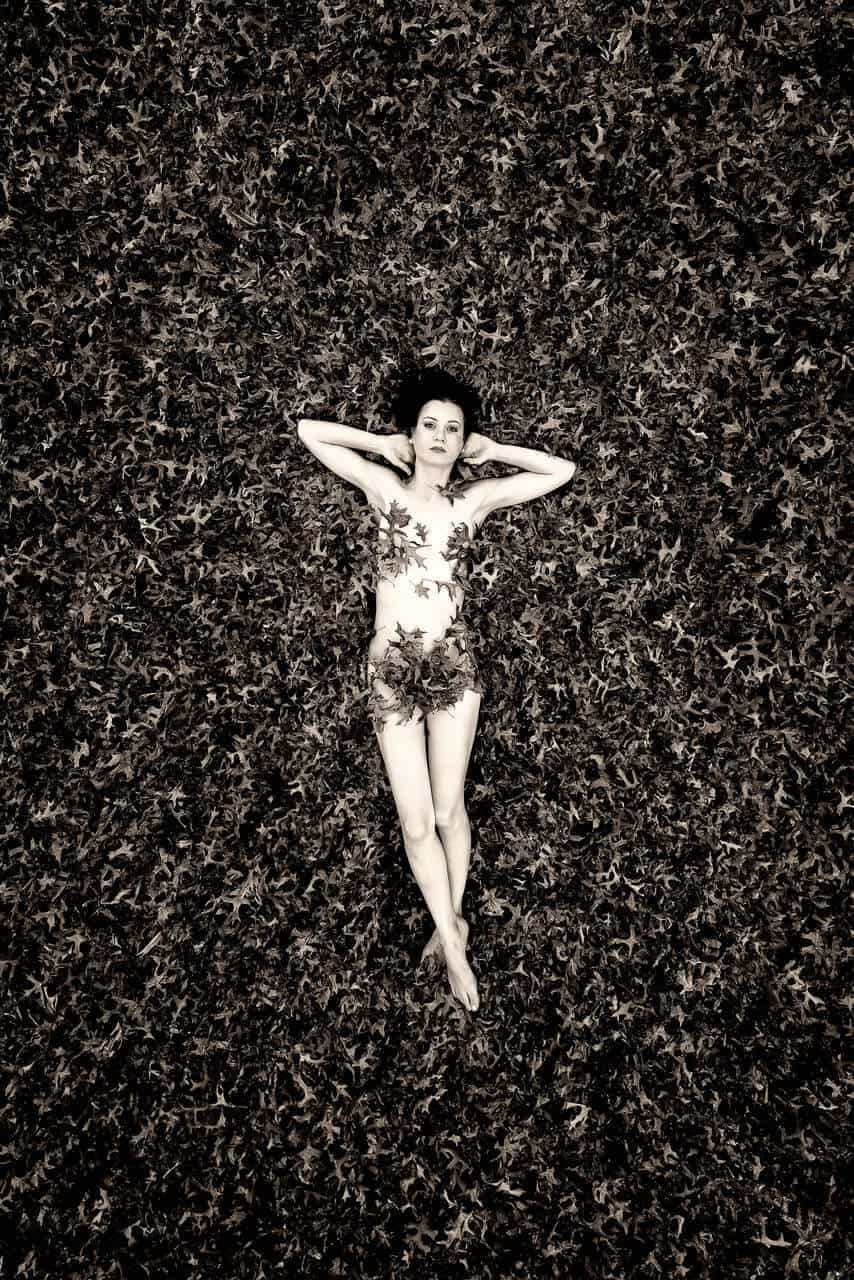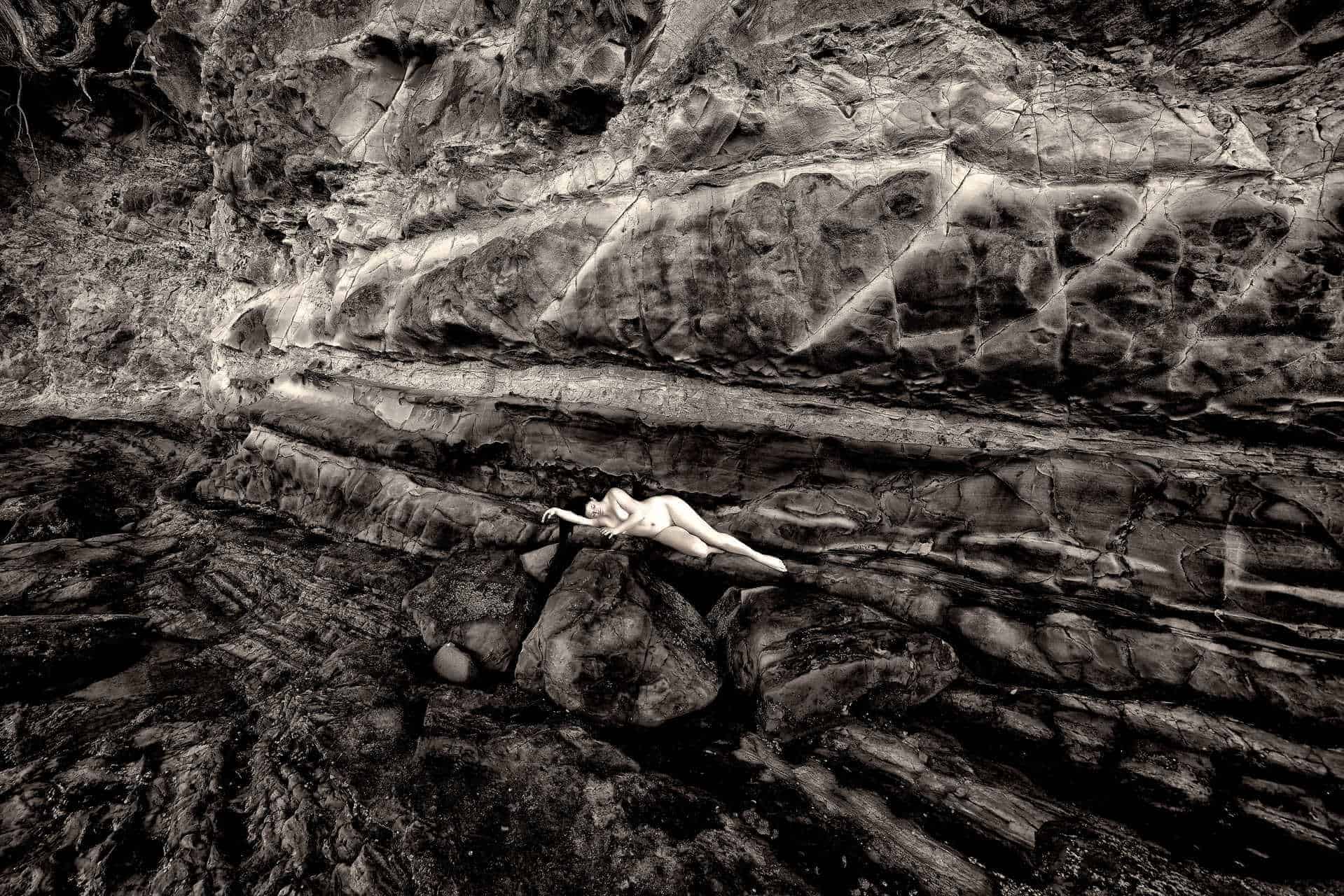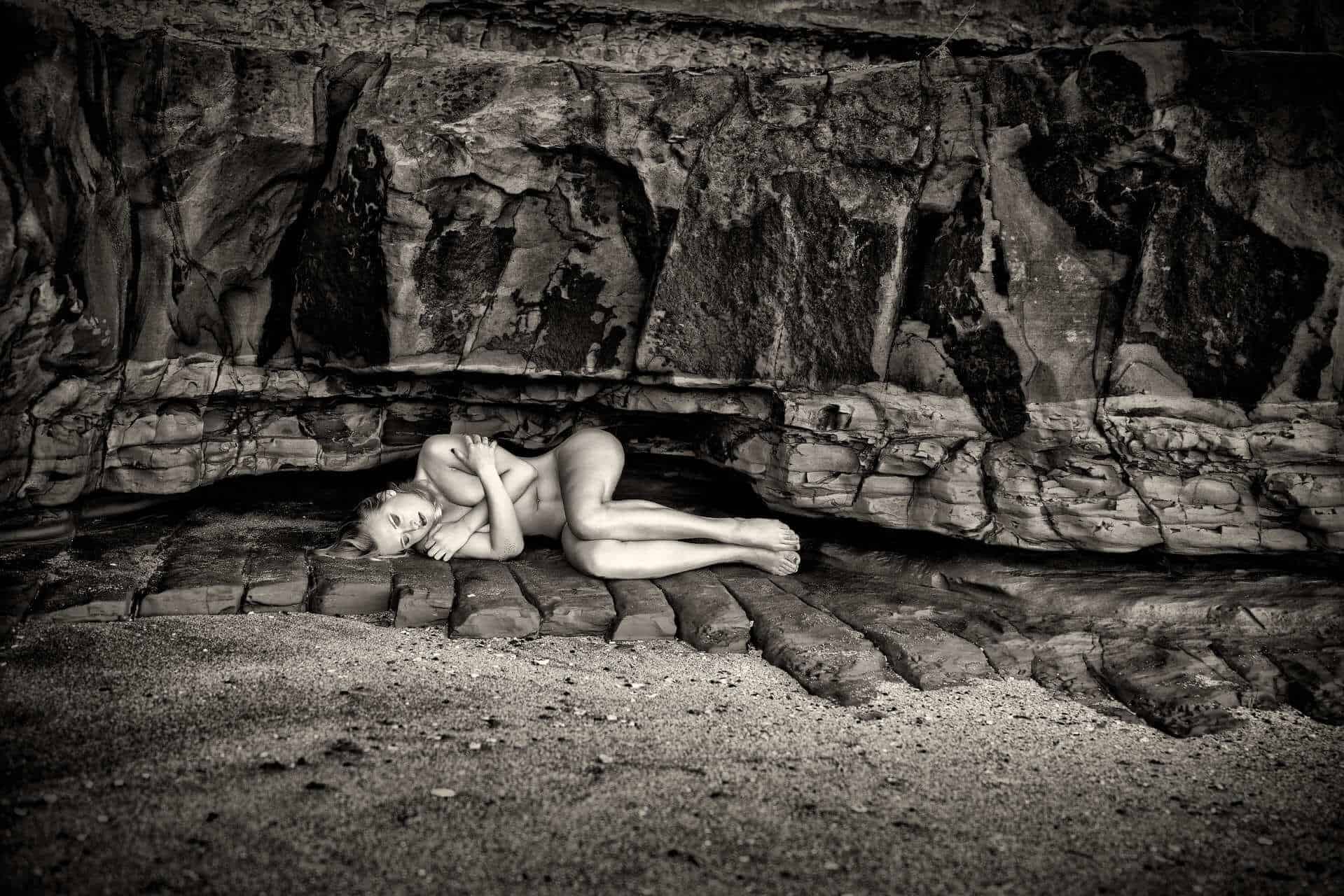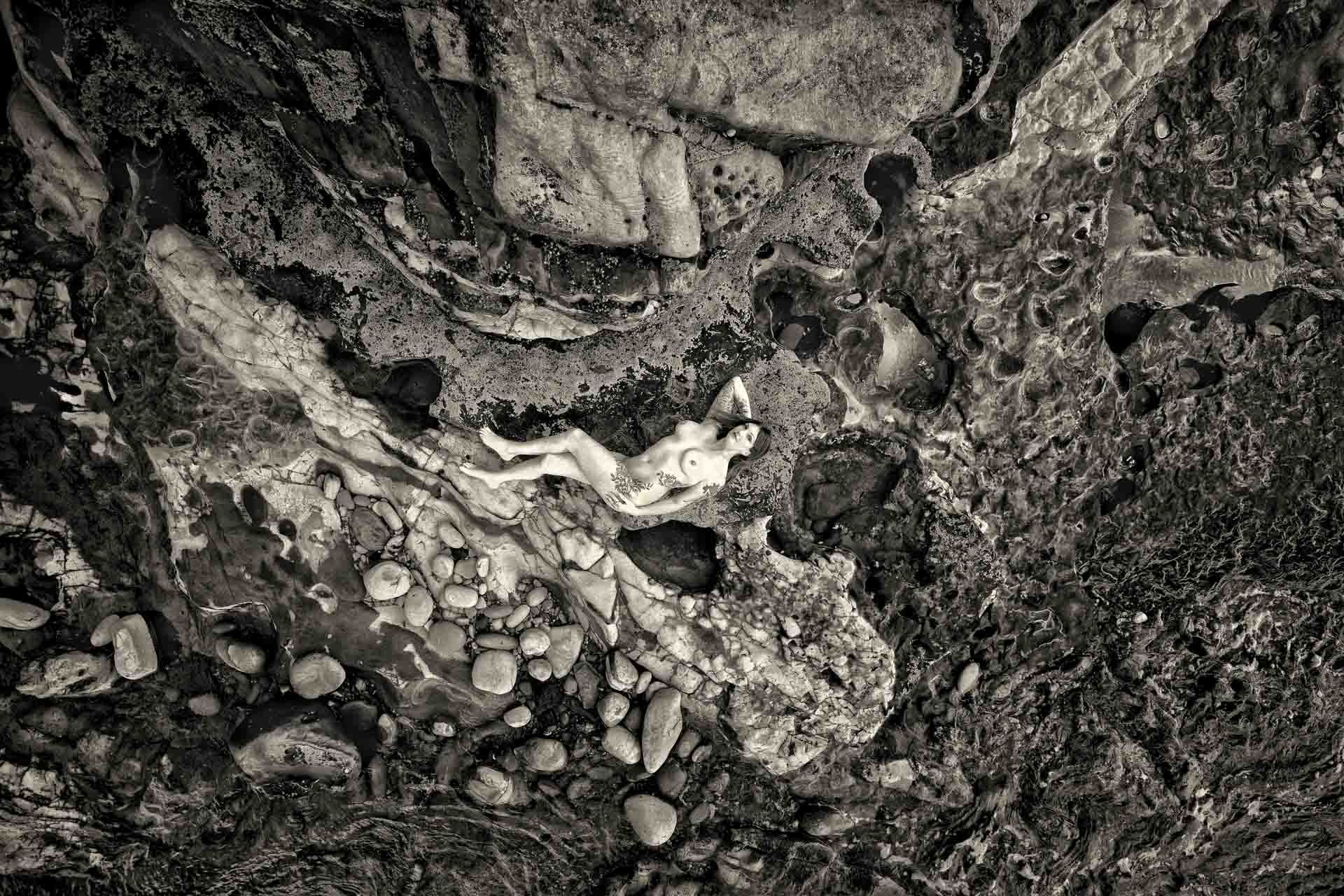The female figure has long been a subject of artistic tradition that highlights the historical significance of beauty and fertility. Throughout history, nudity has been a crucial element in various art forms, including paintings, sculptures, and more. It serves to represent the human form, express emotions and ideas, and convey cultural and social messages. However, the role of nudity in art has evolved over time, reflecting changing cultural, religious, and social attitudes towards the human body.
In ancient times, nudity often symbolized the supernatural. Images of nude female figures can be traced back to the Upper Palaeolithic era, the last period of the Stone Age. Babylonian and Ancient Egyptian art featured similar representations of fertility deities, gods, and goddesses, which paved the way for Western antiquity. Greek and Roman artists commonly depicted gods and goddesses in the nude, symbolizing their power and divine nature. Hindu temple sculptures and cave paintings in India and Japan also embraced nudity, reflecting a culture where partial or complete nakedness was seen as commonplace. Conversely, Early Christian art viewed the naked human figure as a symbol of corruption and sin.
During the Renaissance, artists began incorporating the nude figure more frequently, using it to express the beauty and complexity of the human form and emotions. Nudes were often used to convey various basic and complex feelings, while athletes, dancers, and warriors represented human energy and life. Renowned artists like Michelangelo and Leonardo da Vinci produced famous works featuring the nude figure. In the 19th and early 20th centuries, nudity became a more controversial subject in art. Artists such as Édouard Manet and Gustave Courbet challenged traditional attitudes towards the human body by introducing more realistic and honest depictions of nudity. This trend continued into the 20th century, with artists like Pablo Picasso and Salvador Dali incorporating nudity into their works to express surreal and abstract ideas.
Today, nudity in art remains a topic of debate and controversy. Some view it as a powerful expression of human beauty and emotion, while others find it inappropriate or offensive. Nevertheless, nudity remains an essential element of art, continually pushing the boundaries of societal acceptance. Nude photography, in particular, has played a significant role in establishing photography as a fine art medium. It captures the beauty and aesthetic qualities of the human body while exploring themes such as sexuality, gender, and identity. Fine art nude photography challenges societal norms and stereotypes while celebrating the human form. However, it can also be subject to censorship and criticism.
Erotic interest, though sometimes present, is not the primary focus in art photography, distinguishing it from glamour and pornographic photography. However, the distinction between erotic and artistic photography is not always clear, as photographers subjectively characterize their own work, while viewers may have different impressions. Nude photography, especially due to its inherent realism, faces more controversy and scrutiny than other artistic mediums. The medium raises issues of representation, identity, sexuality, and voyeurism, with some photographs purposefully blurring the boundaries between erotica and art. In the 21st century, it is challenging to make an artistic statement in nude photography due to the abundance of pornographic imagery, which has tainted the perception of most viewers and limited opportunities for exhibiting or publishing artistic nude images.
In my series of photographs, I explore the female nude figure in various outdoor locations. My goal is to create aesthetically pleasing images that evoke an emotional response. Through the use of lighting, composition, and posing techniques, I strive to establish a particular mood. I ensure that I respect the boundaries and sensitivities of my subjects and viewers by obtaining informed consent before creating these images. In presenting this series, I invite contemplation and appreciation of the juxtaposition between humanity and nature, as well as other contrasts like soft flesh against a harsh environment and life versus stillness. The use of monochrome emphasizes the shape and form of the nude body, eliminating distractions and focusing on the beautiful body language. These photographs depict powerful, vulnerable, and independent women portrayed through fresh, inspiring, and original artwork.
Fearless



